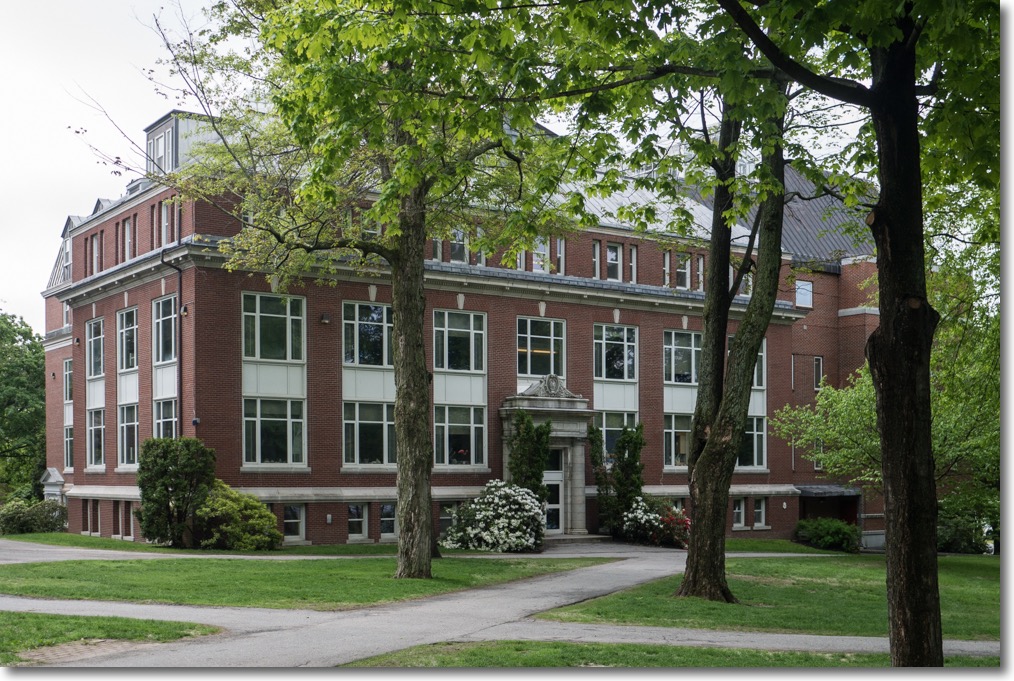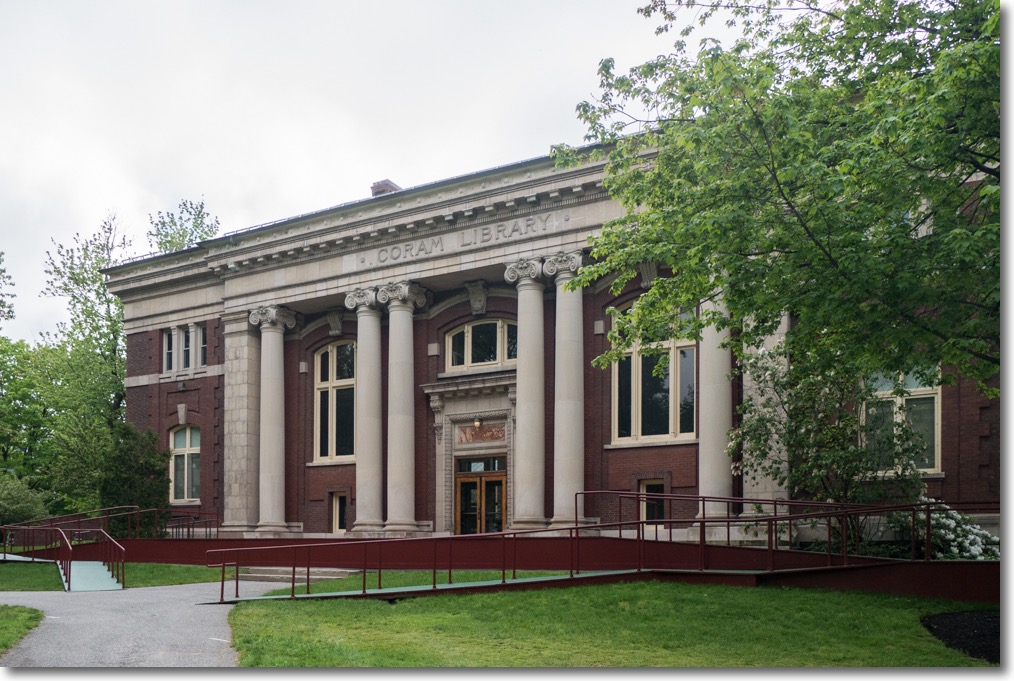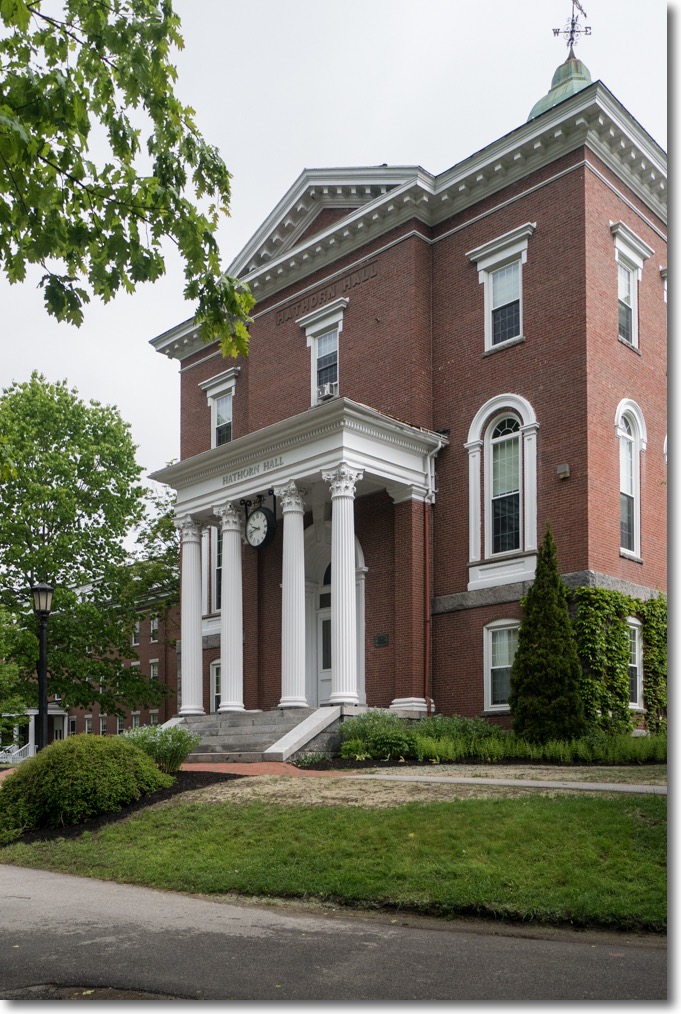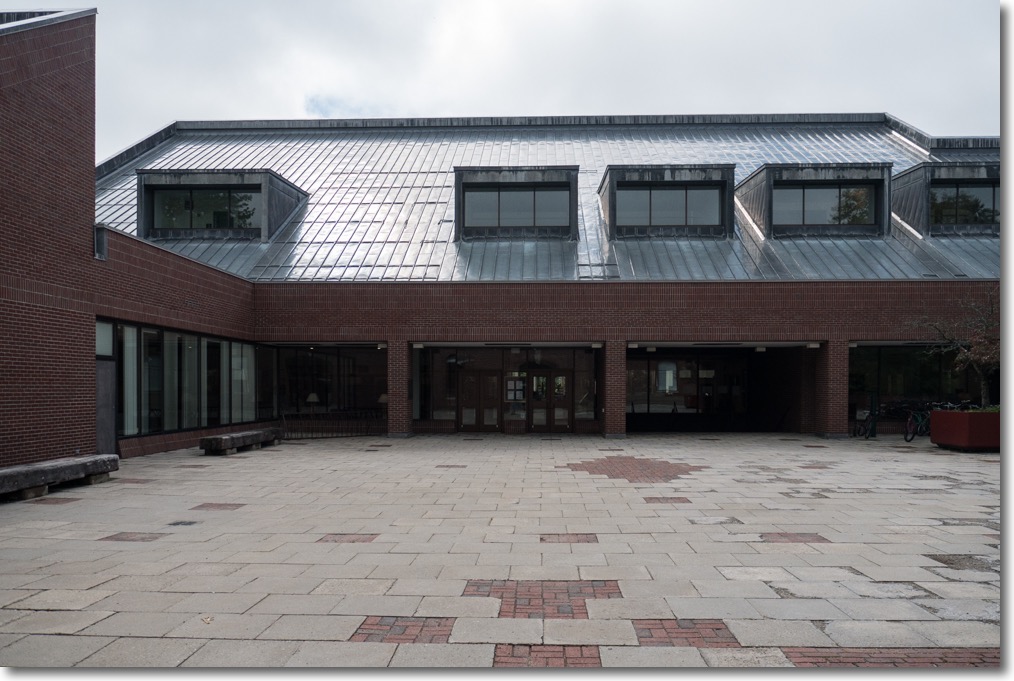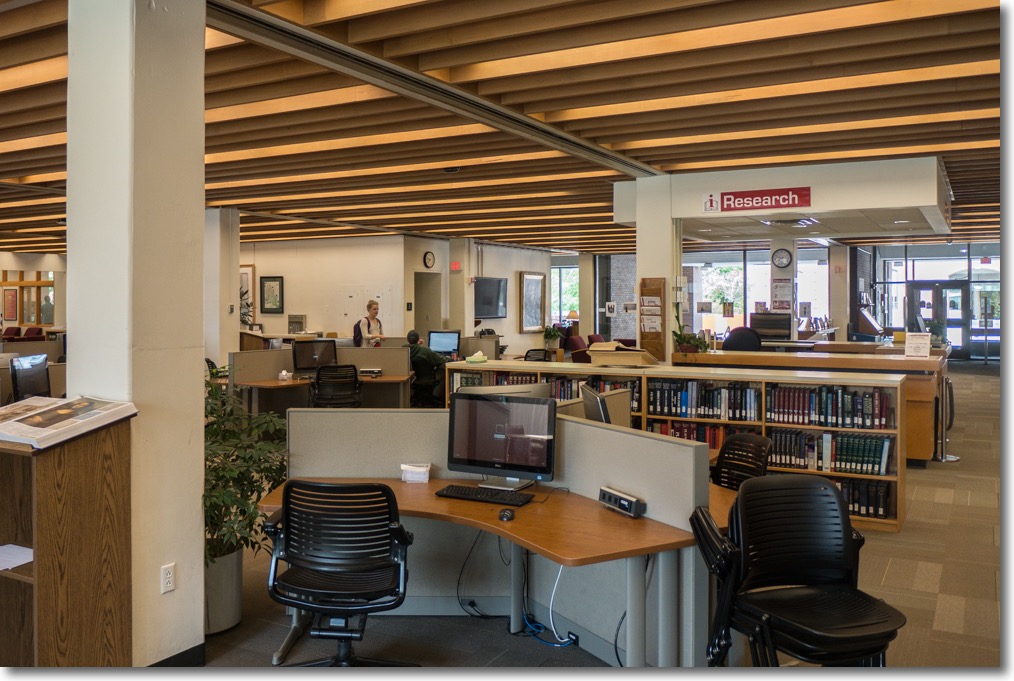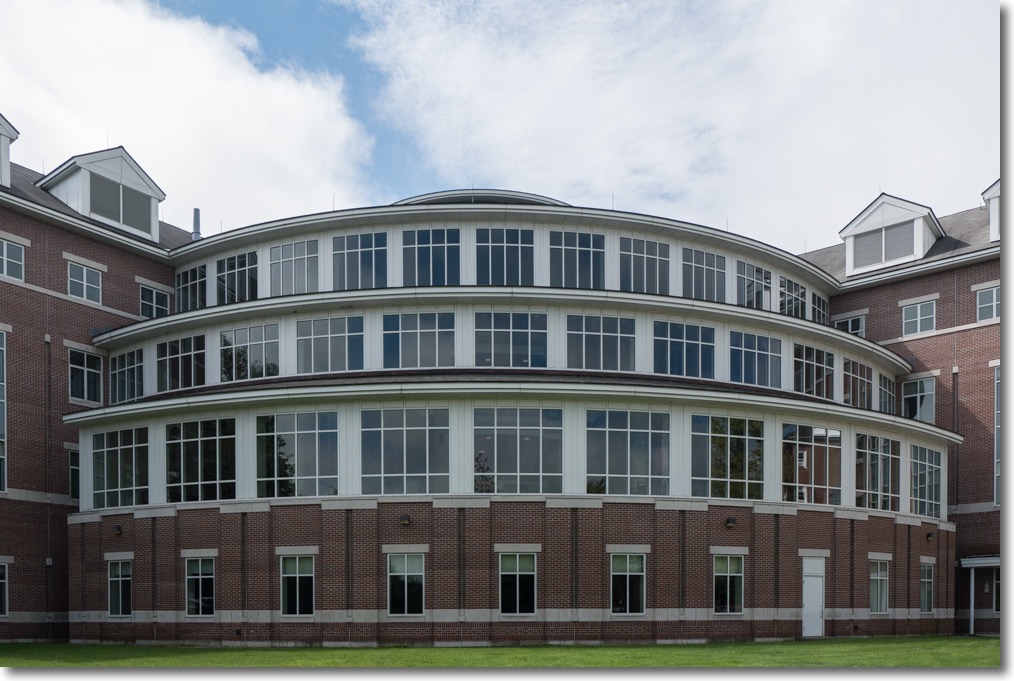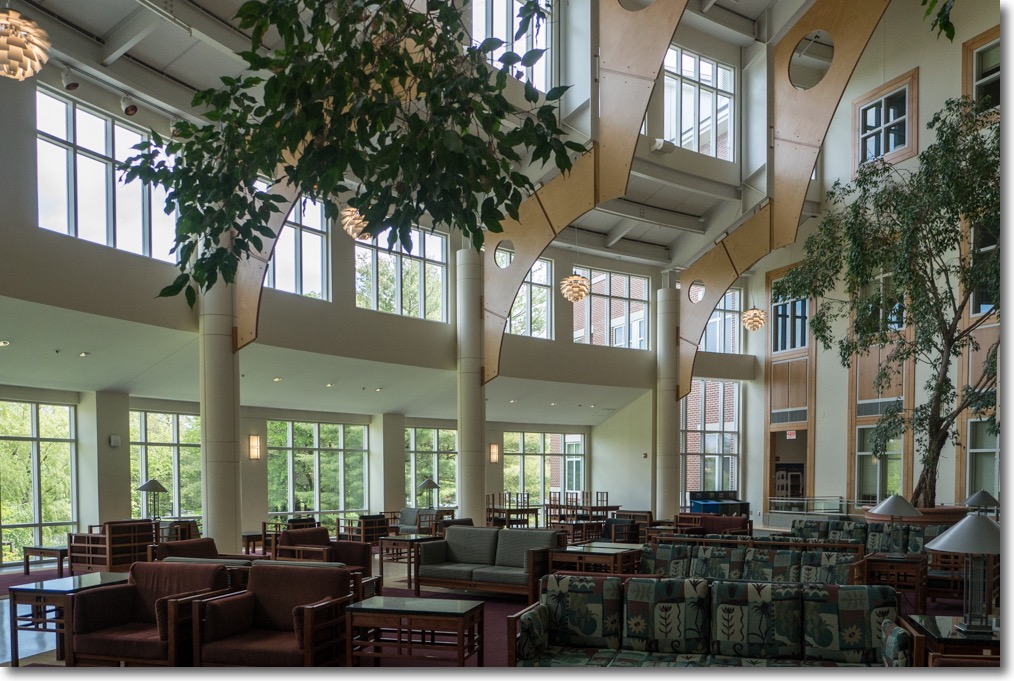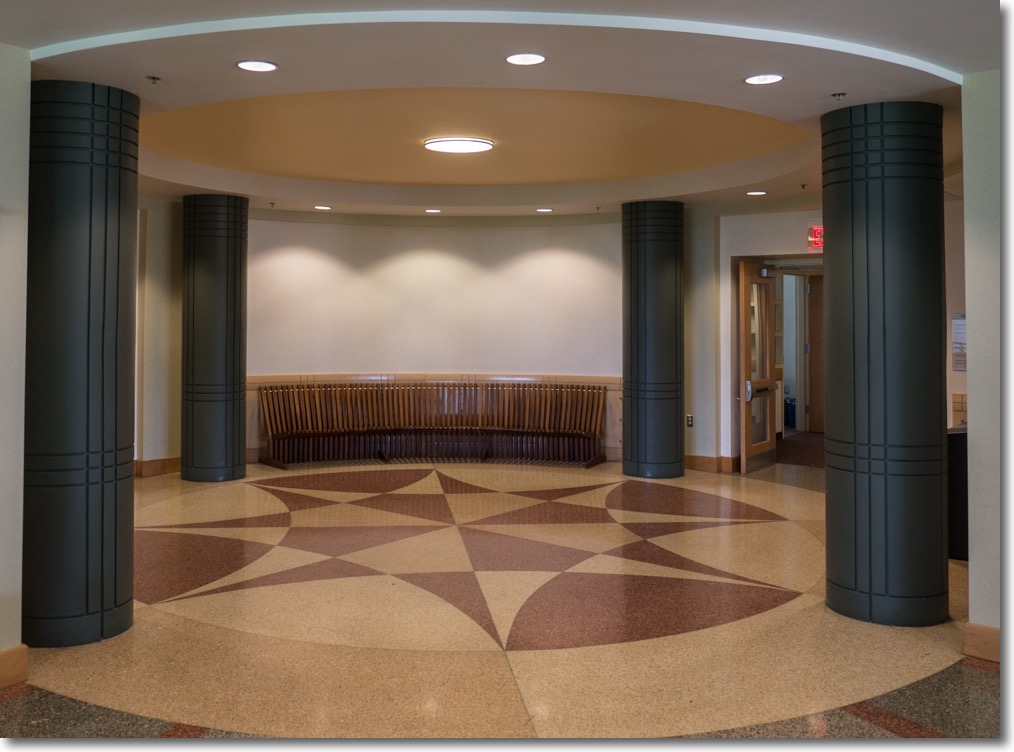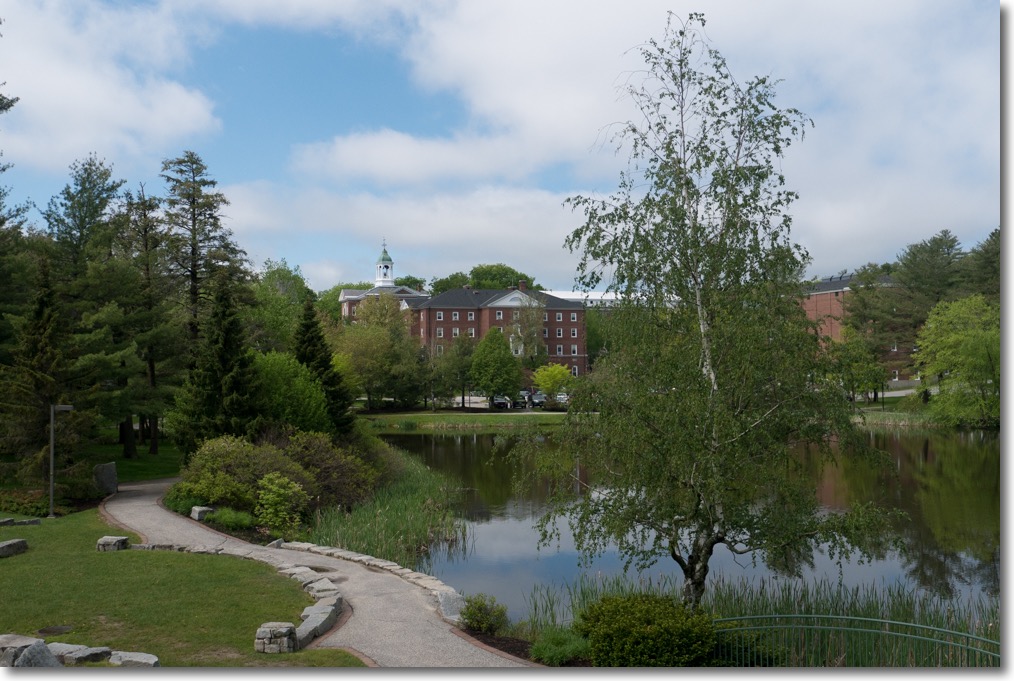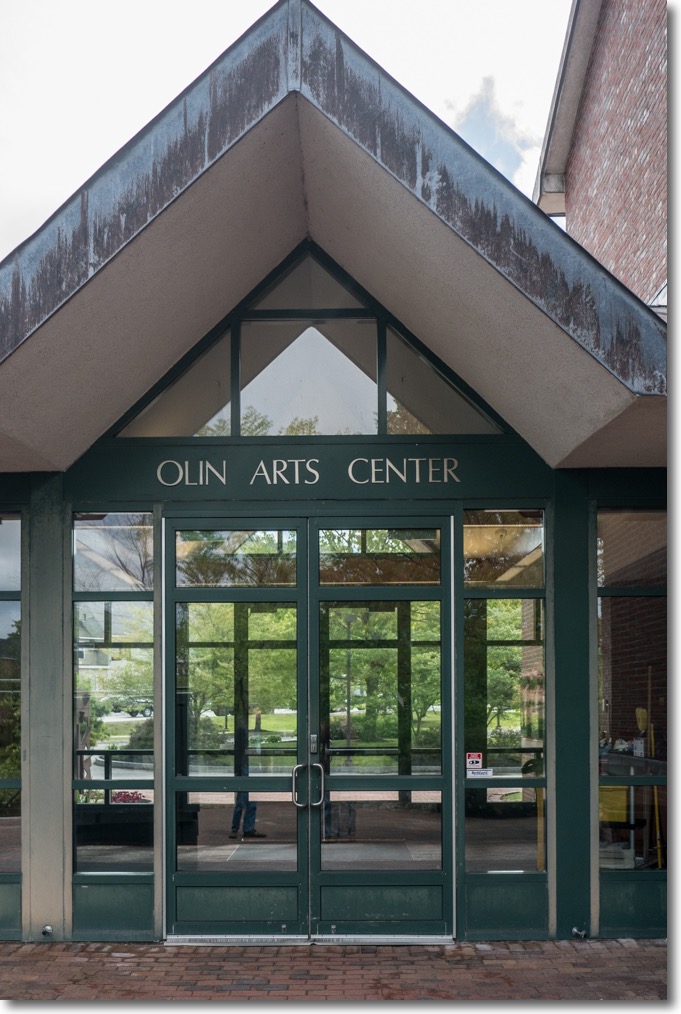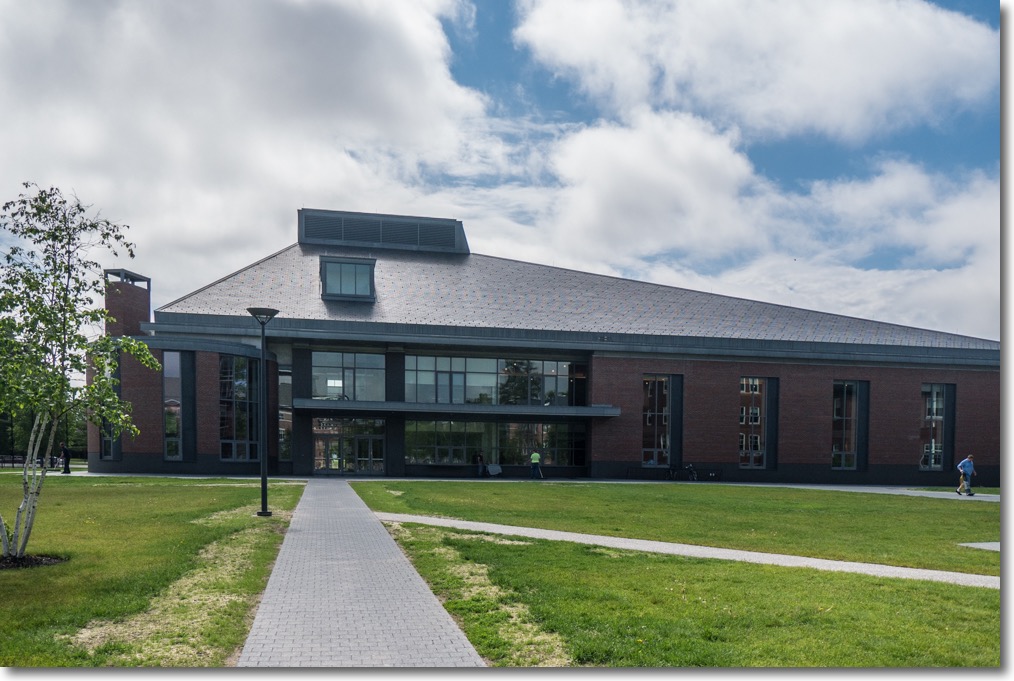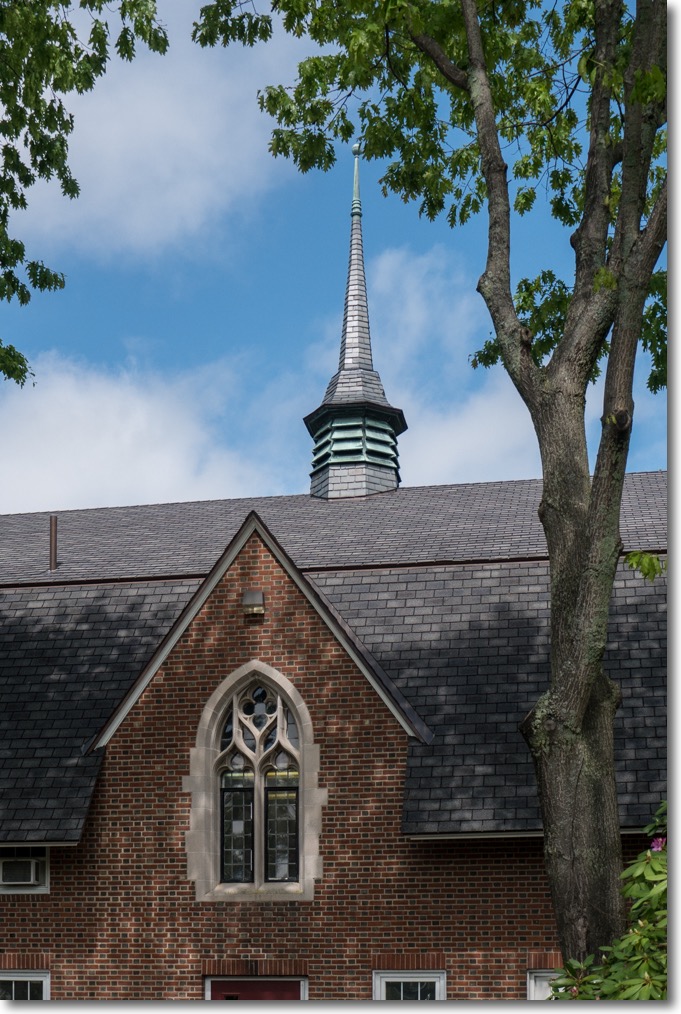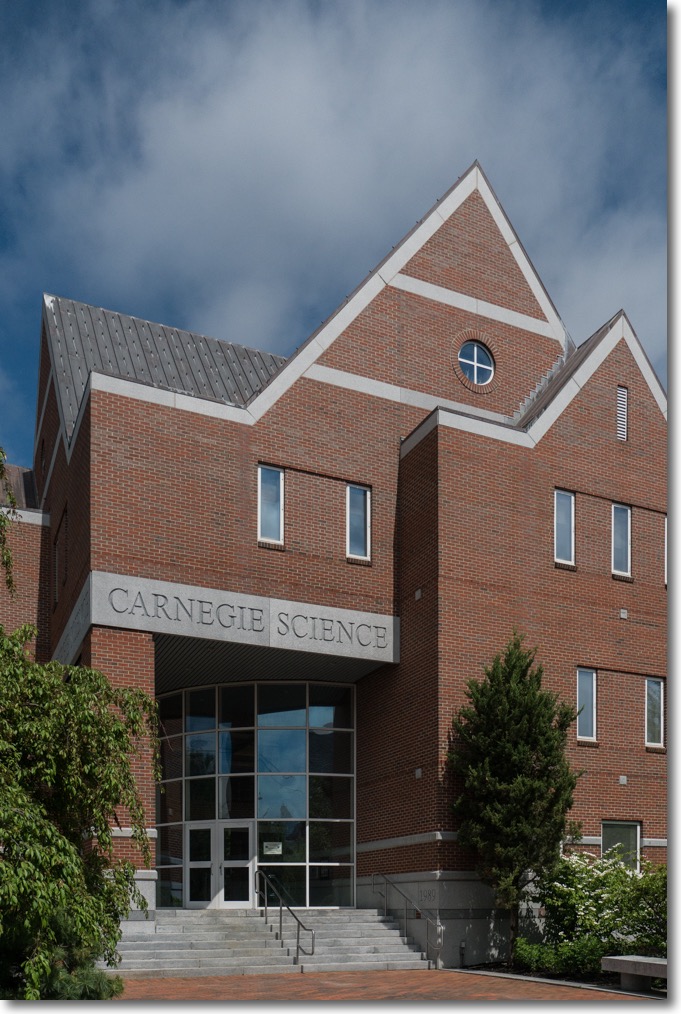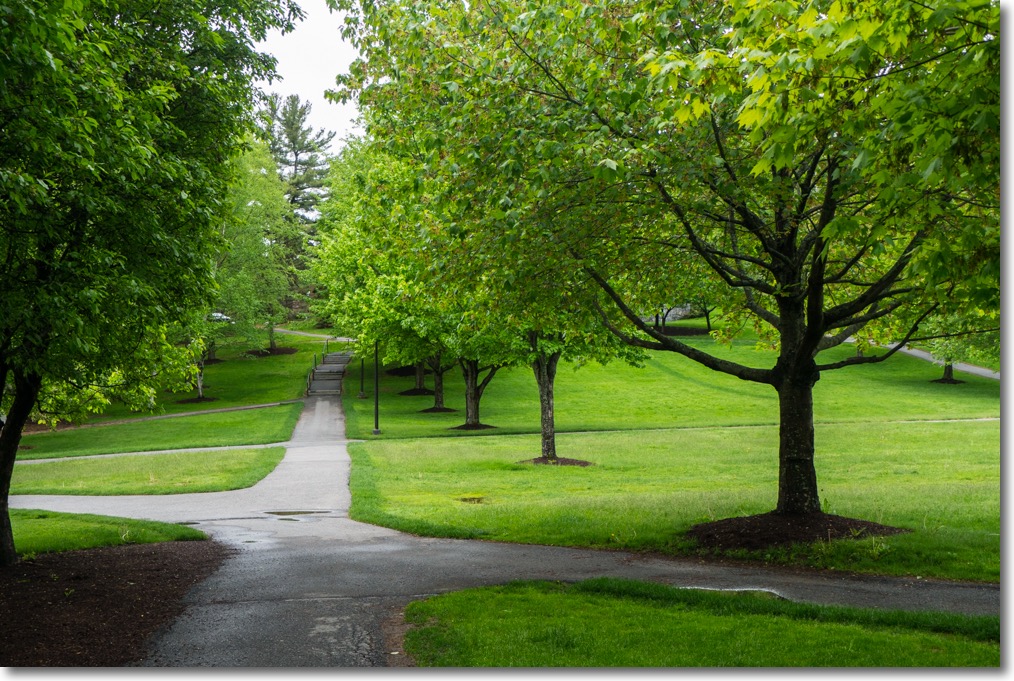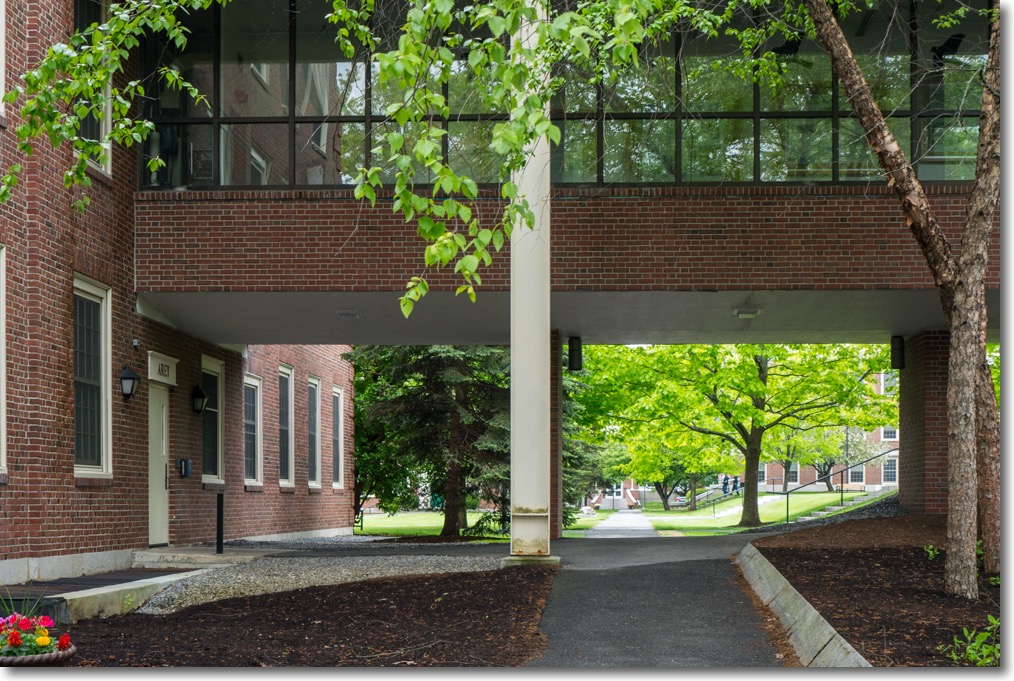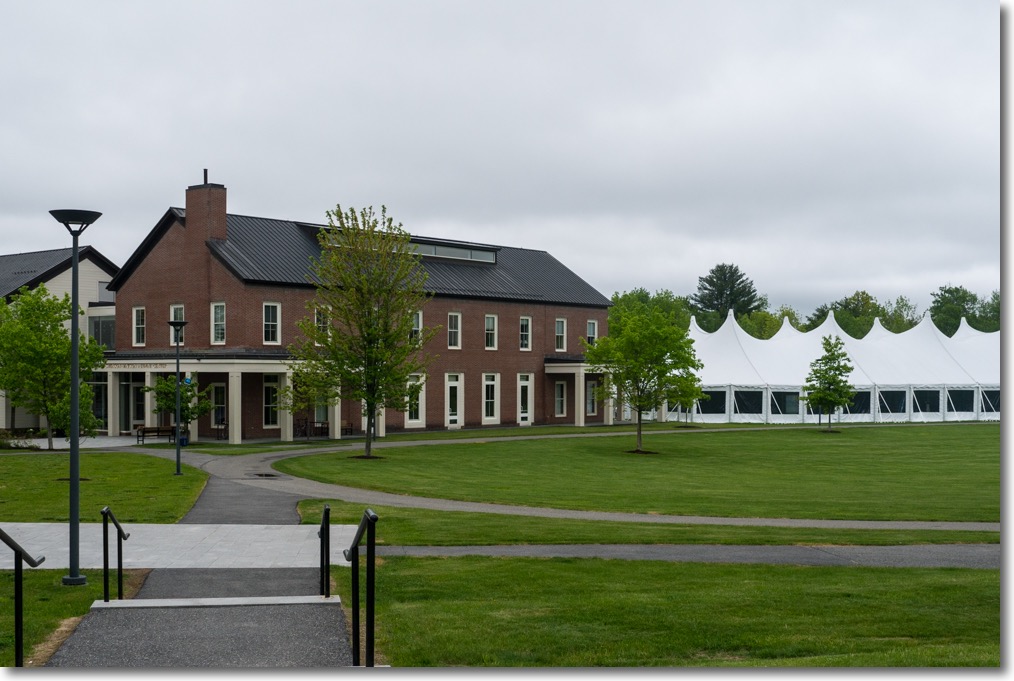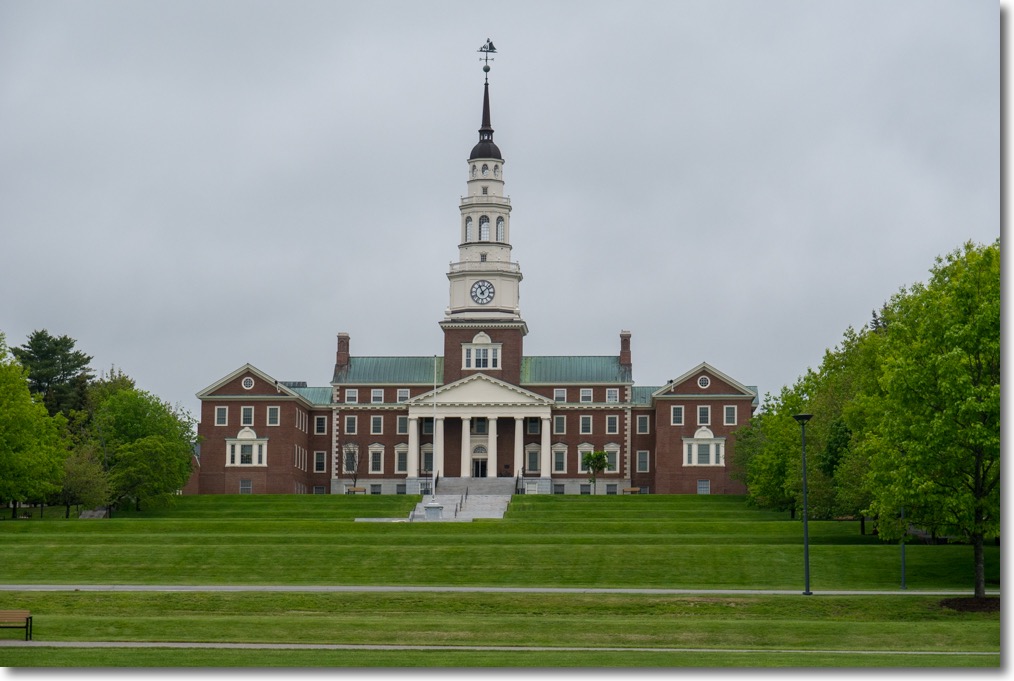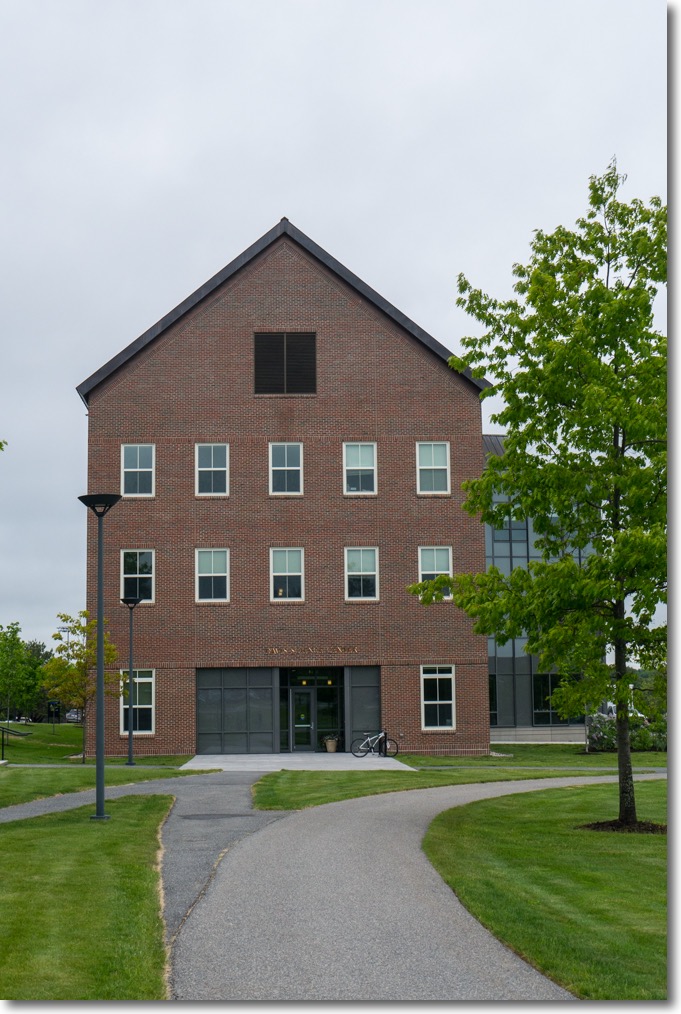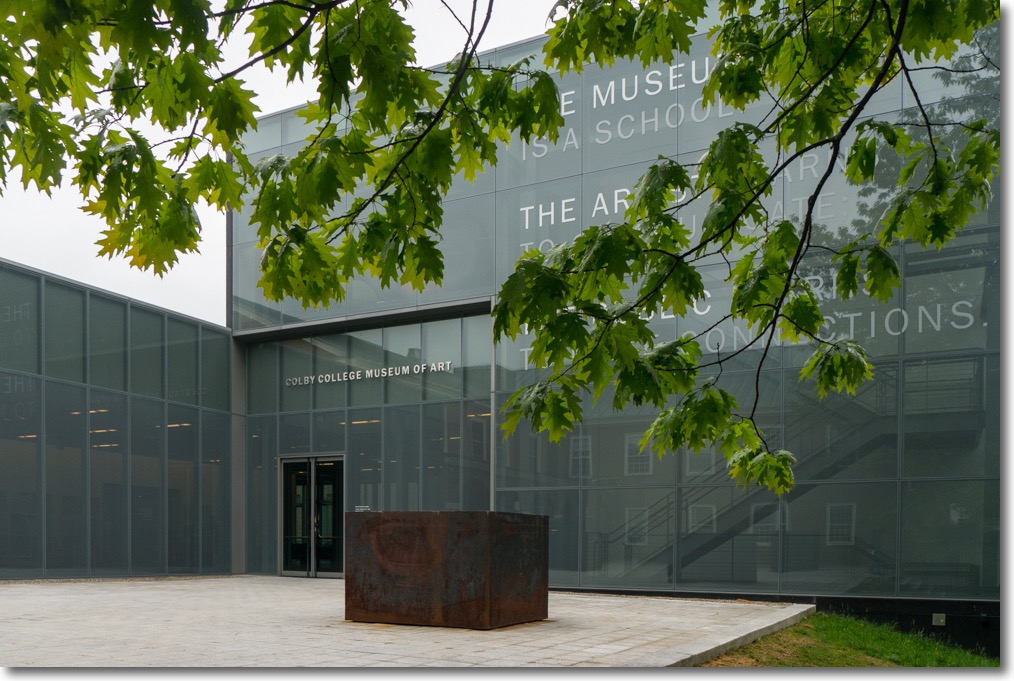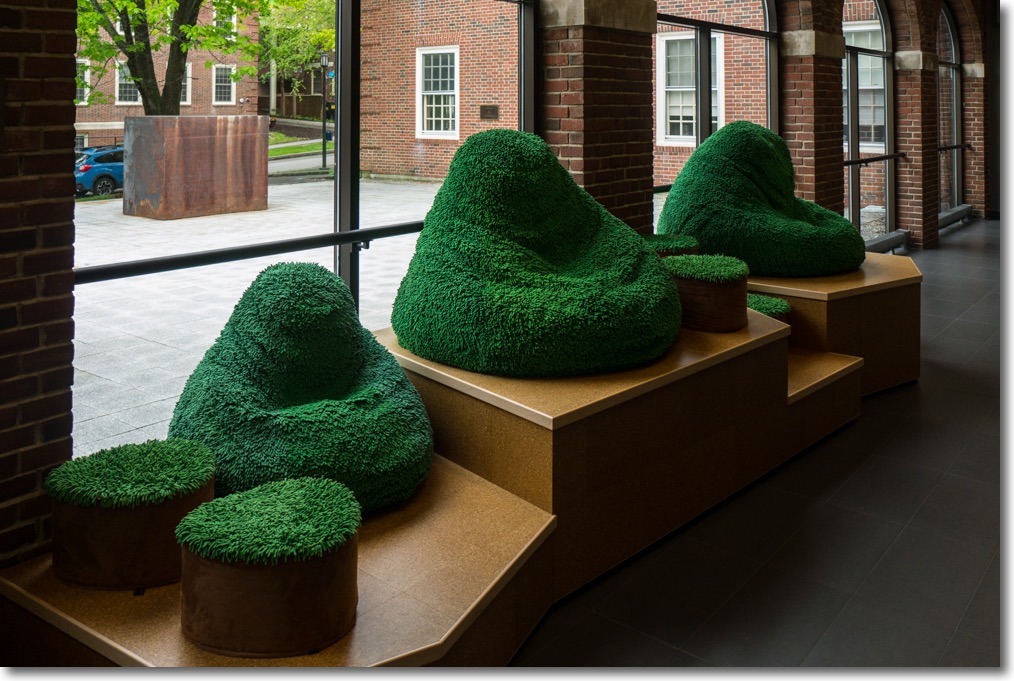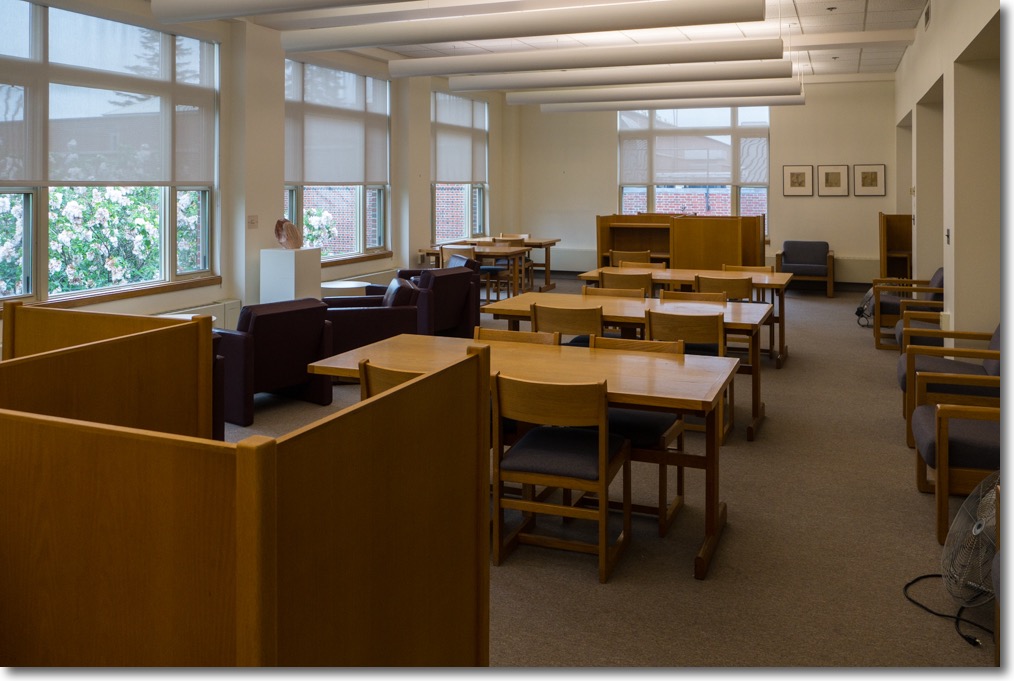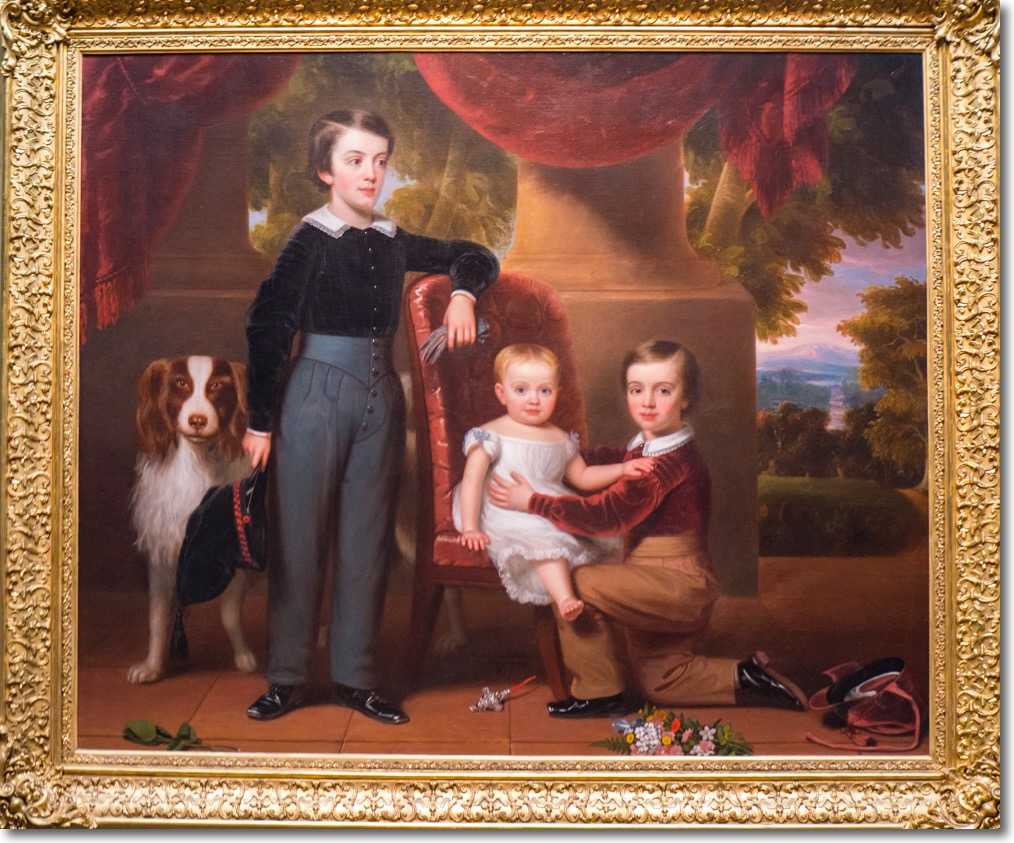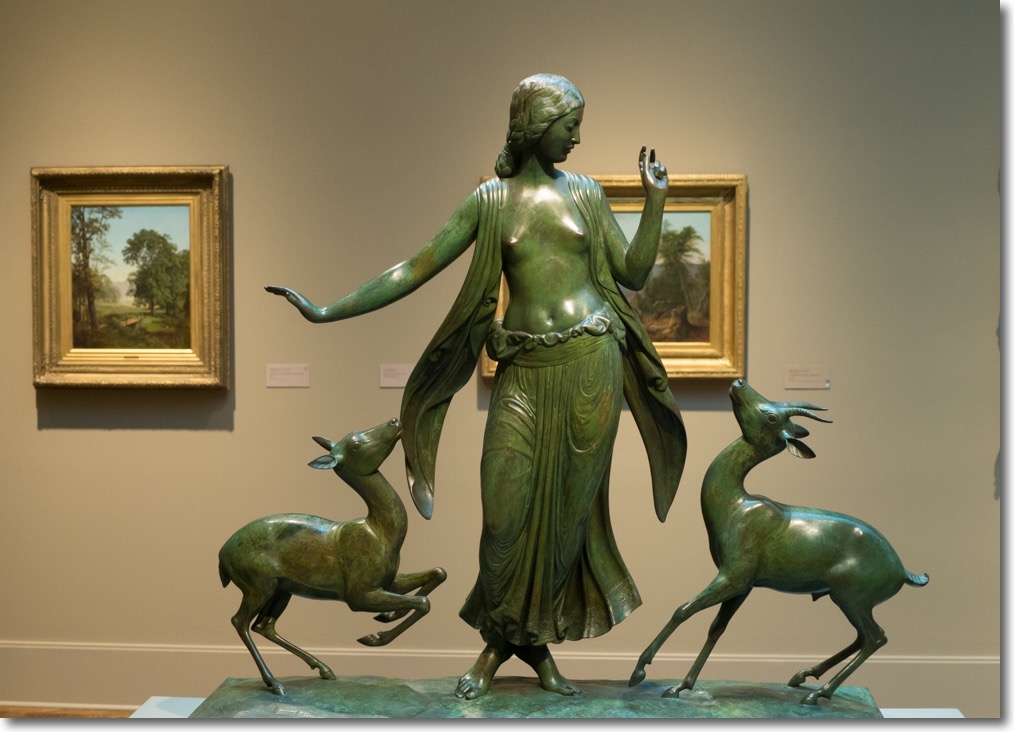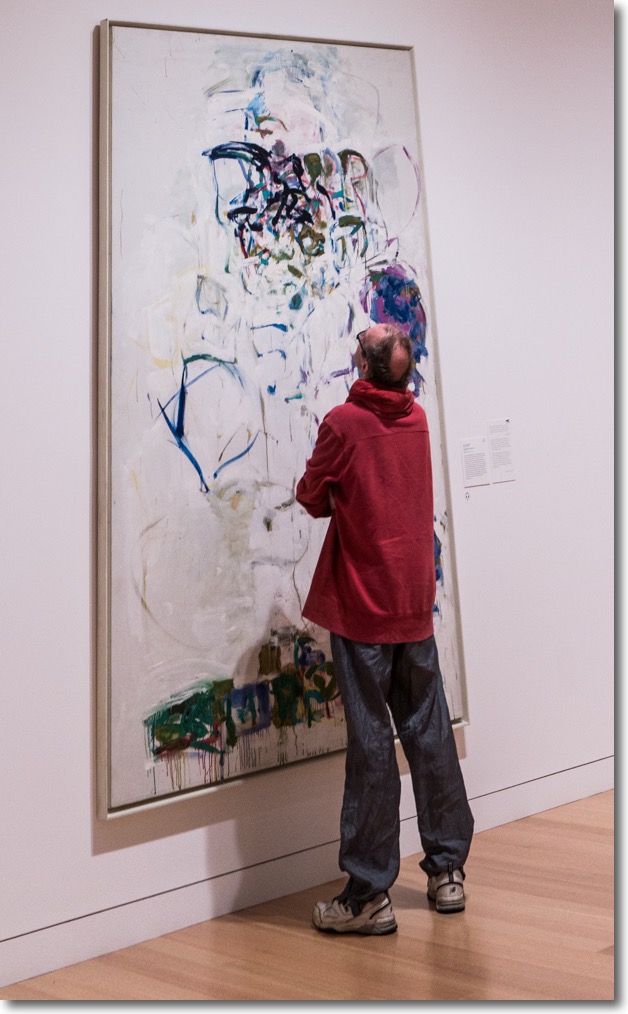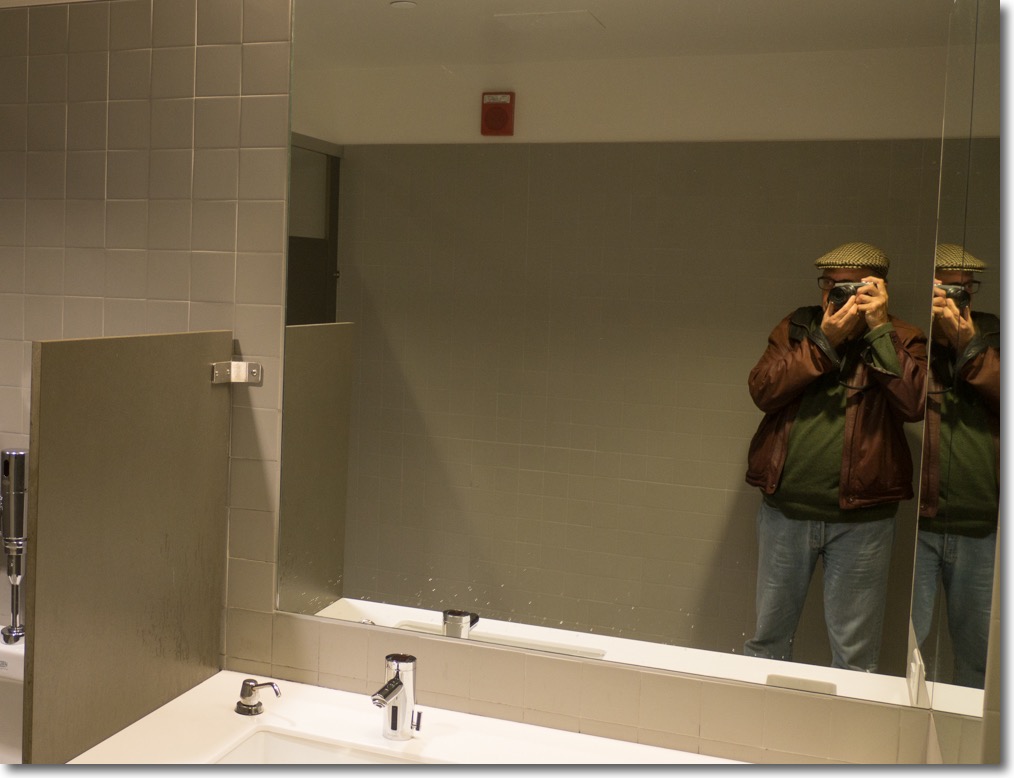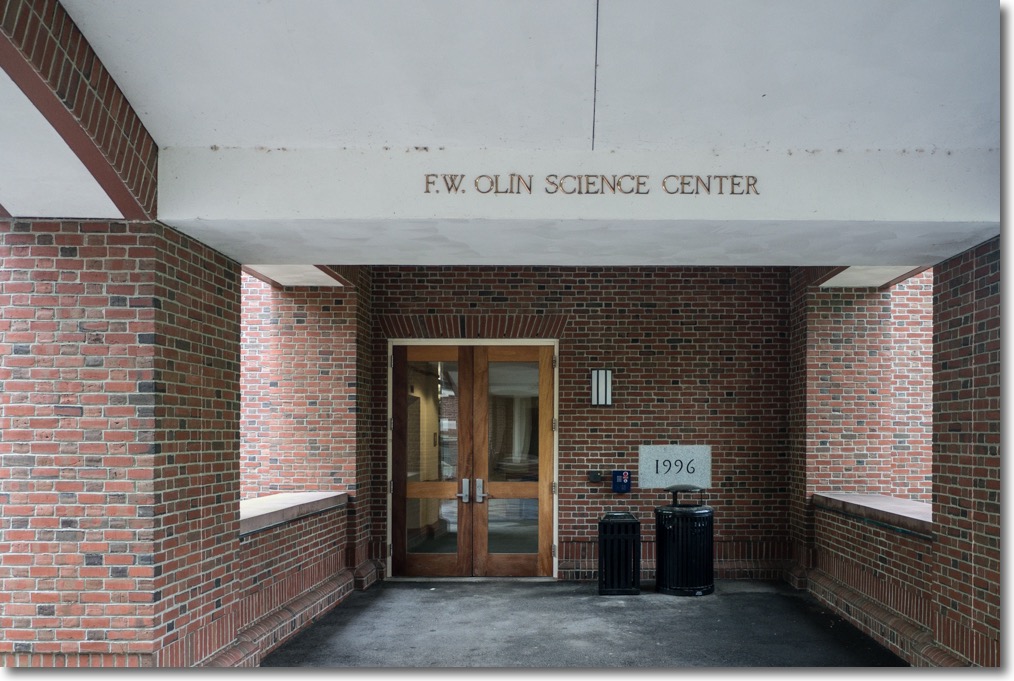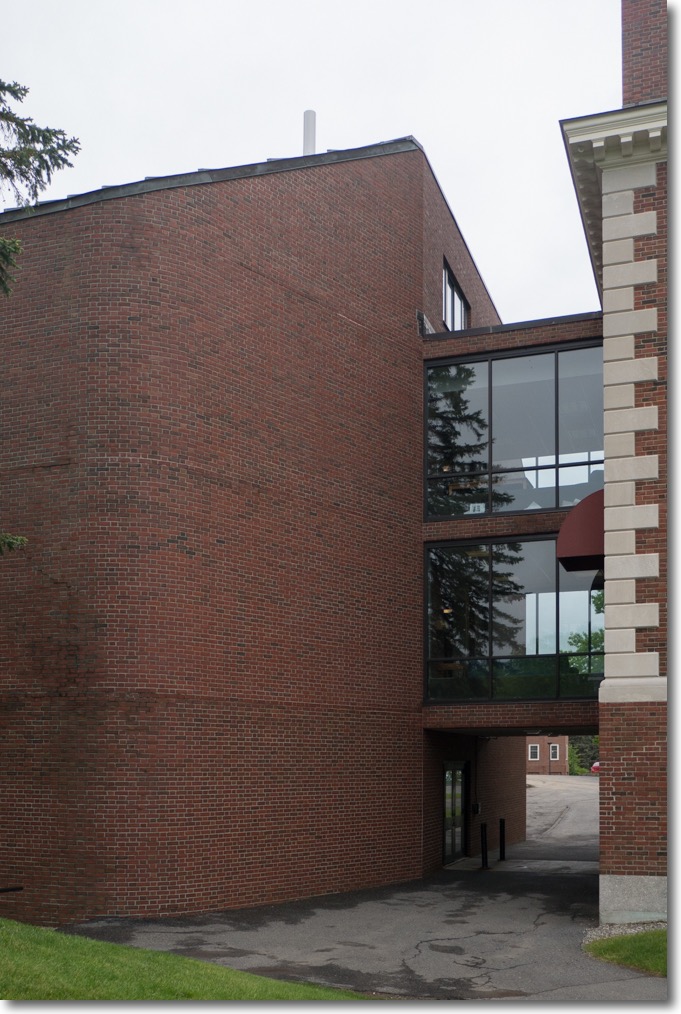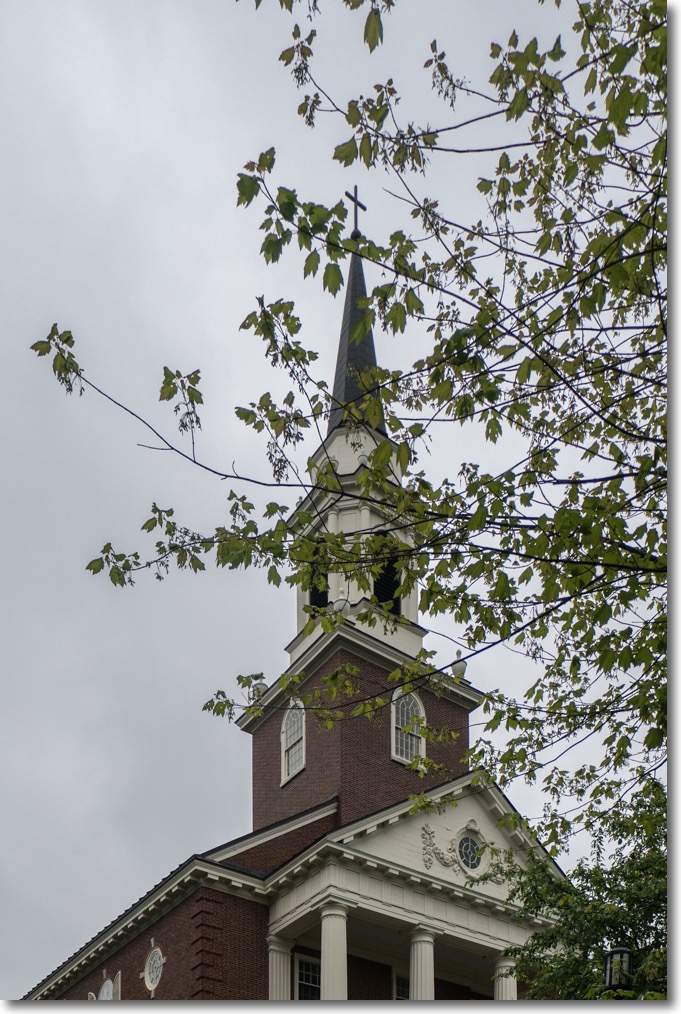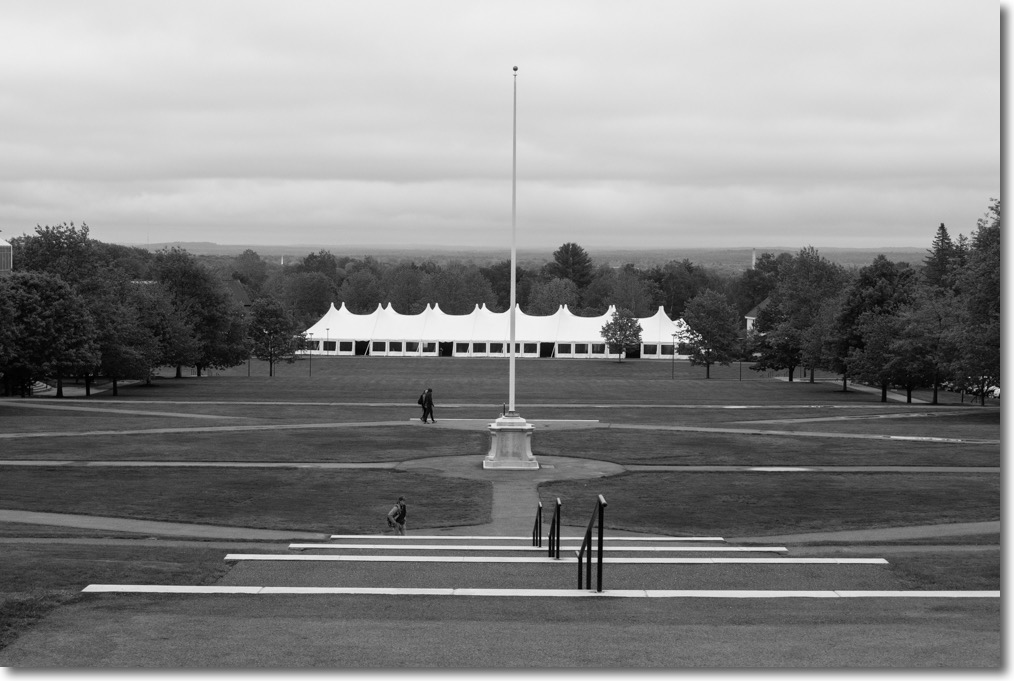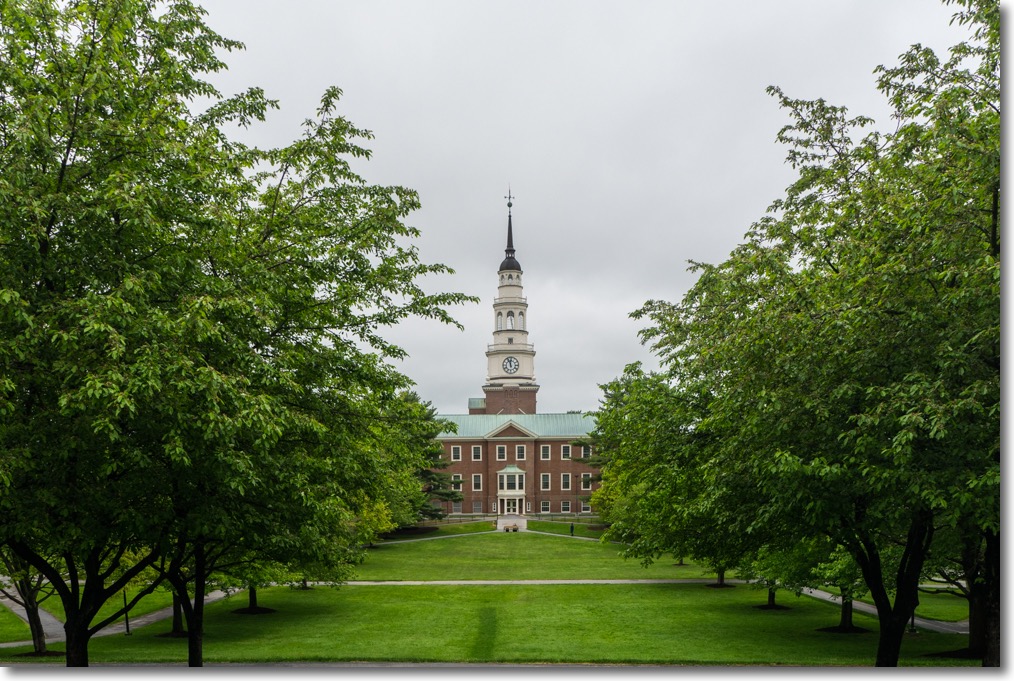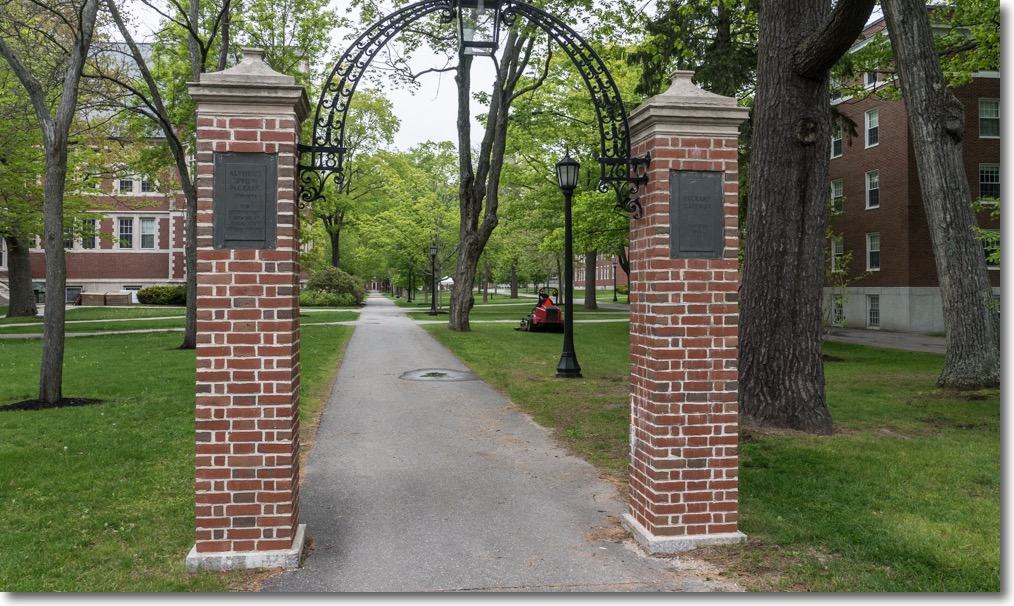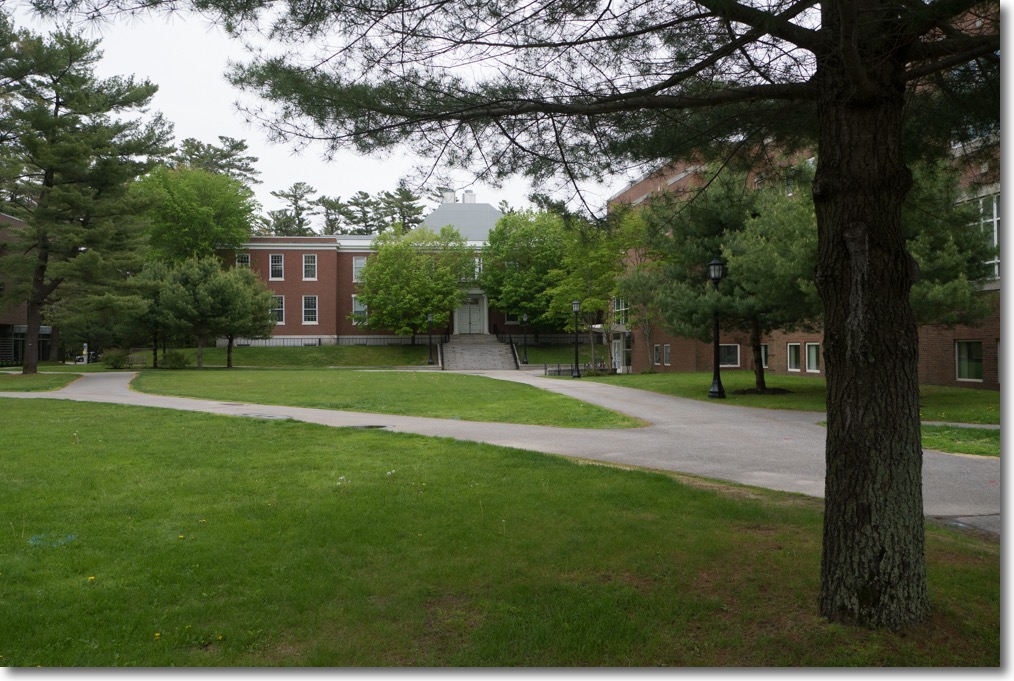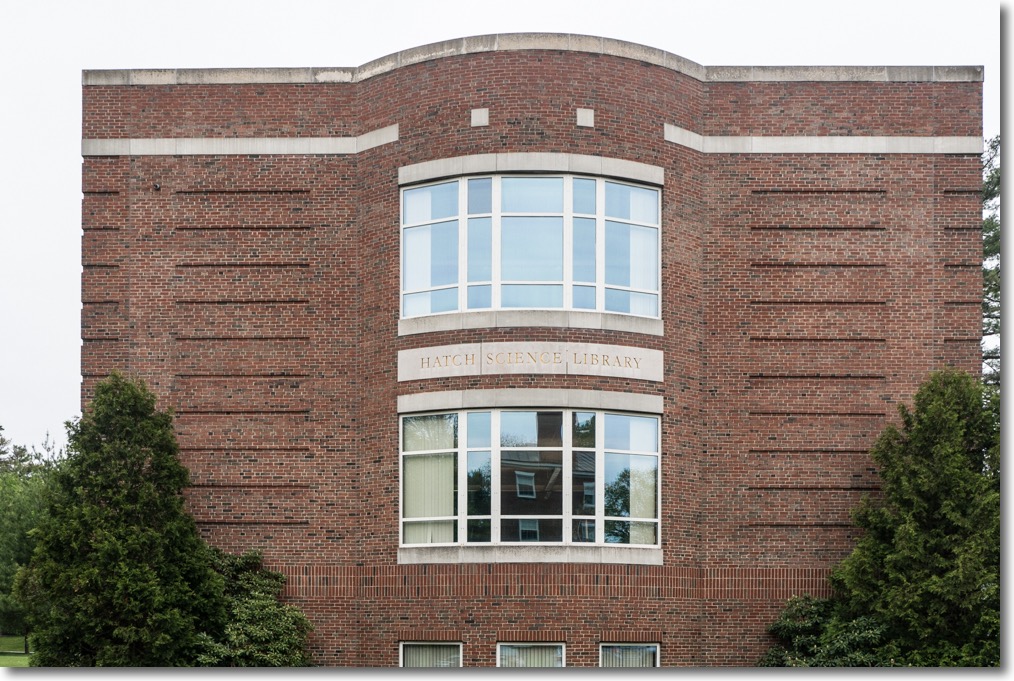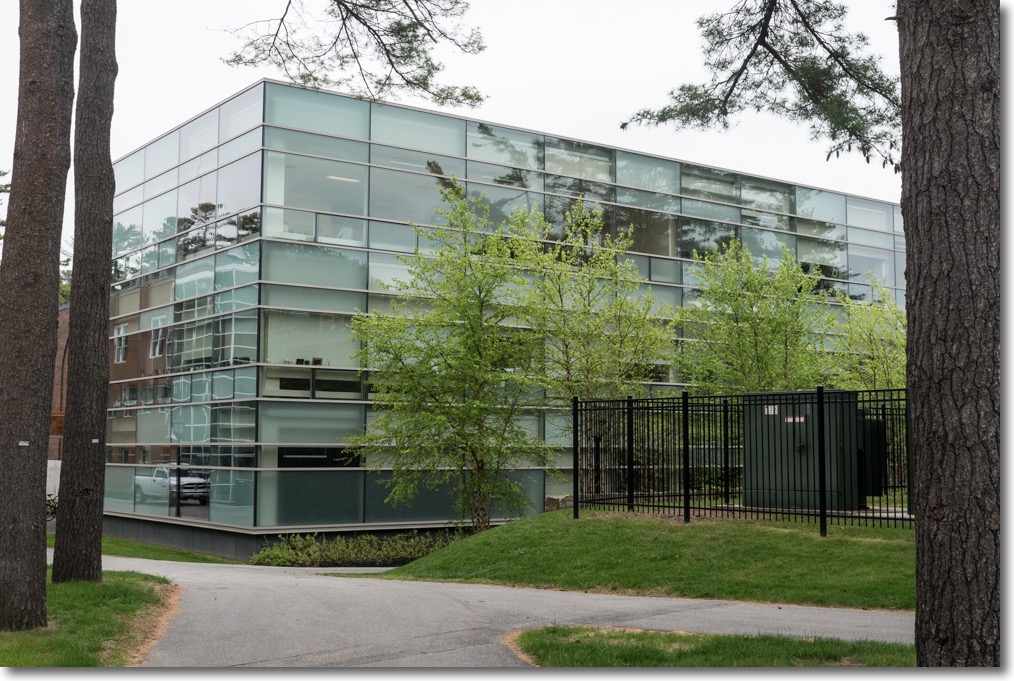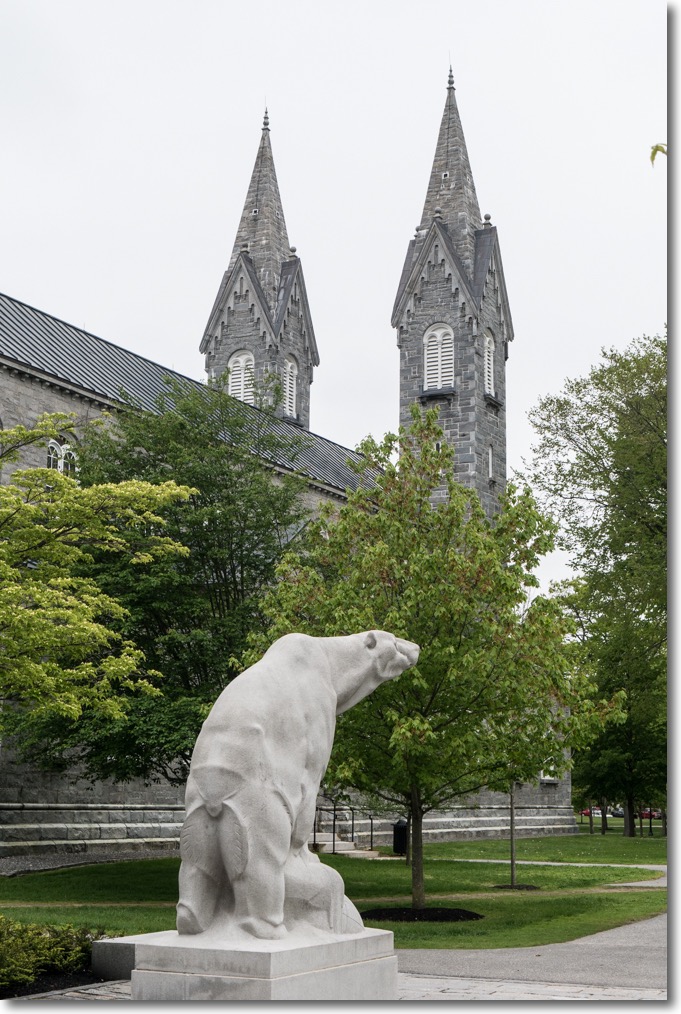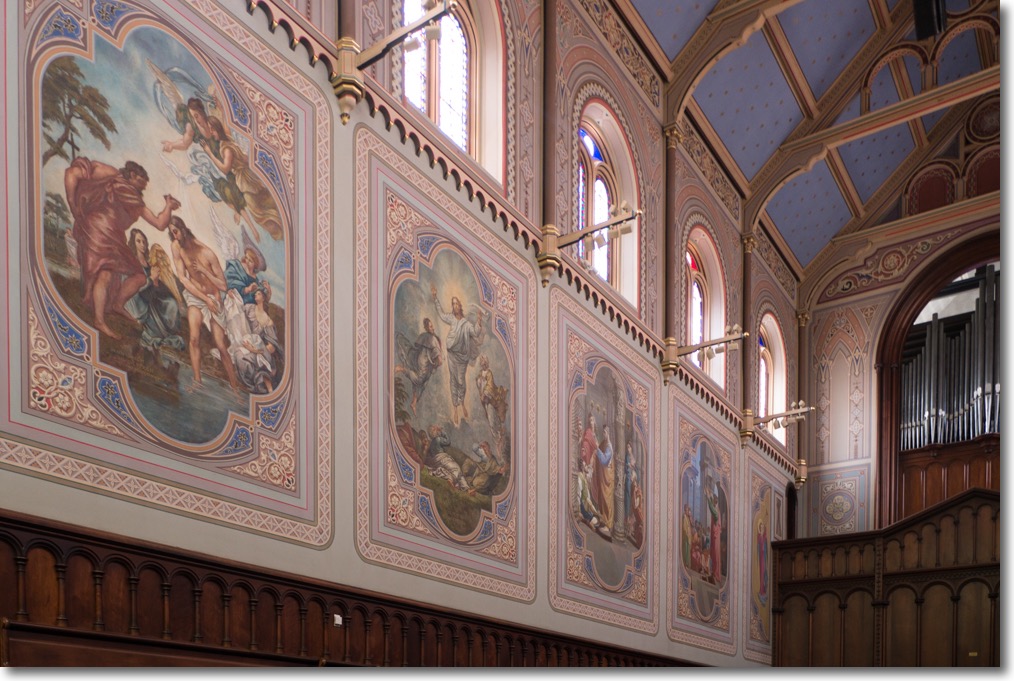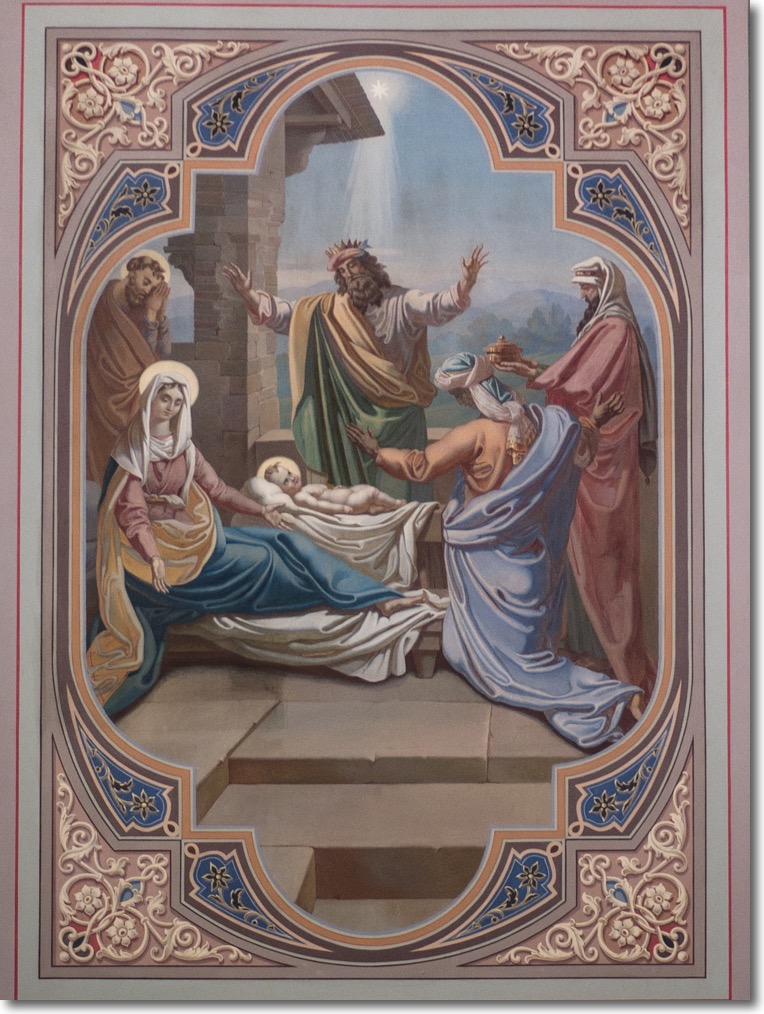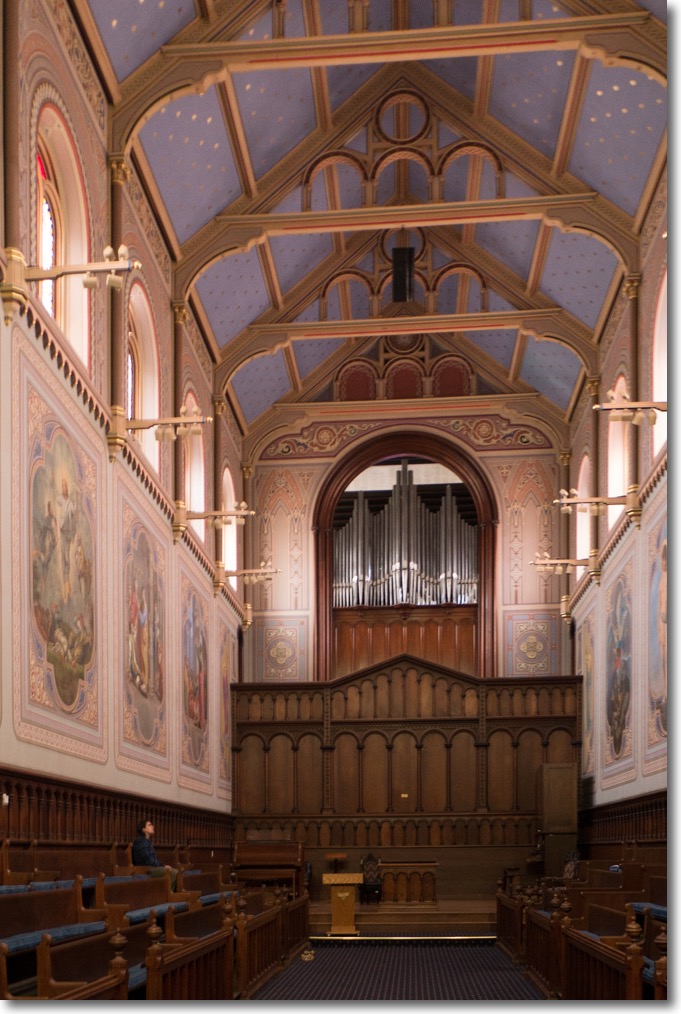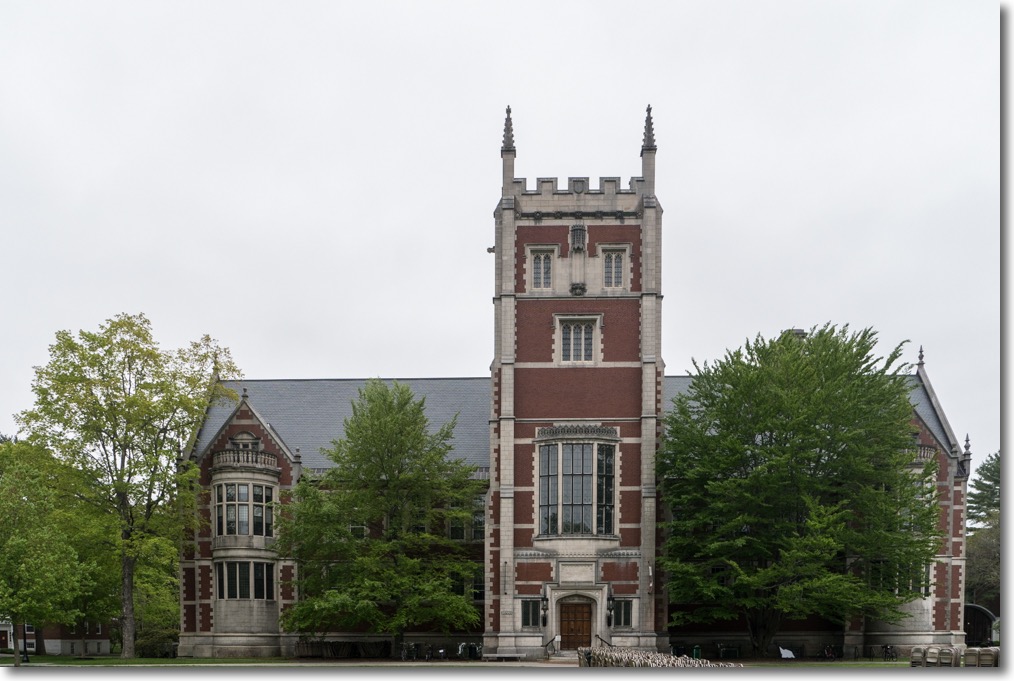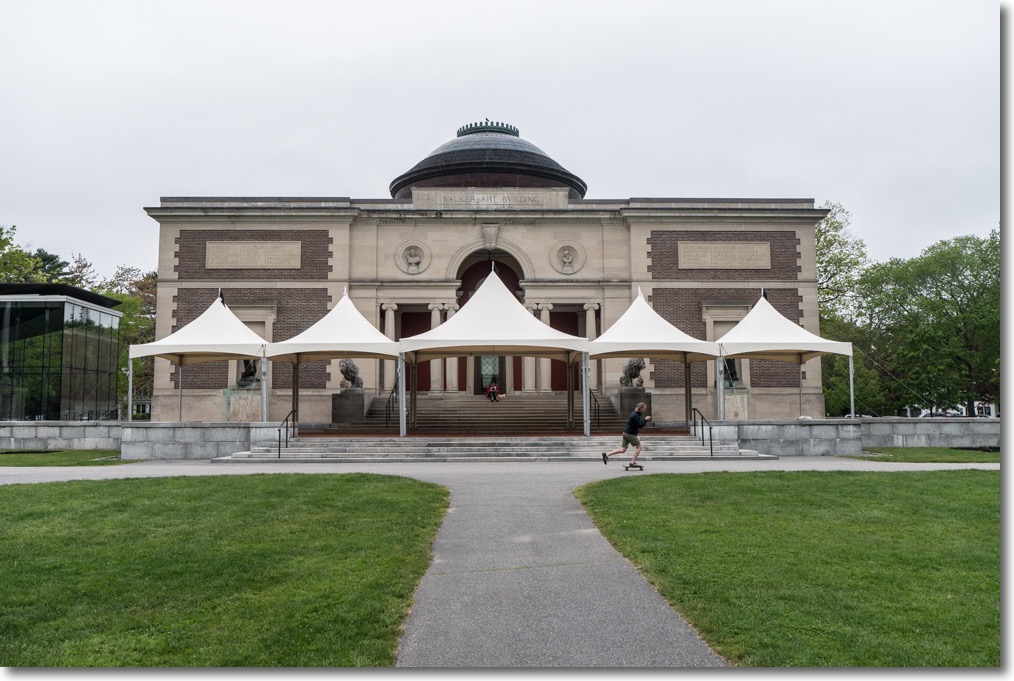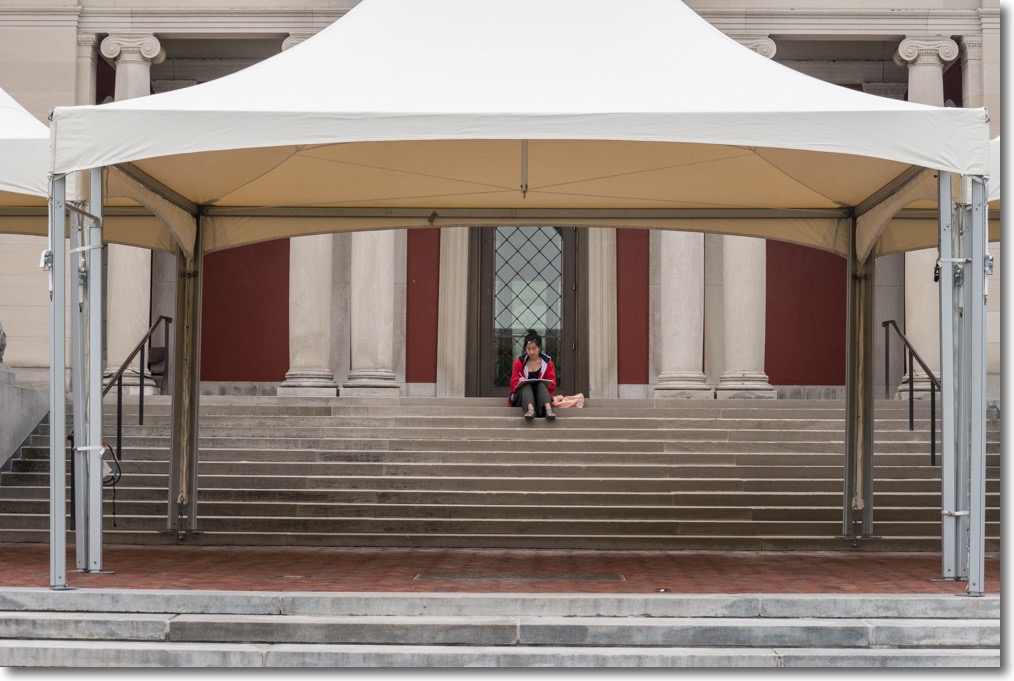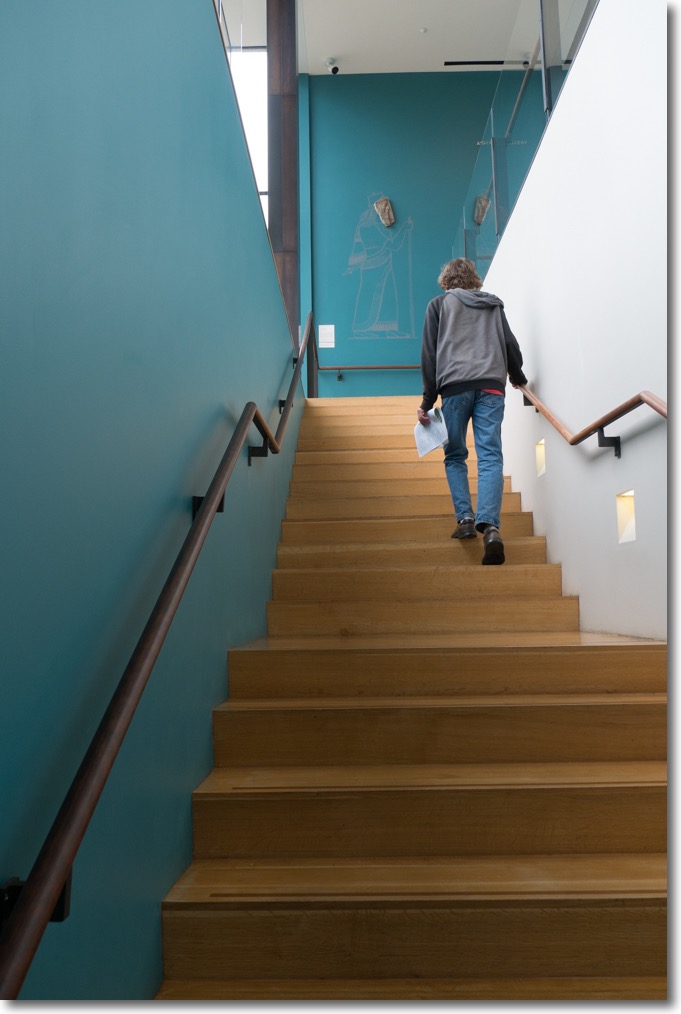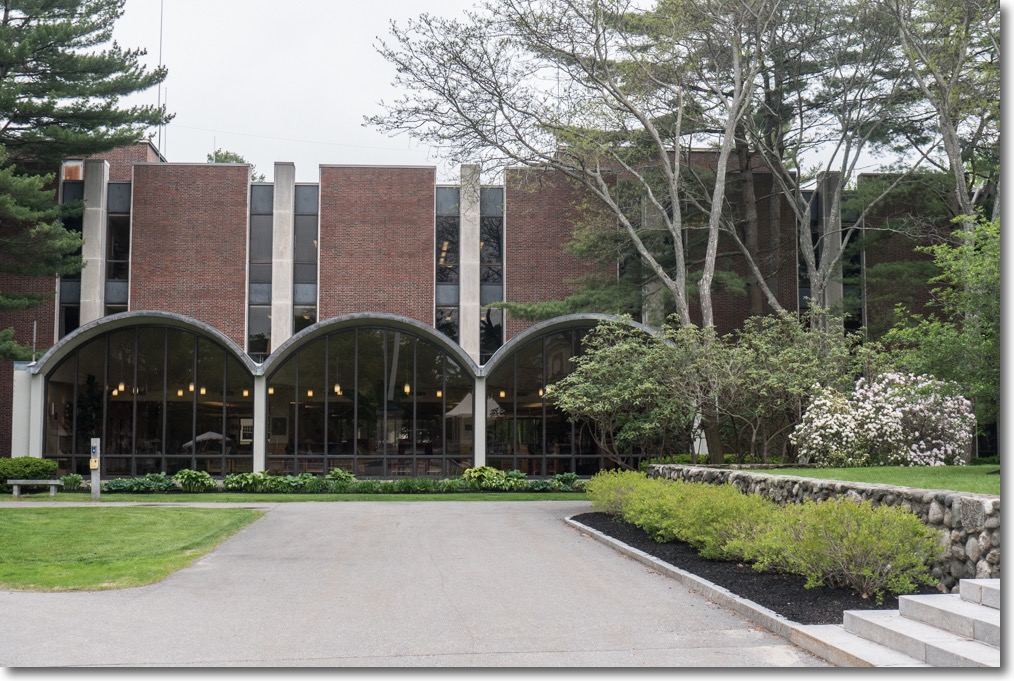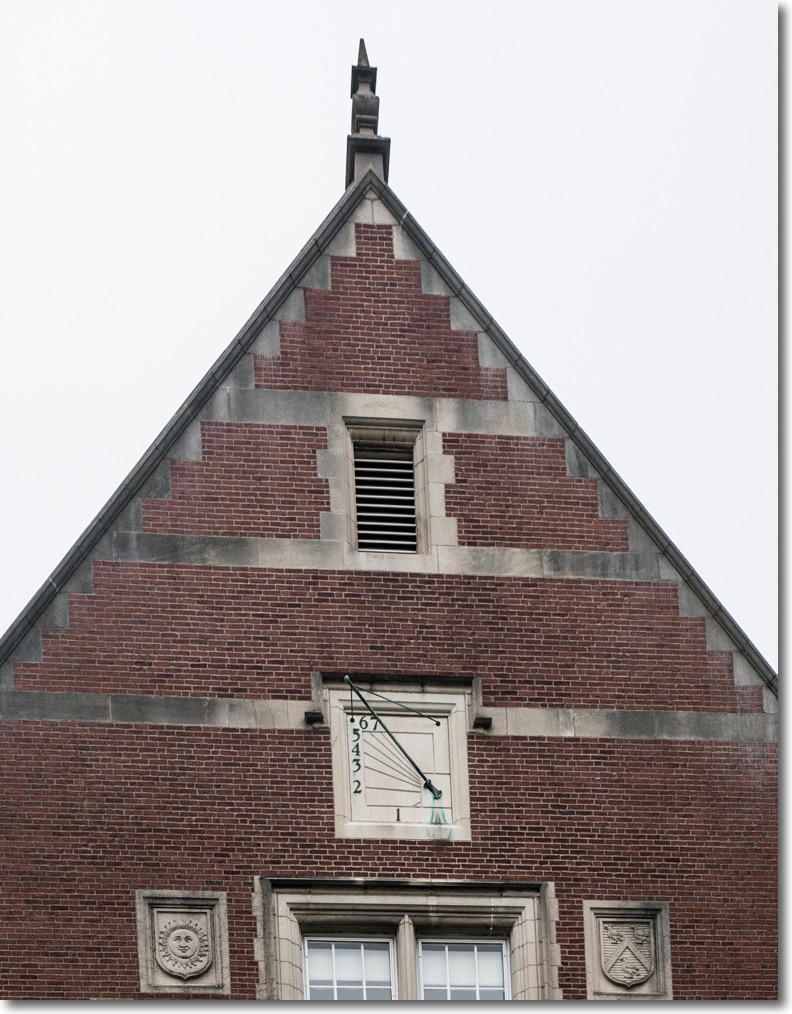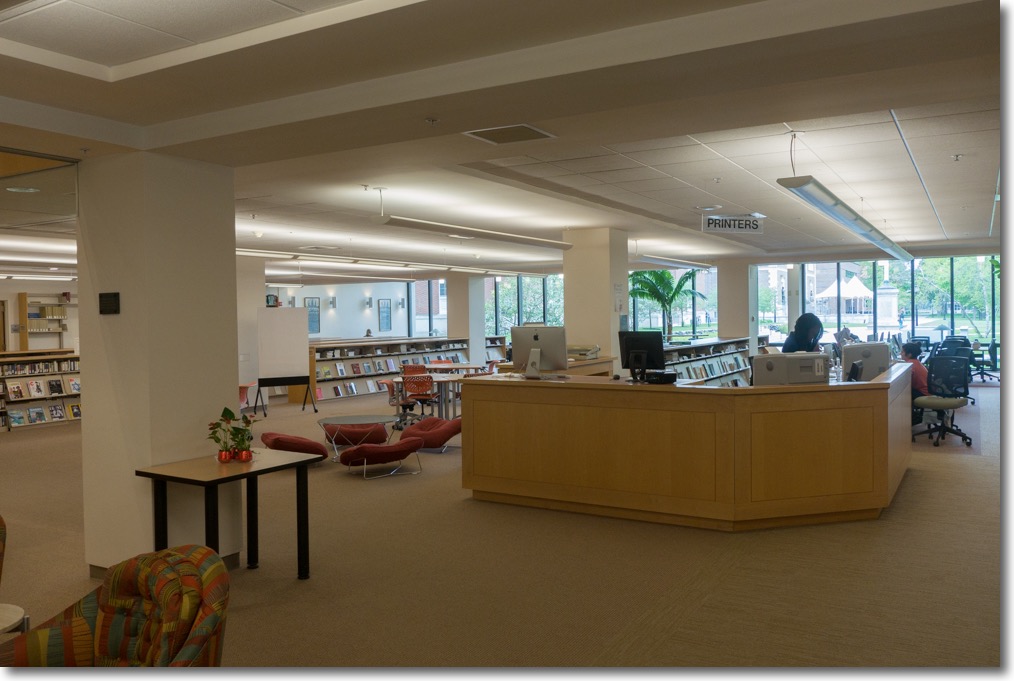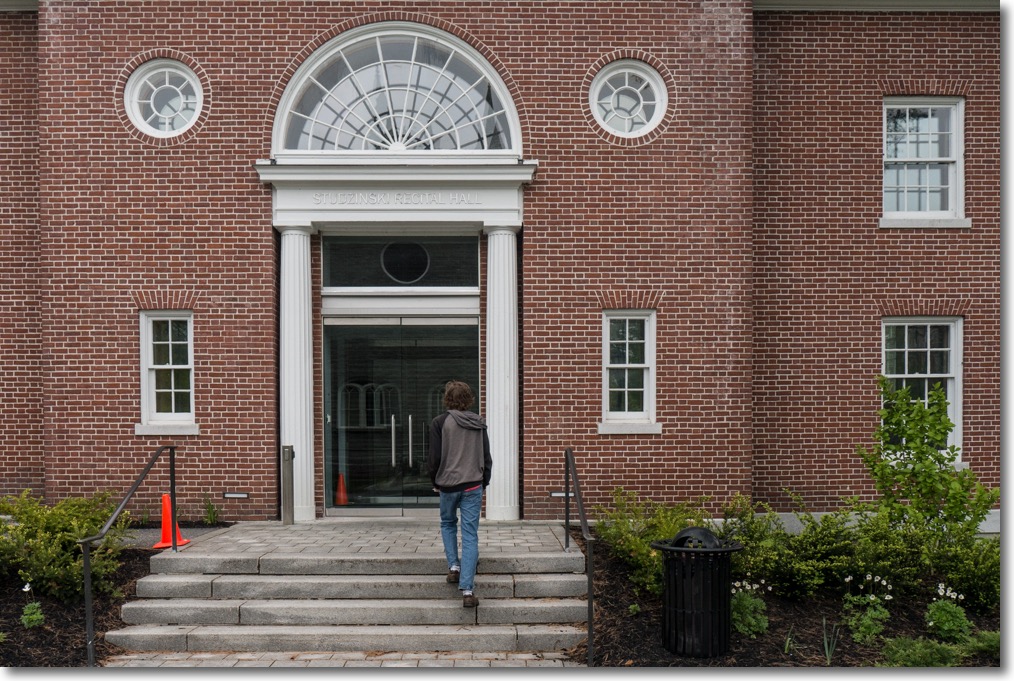One of the Big Three.
For an alphabetical index of the New England College series of pieces, click here.
Along with Princeton and Harvard, there is not a lot that can be said about Yale which has not already been committed to paper. Founded in 1701 there are 5,500 undergraduates and 6,900 postgraduates here and the university can lay claim to being the alma mater of many US presidents, including a recent one who is now likely happy to be rated the second worst, courtesy of the current incumbent.
Part of the city of New Haven in Connecticut, the campus spans an expansive 260 acres and while there is not that sense of perfect integration of the parts into a whole so evident at, say, Wesleyan or Tufts, the scale is necessarily larger here, given the five times greater number of students. In addition to the usual gamut of academic buildings, the campus includes the Peabody Museum of Natural History and the Yale Art Center, both major museums in their own right.
While we originally contemplated a weekday visit to enjoy a guided tour, the weather forecast is so bad (how does anyone survive the simply awful weather in New England?) that we toured unassisted on a Saturday and, in the event, had a wonderful time.
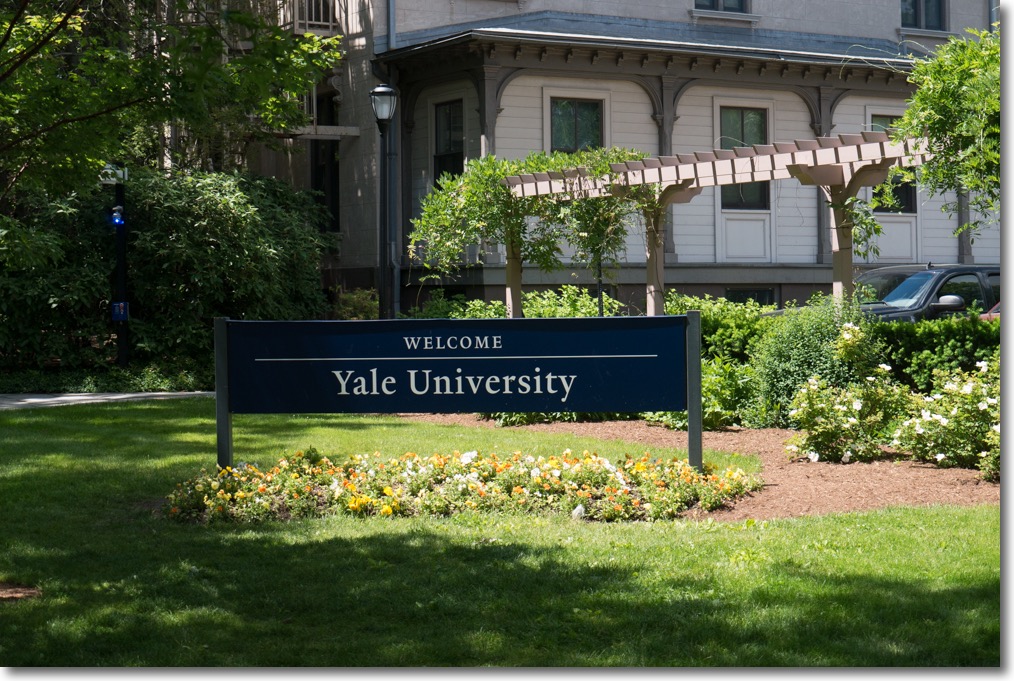
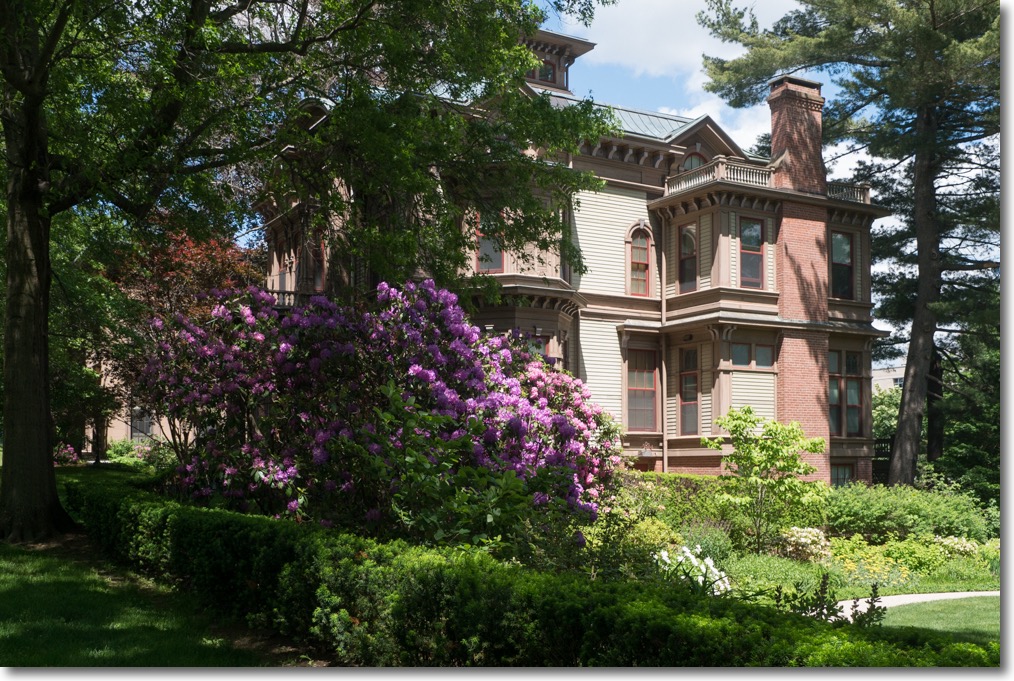
Residential housing.
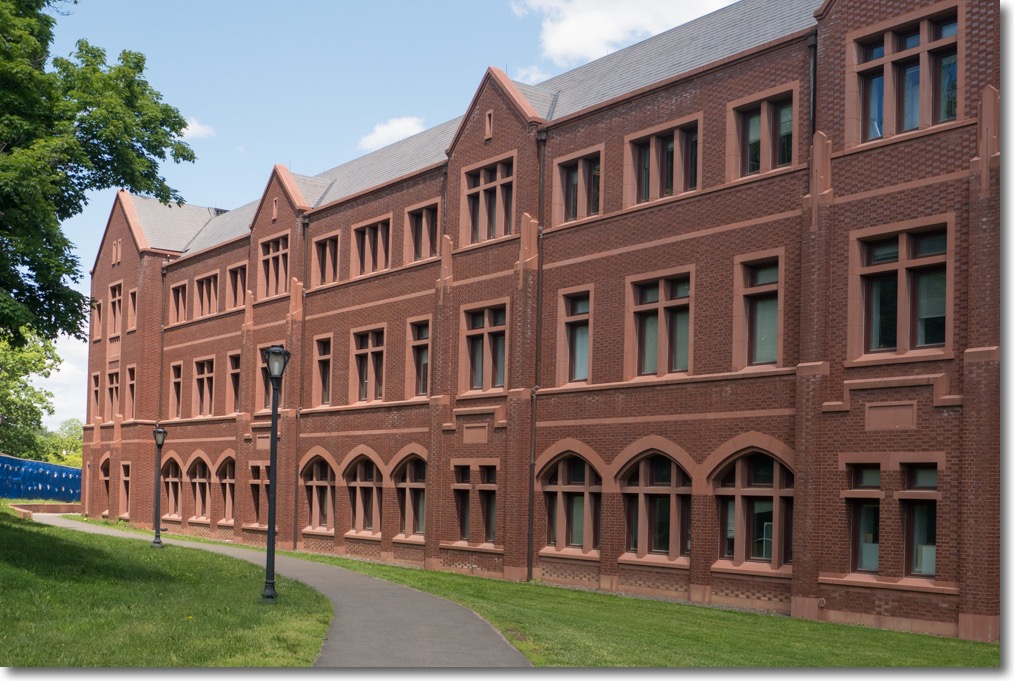
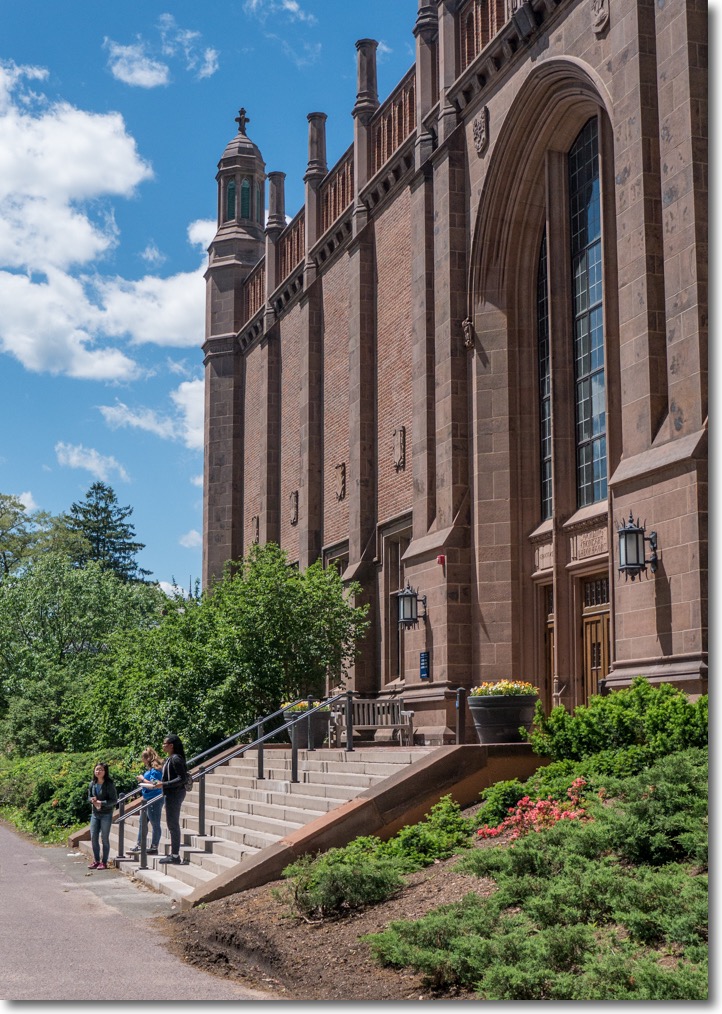
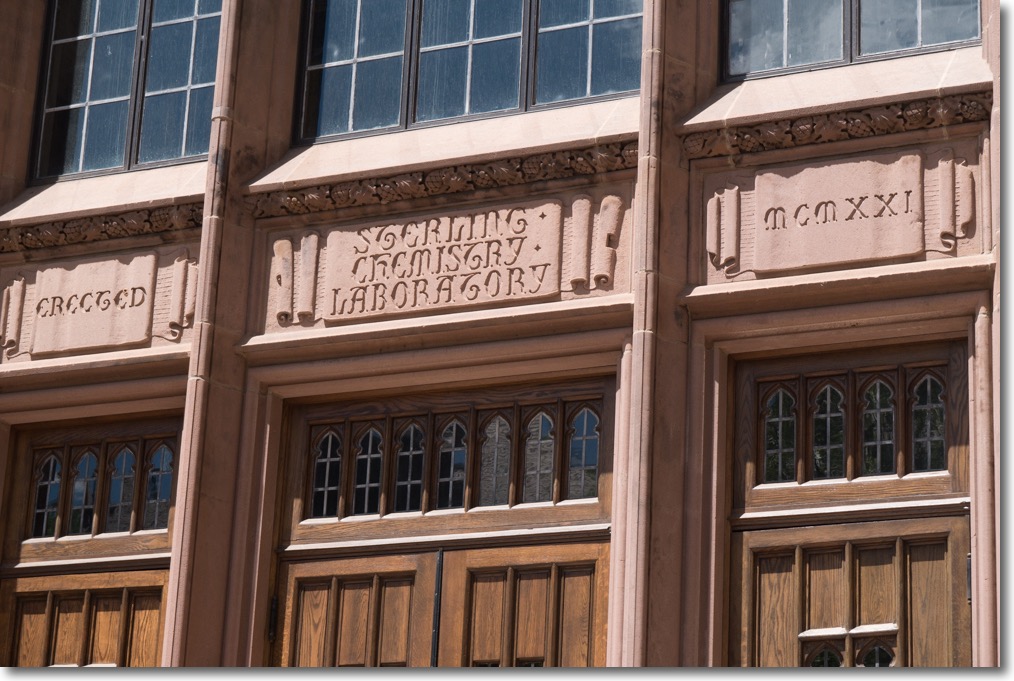
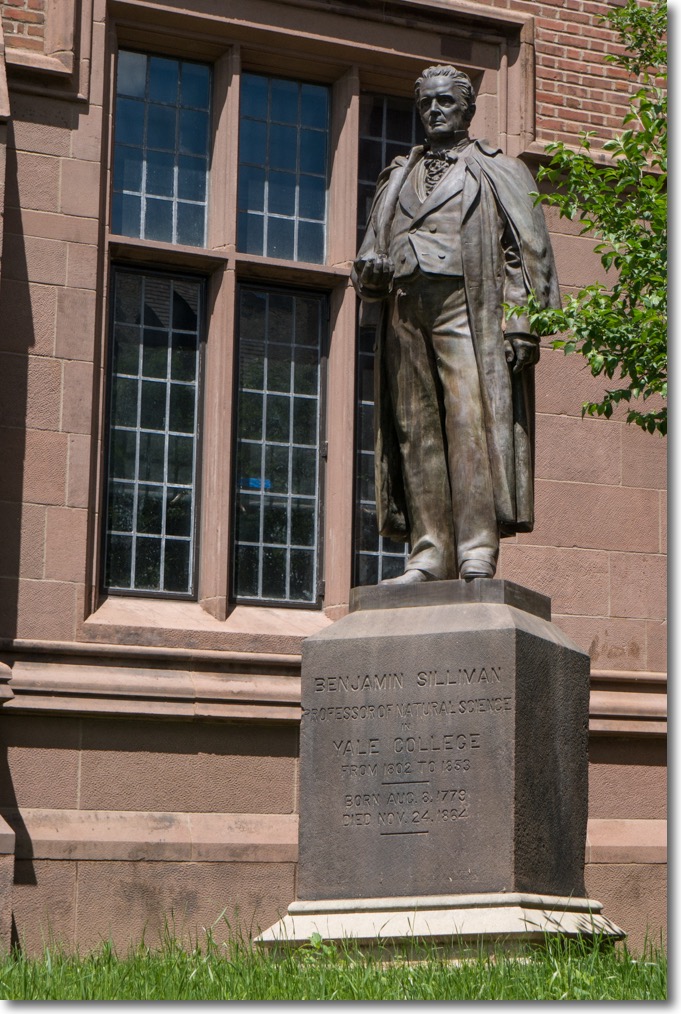
Benjamin Silliman, Professor of Natural Sciences 1802-53, the first scientist to distill petroleum.
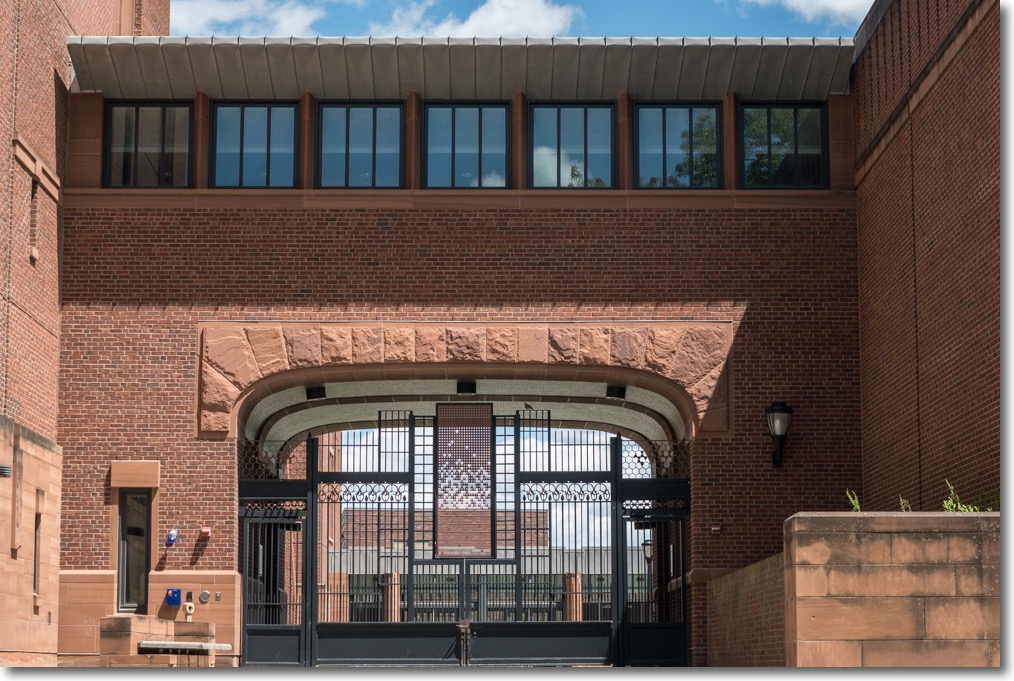
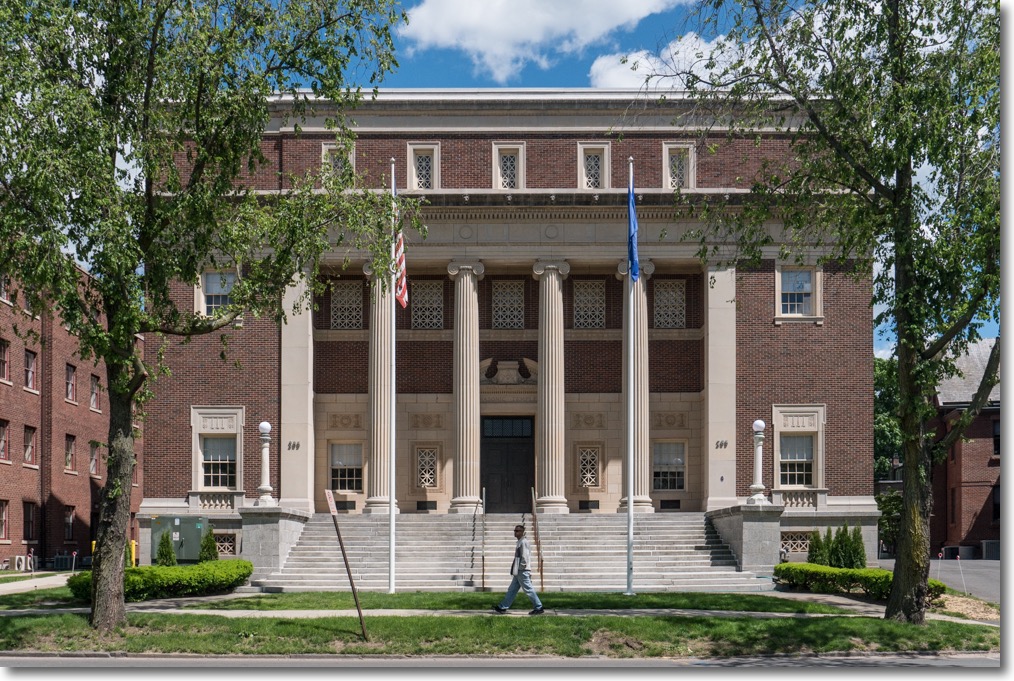
The power behind Protestantism. The Masonic Temple.
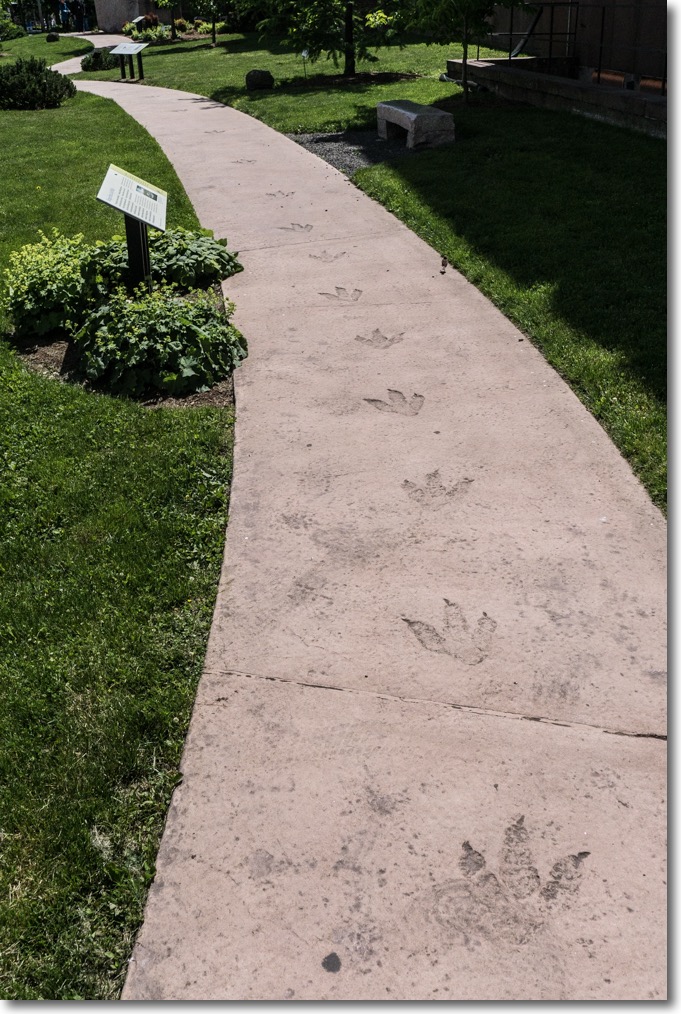
The path to the Peabody Natural History Museum.
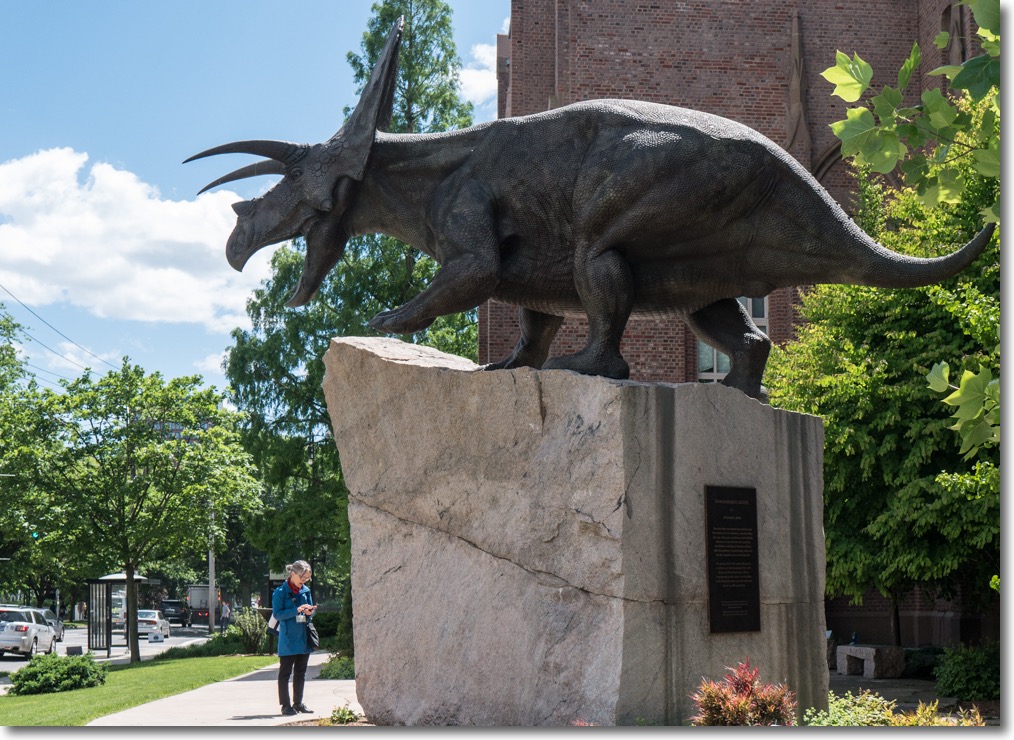
Torosaurus Latus, a relative of the Triceratops, outside the Peabody.
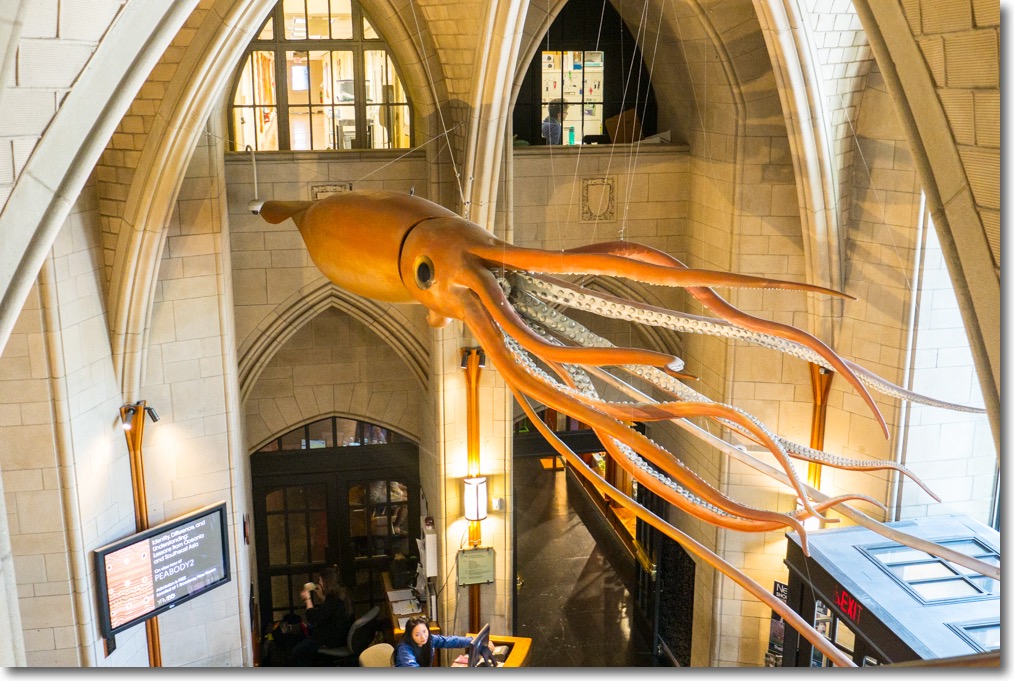 Giant squid inside the Peabody.
Giant squid inside the Peabody.
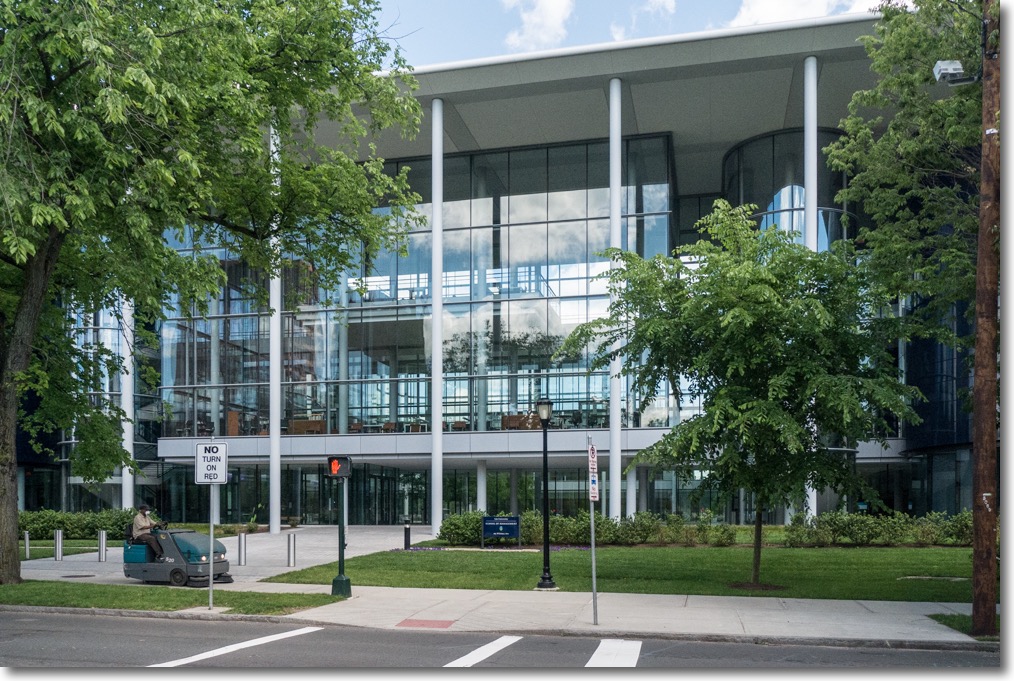 The beautiful Business School building.
The beautiful Business School building.
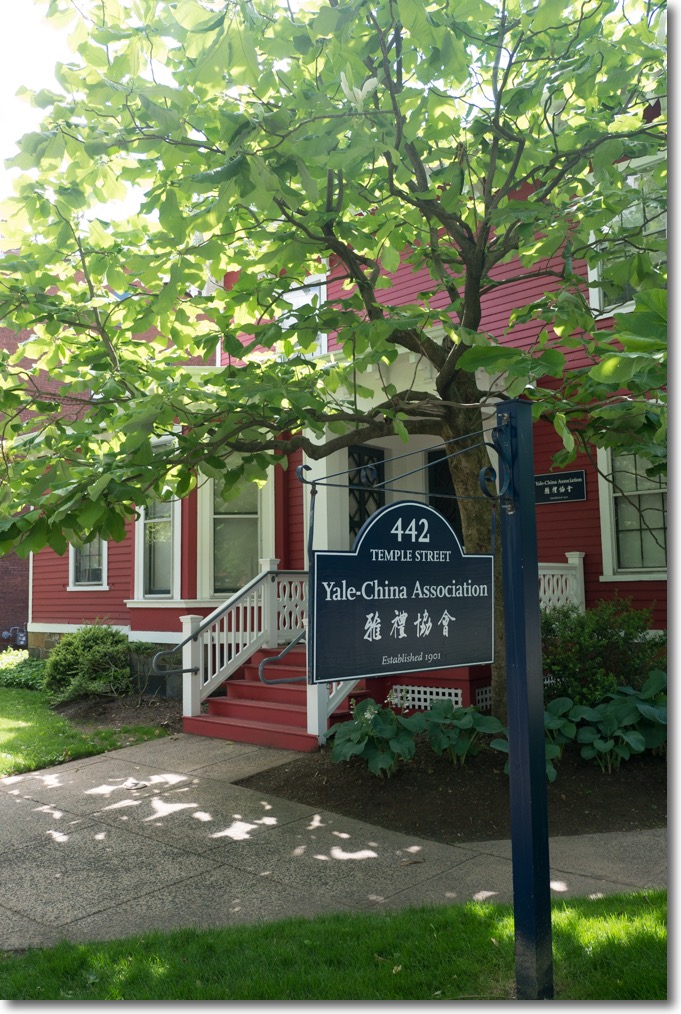
Yale and Peking University established a Joint Undergraduate Program in Beijing in 2006; the Yale-China Association predates that effort by almost a century.
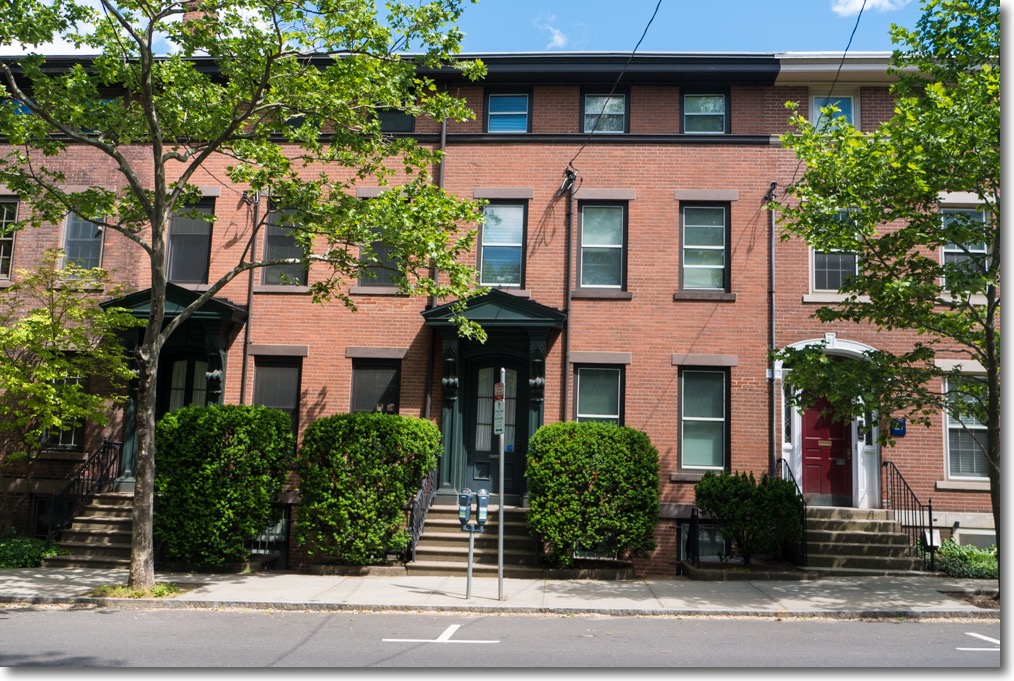
Gothic and Georgian pediments.
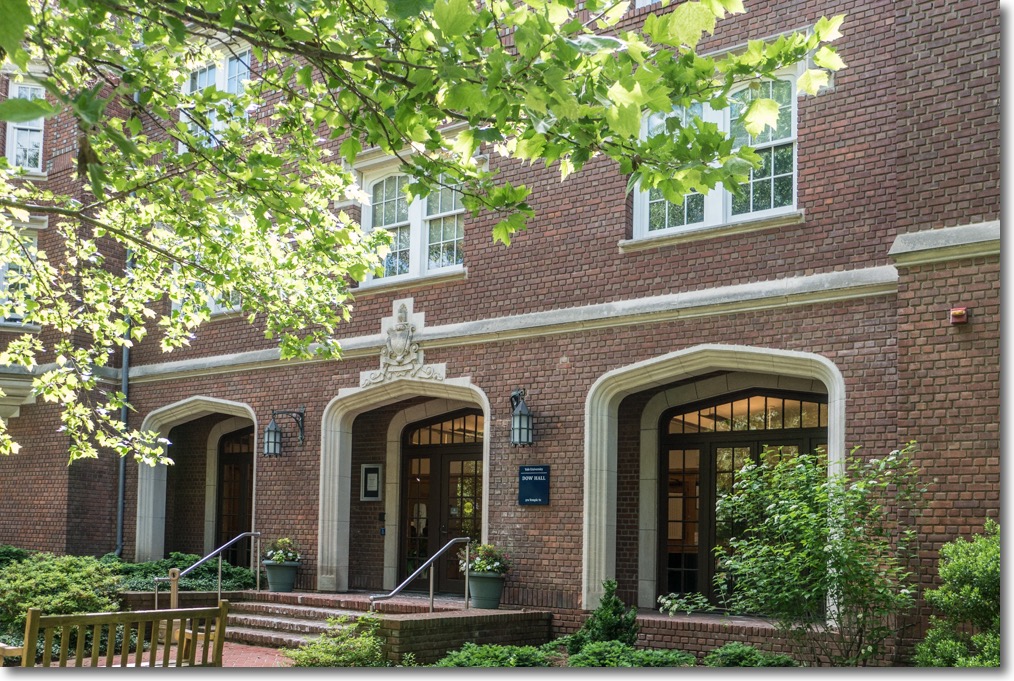
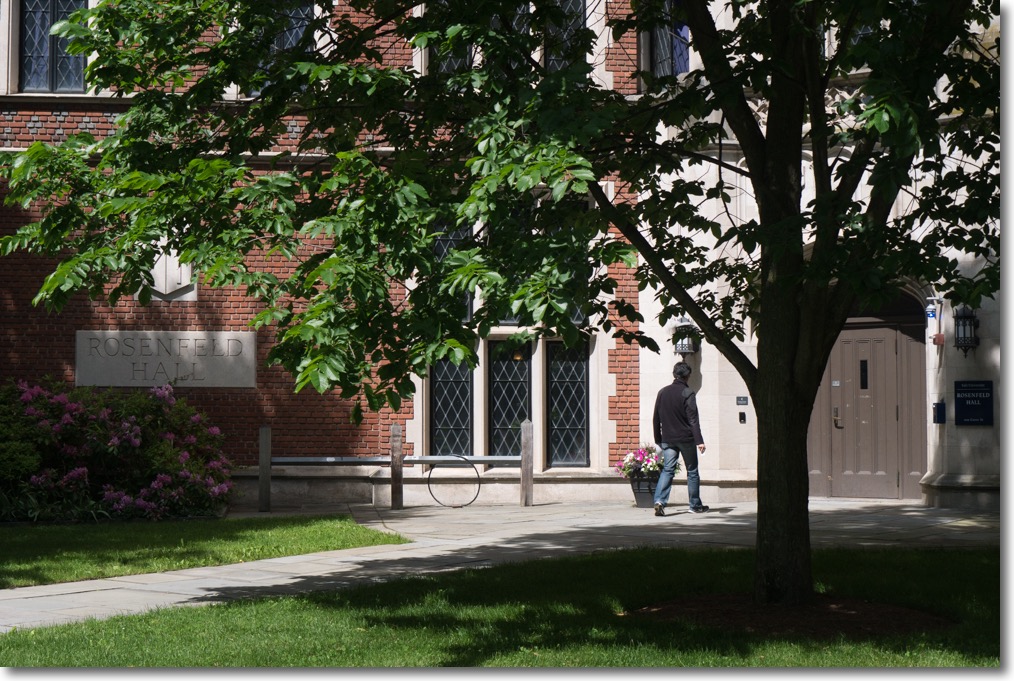
Student housing.
The Yale Art Museum:
The Museum has a superb collection, not least when it comes to Edward Hopper, five of whose best works were on display at the time of our visit.
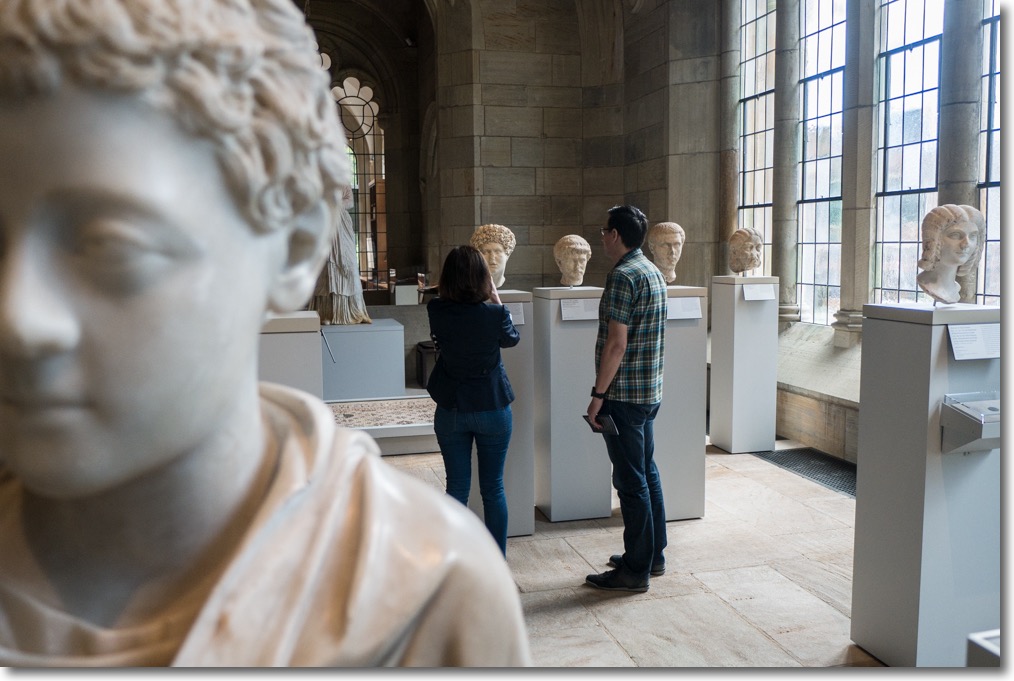
While the Peabody charged us $15, the Yale Art Museum is free.
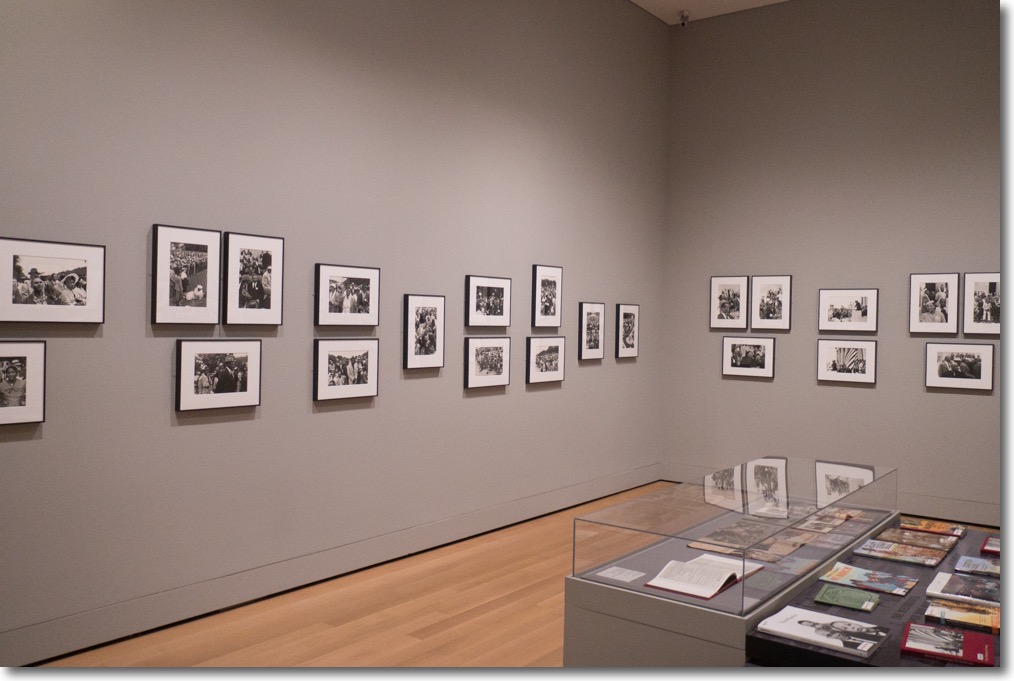
Taken in 1957 when he was just 22, Lee Friedlander did an exceptional job of documenting an early MLK freedom rally. The pictures have an extraordinary intimacy.
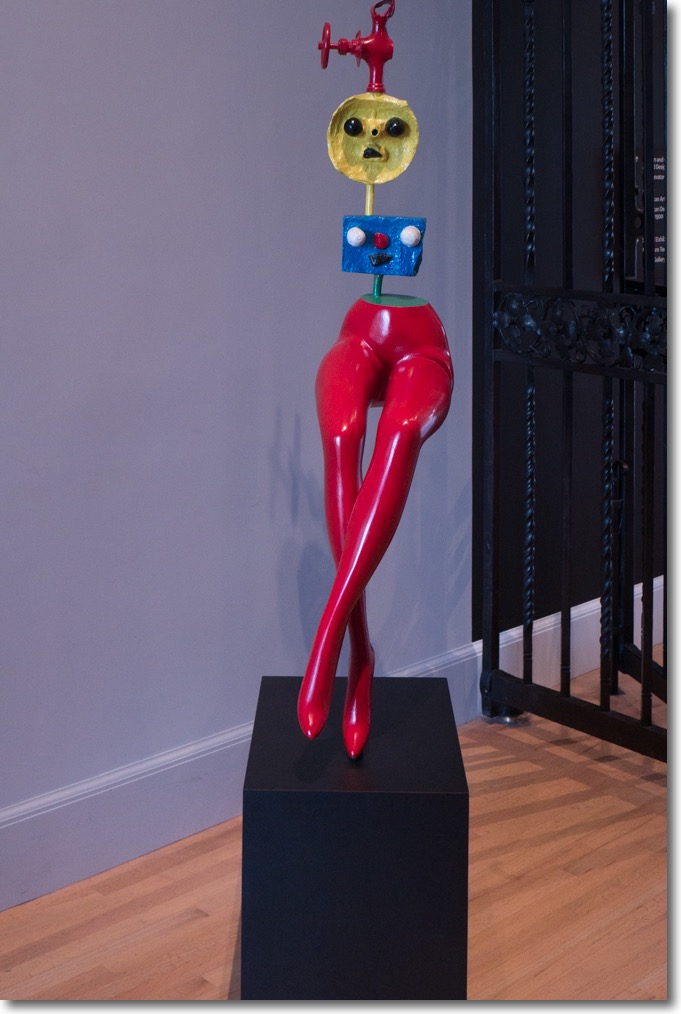
How my legs feel after dozens of miles on New England campuses.
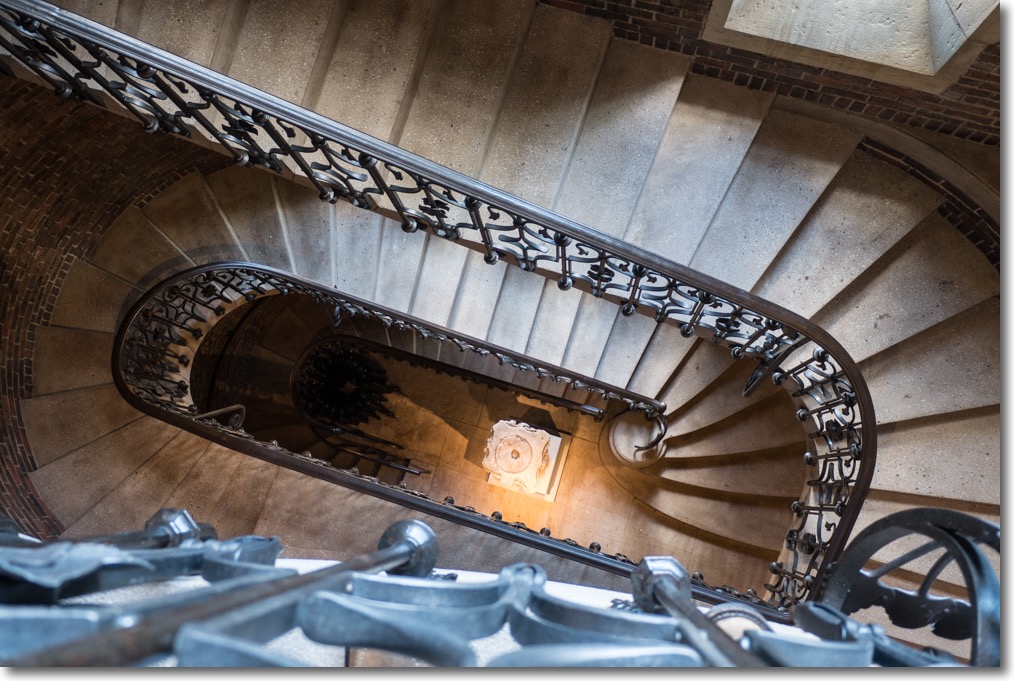
The central staircase.
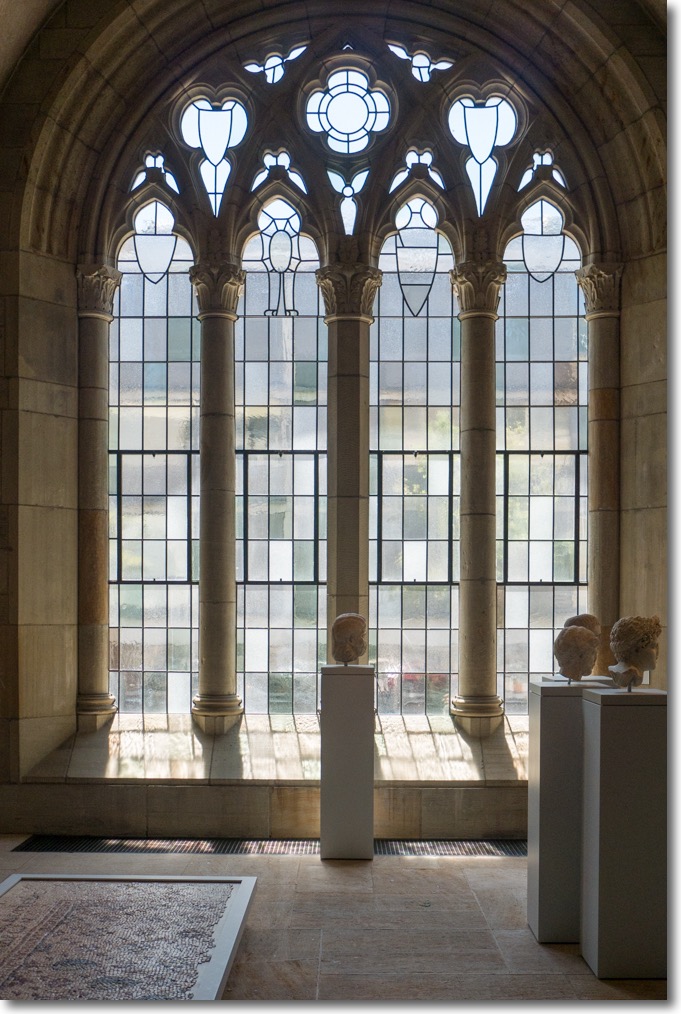
The Museum maintains the classical Gothic lines of much of the University.
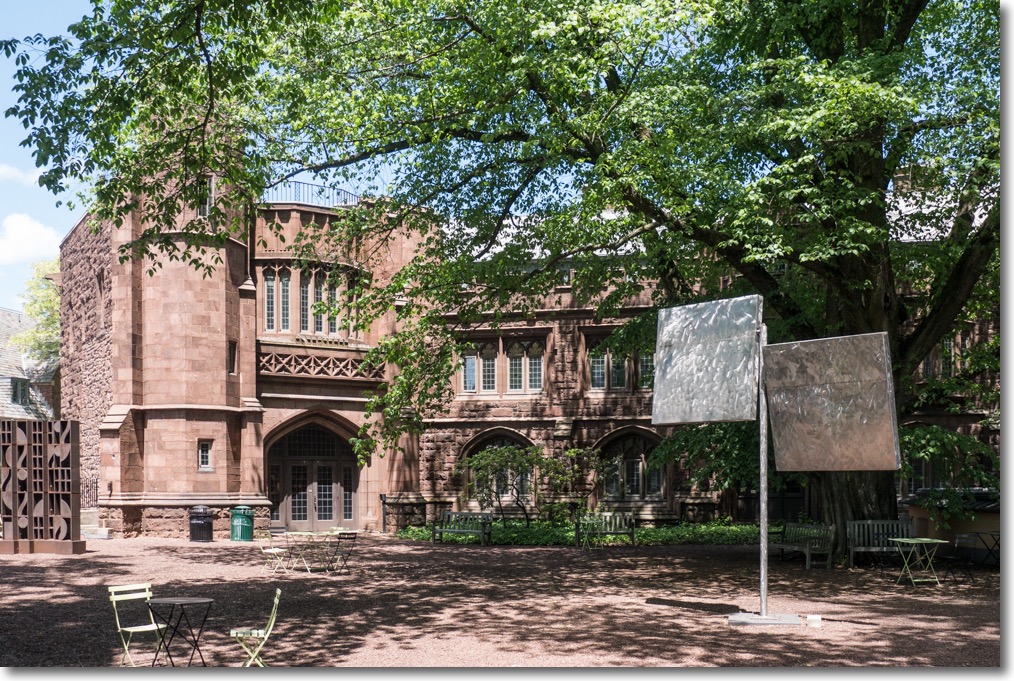
The Art Garden.
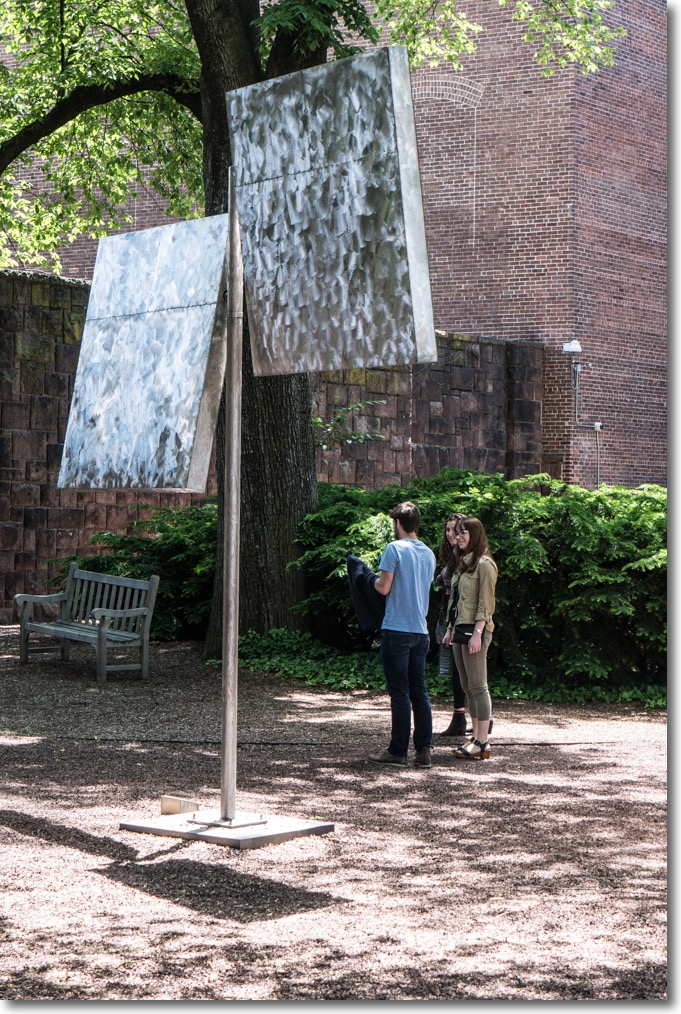

With a $25bn endowment expertly managed by Dave Swenson, Yale can afford to splash out on the floral side of things.
In addition to five US Presidents both good and awful (mostly awful), Yale alumni include Meryl Streep, the great public servant John Kerry, Anderson Cooper, Cole Porter, Jodie Foster, Janet Yellen, Edward J. Norton, Sigourney Weaver, that great debunker of morons Paul Krugman, Paul A. Giamatti, Paul Newman, Sinclair Lewis, Thornton Wilder, Elia Kazan, George Roy Hill, Oliver Stone, Brian Dennehy, Sam Waterston, Sam Wagstaff, Charles Ives, Richard Serra, William Boeing, Indra Nooyi, Murray Gell-Mann, Benoit Mandelbrot, Frank Shorter, Sargent Shriver, Eero Saarinen, Benjamin Spock, Maya Lin and Eli Whitney. Stated differently, find a bunch of successful people in any discipline and a disproportionate number will be Yale grads.
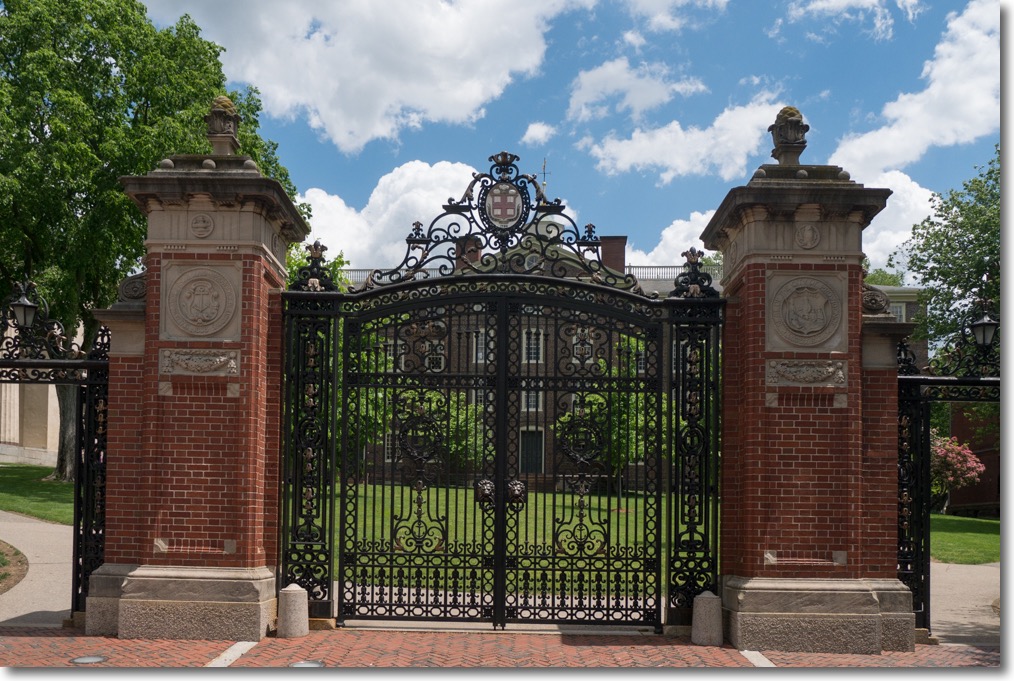
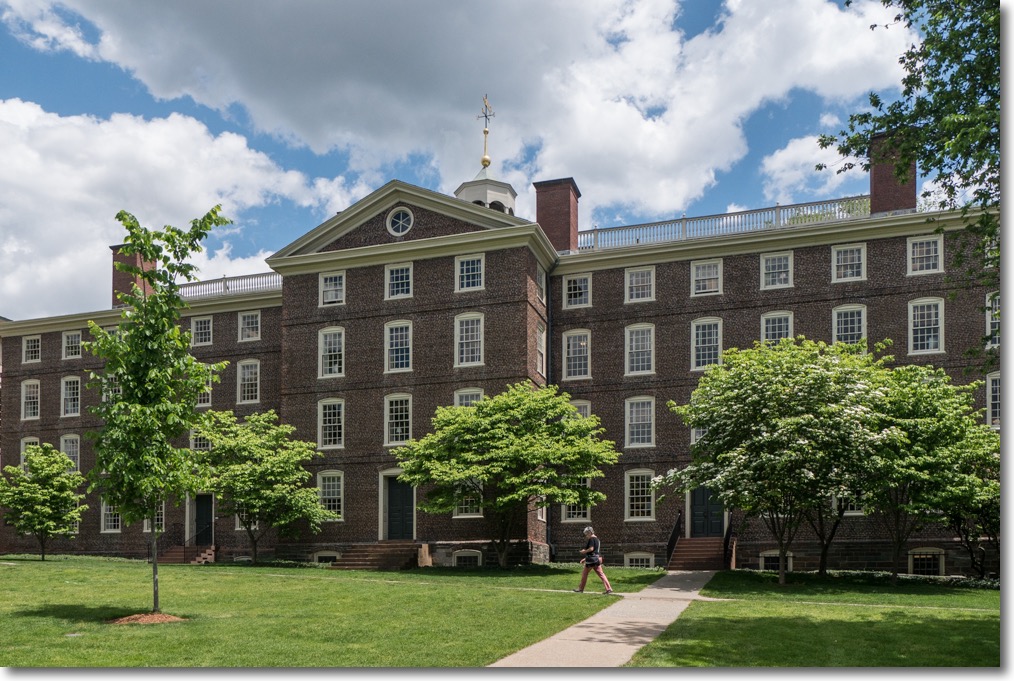
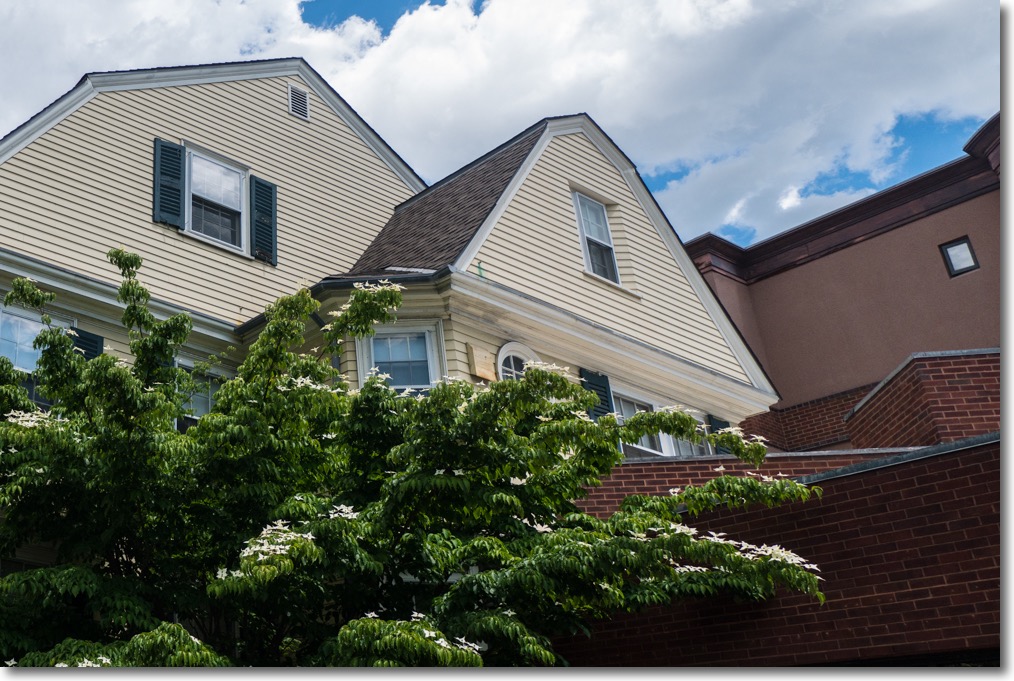
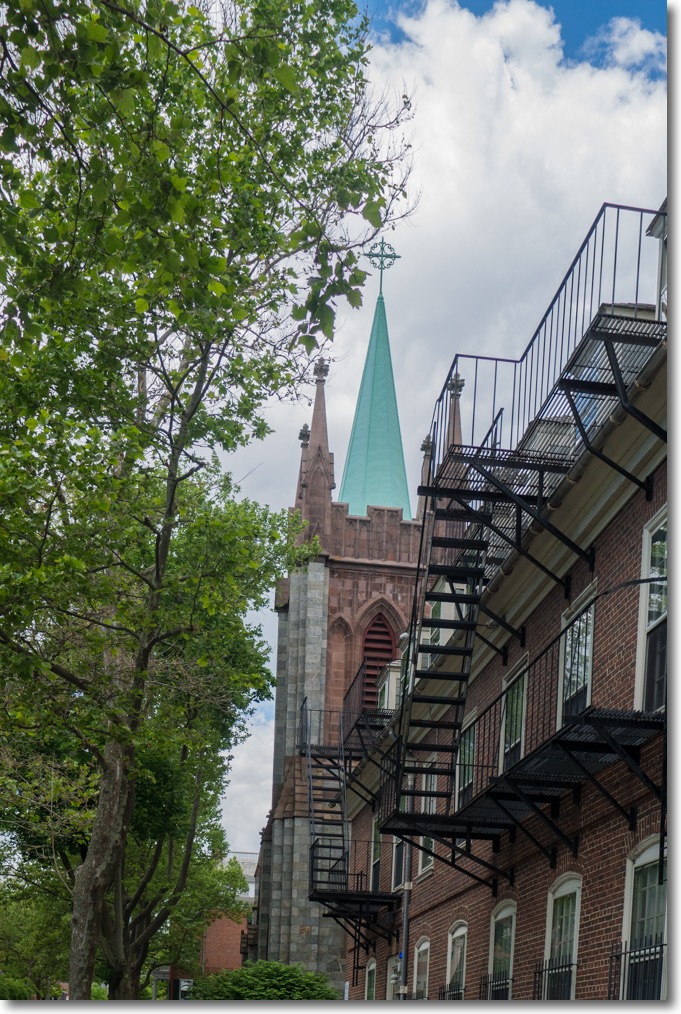
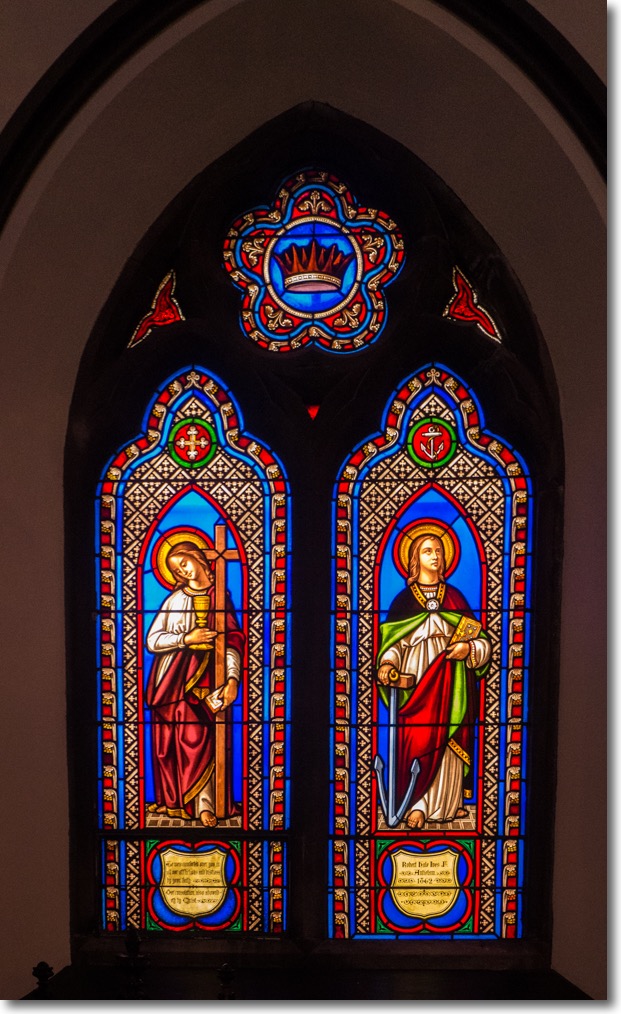
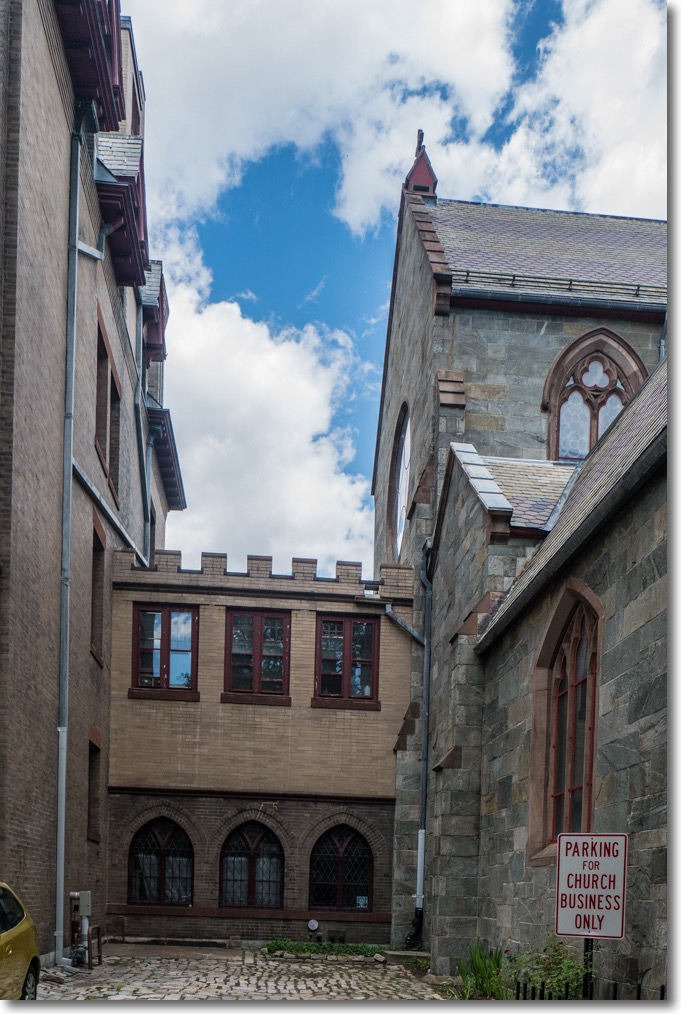
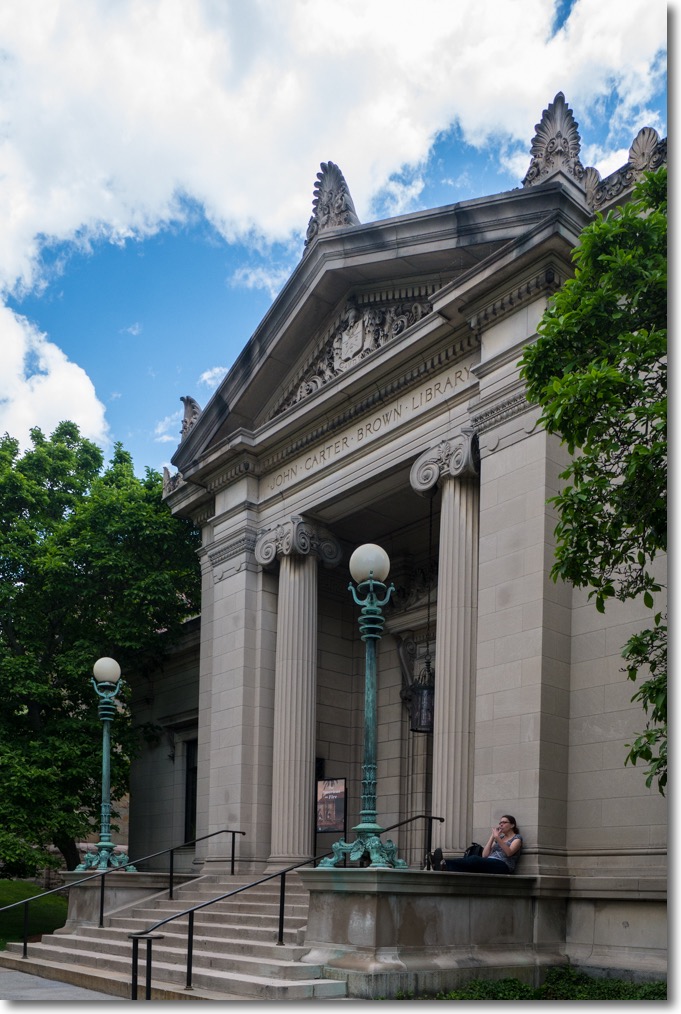
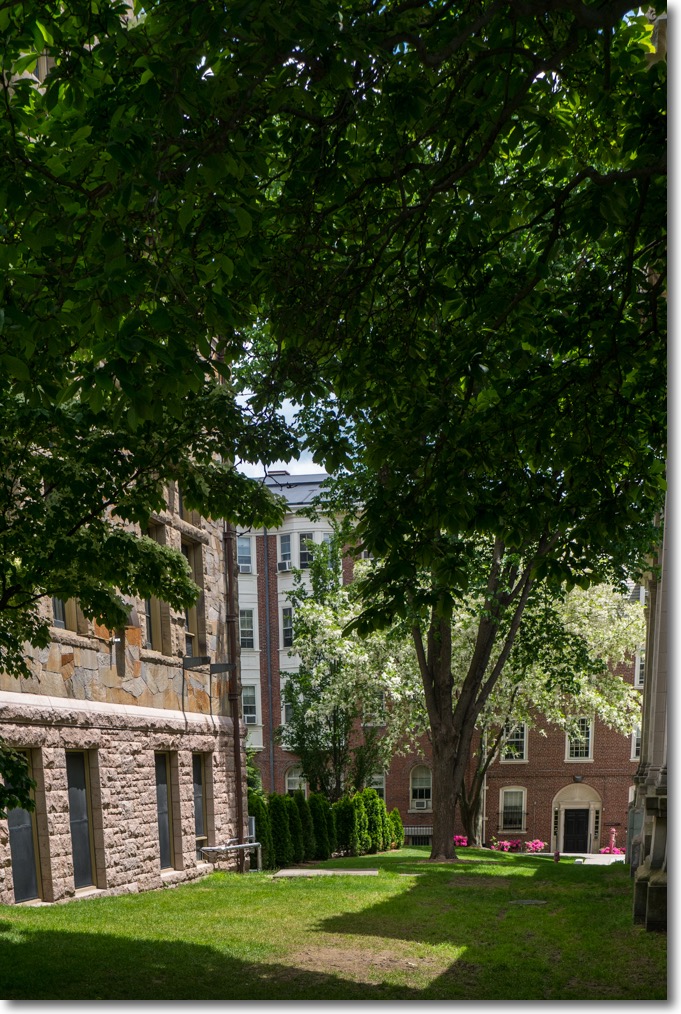
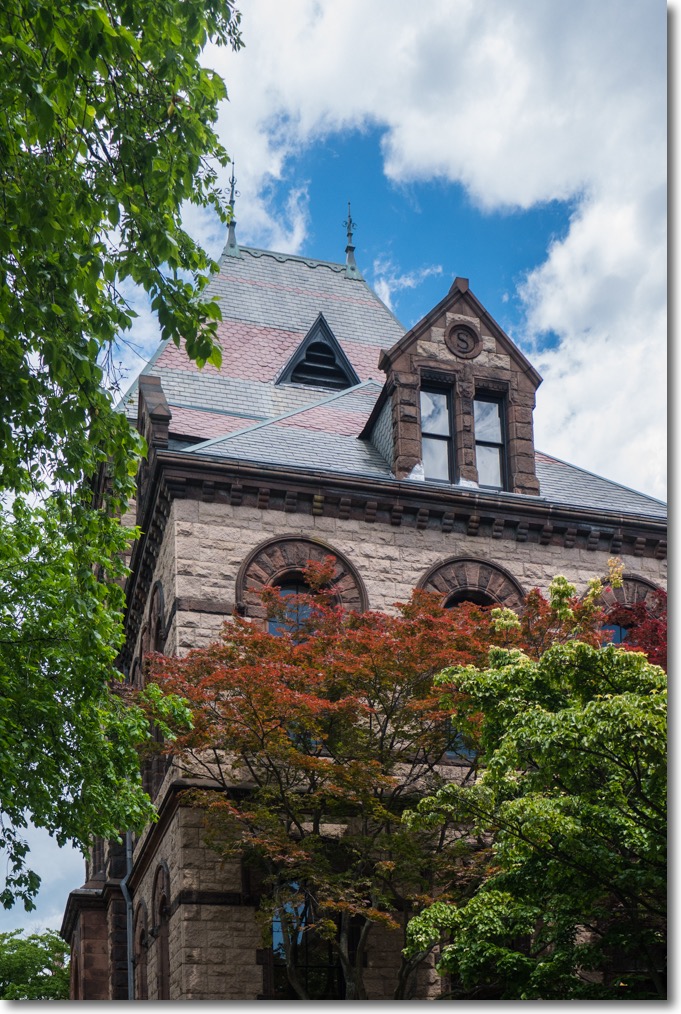
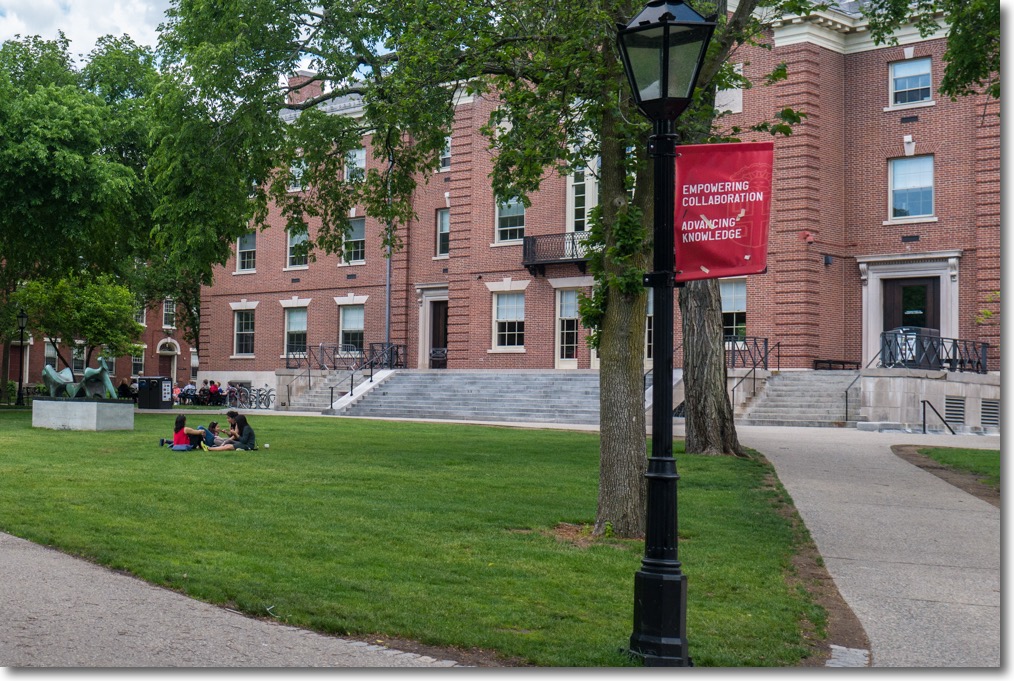
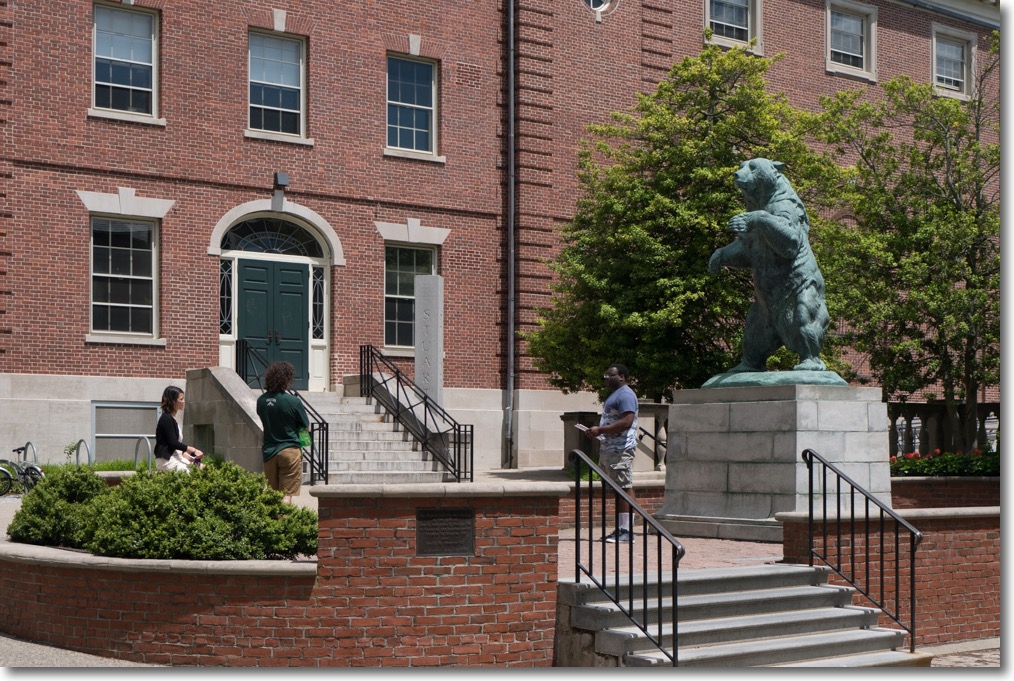
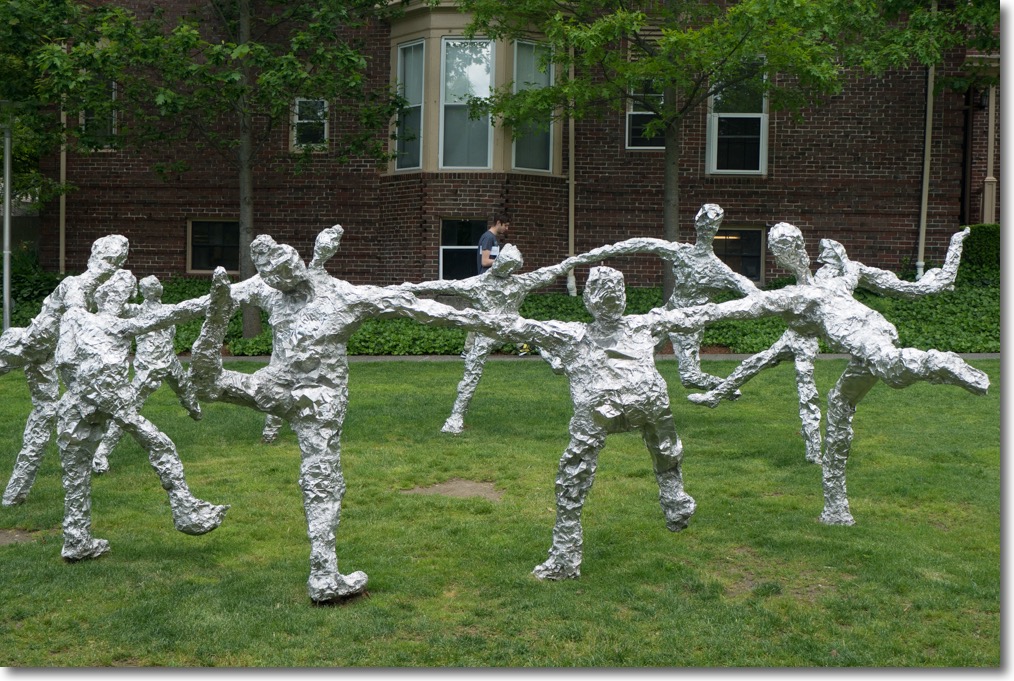
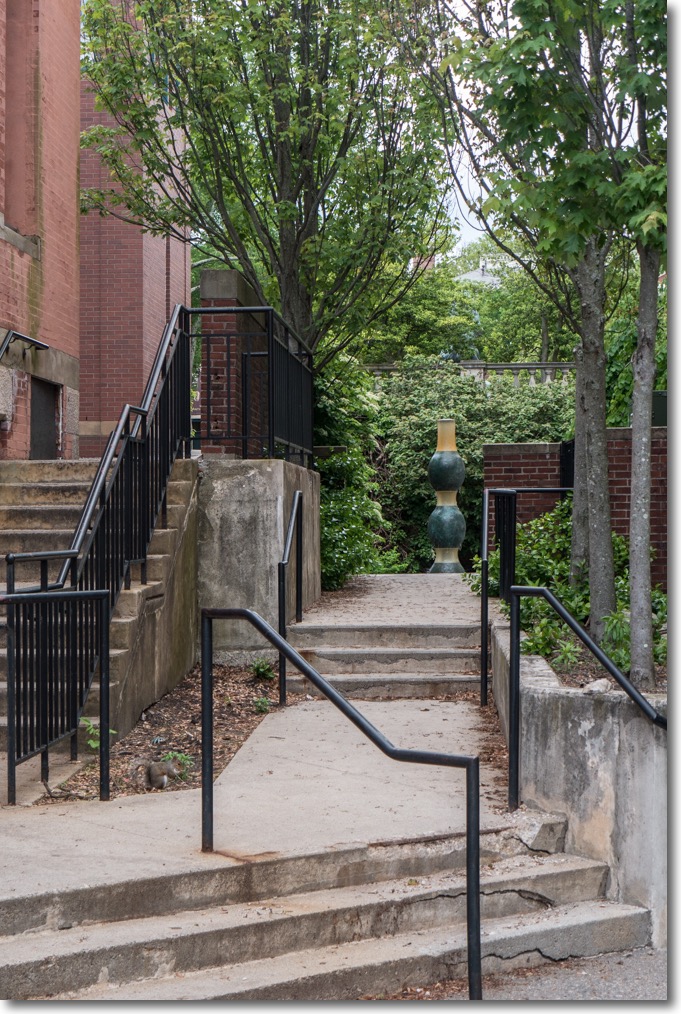
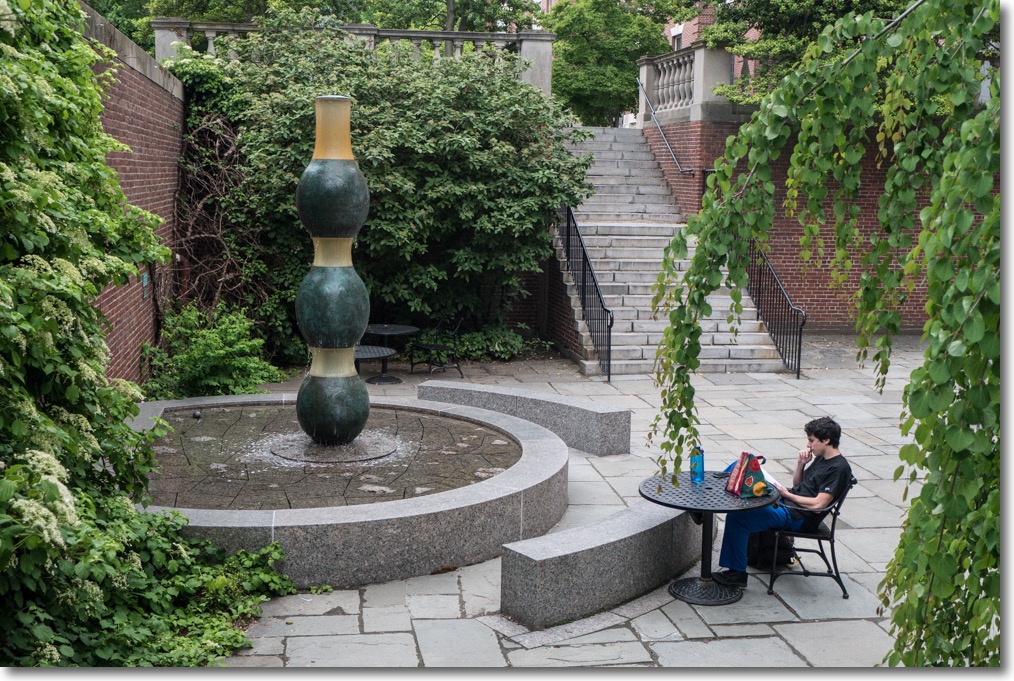
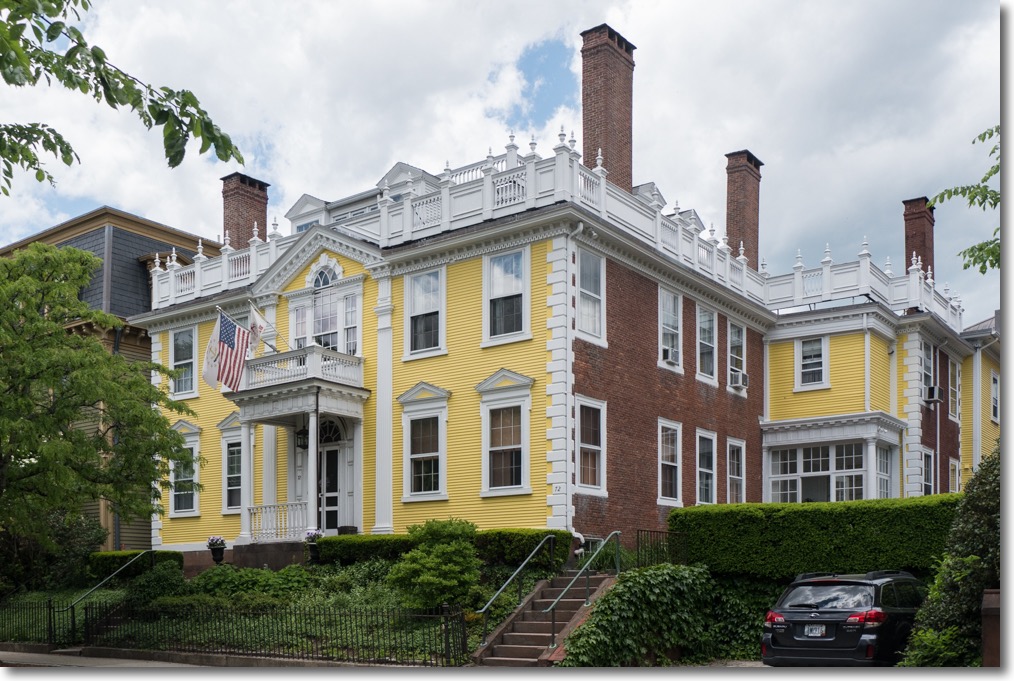
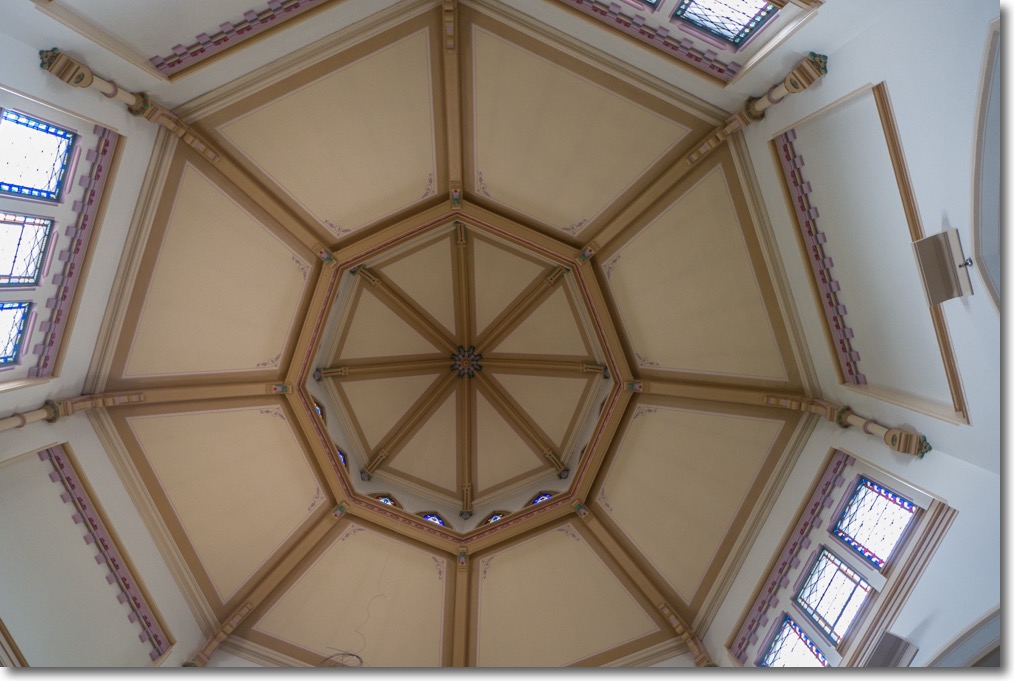
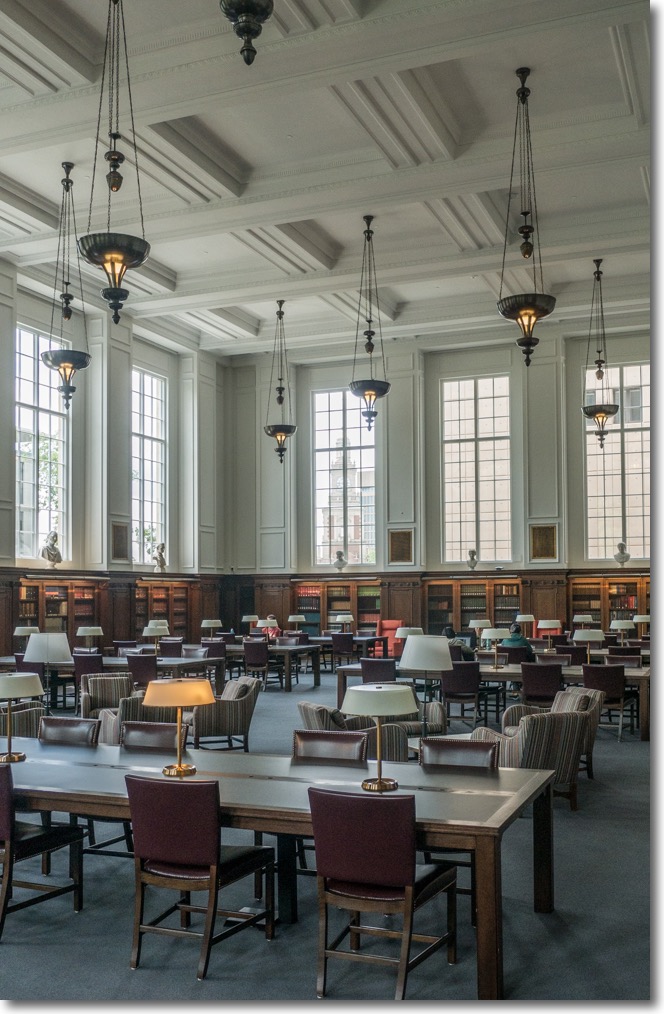
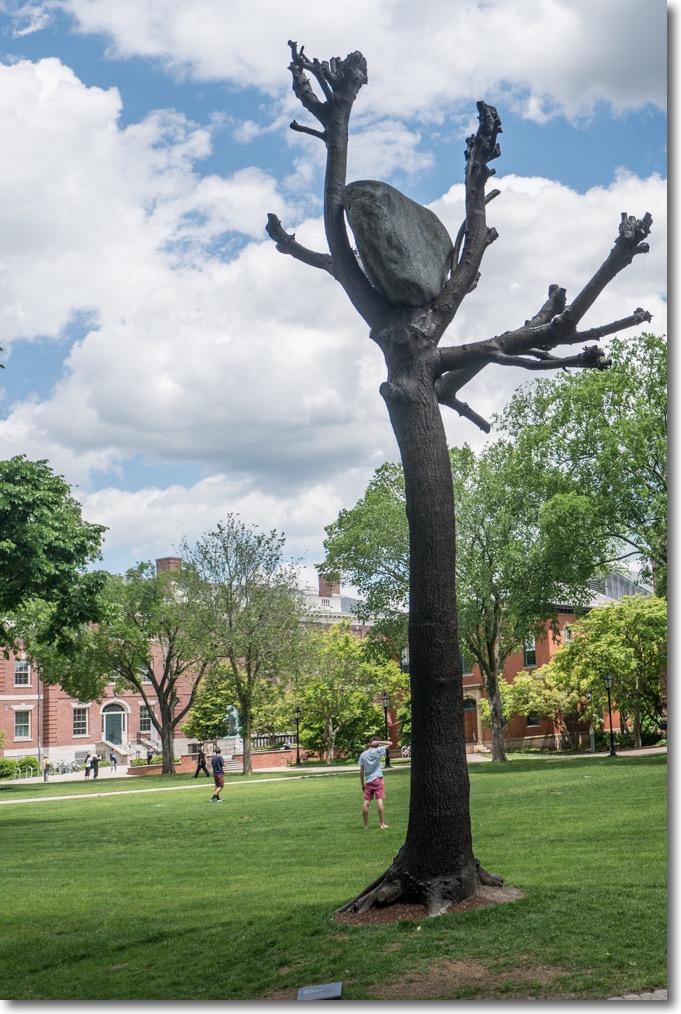
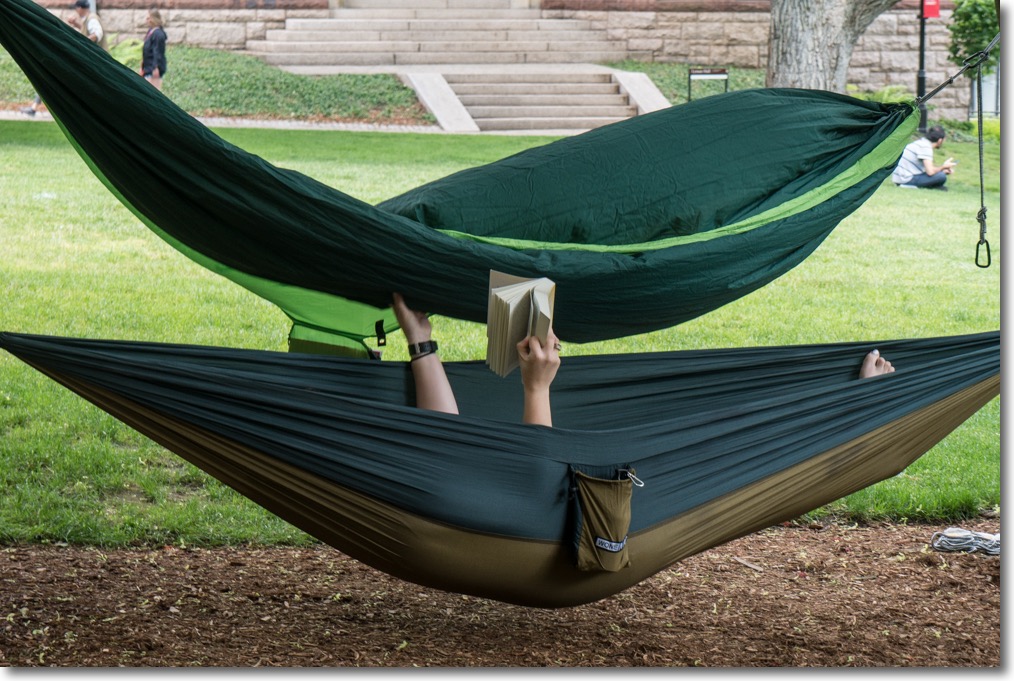
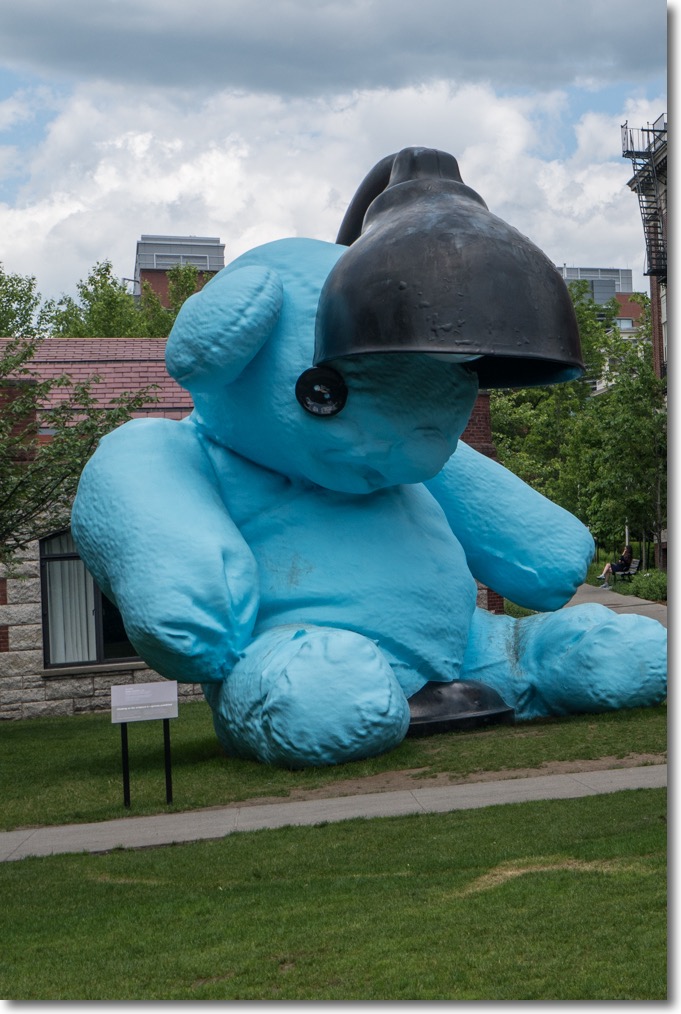
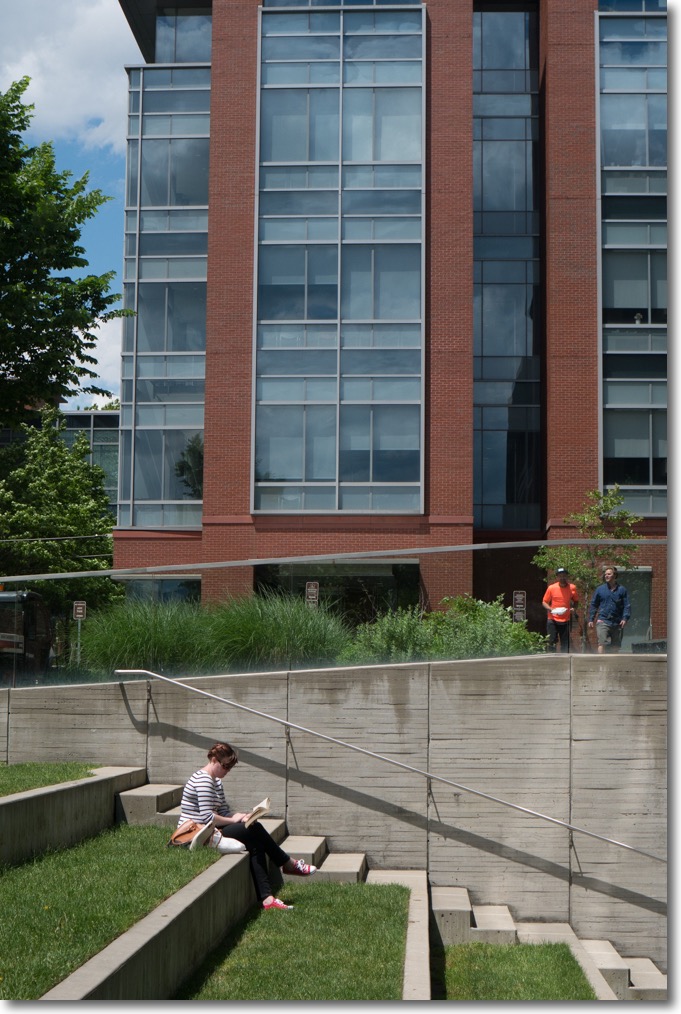
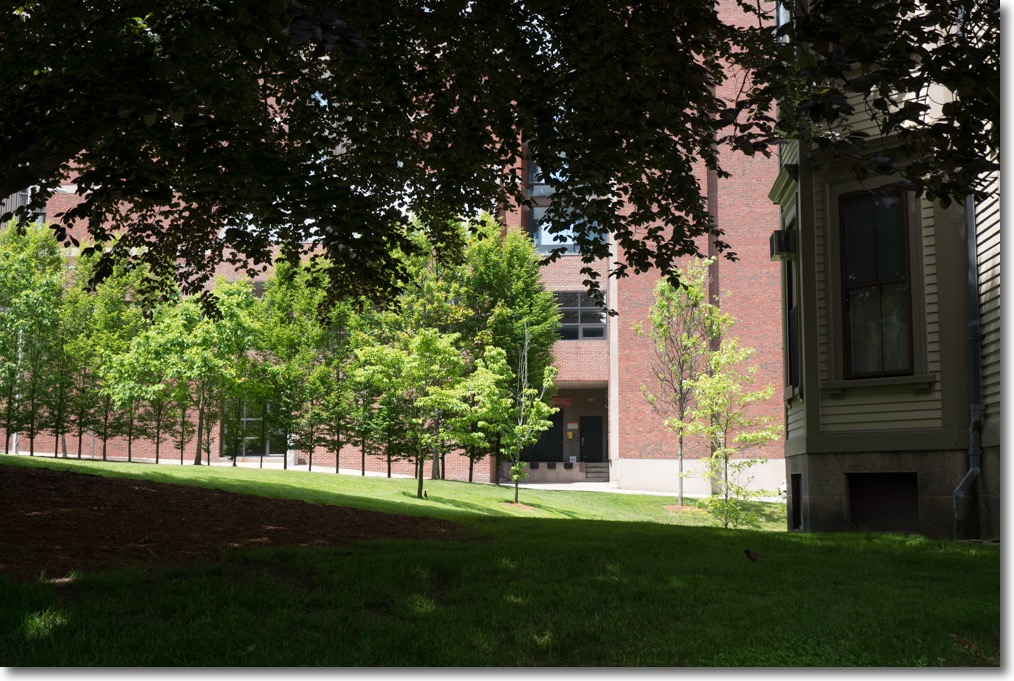
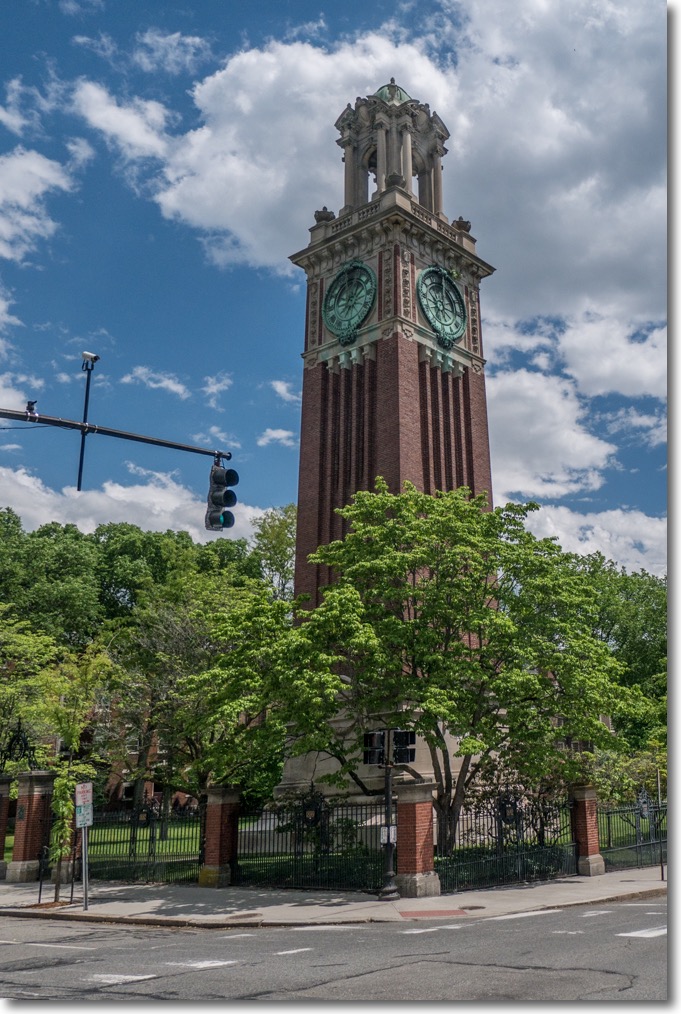
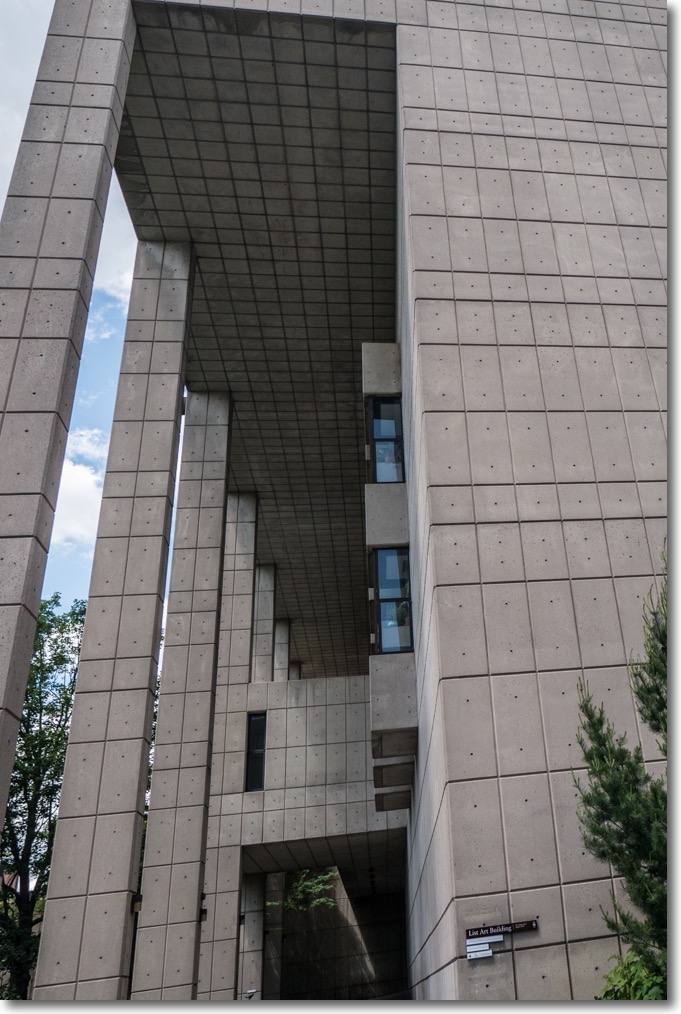
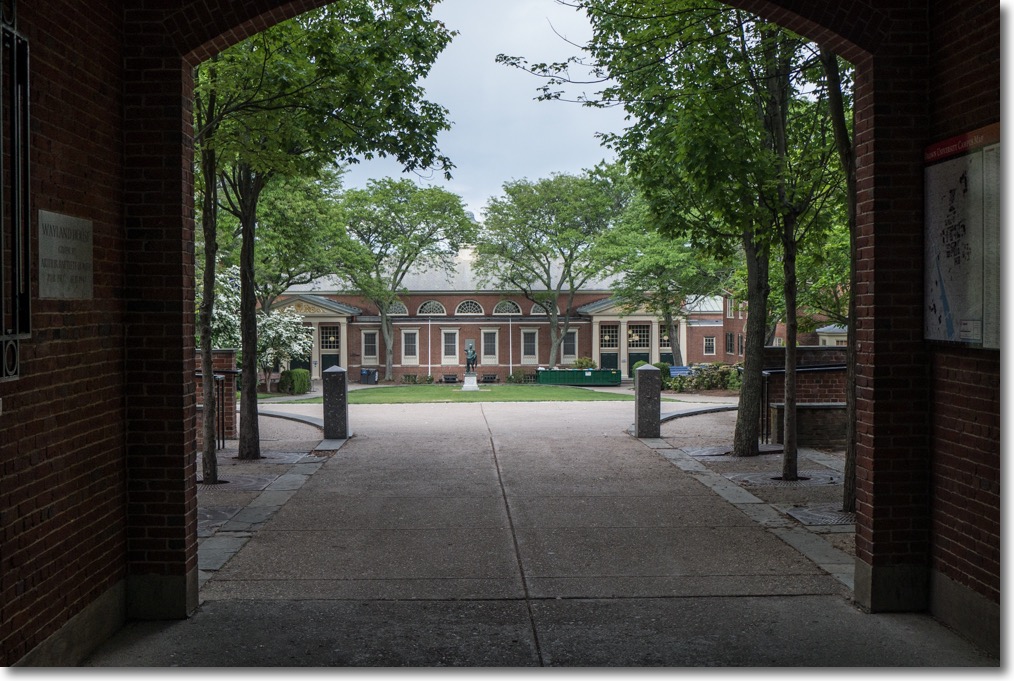
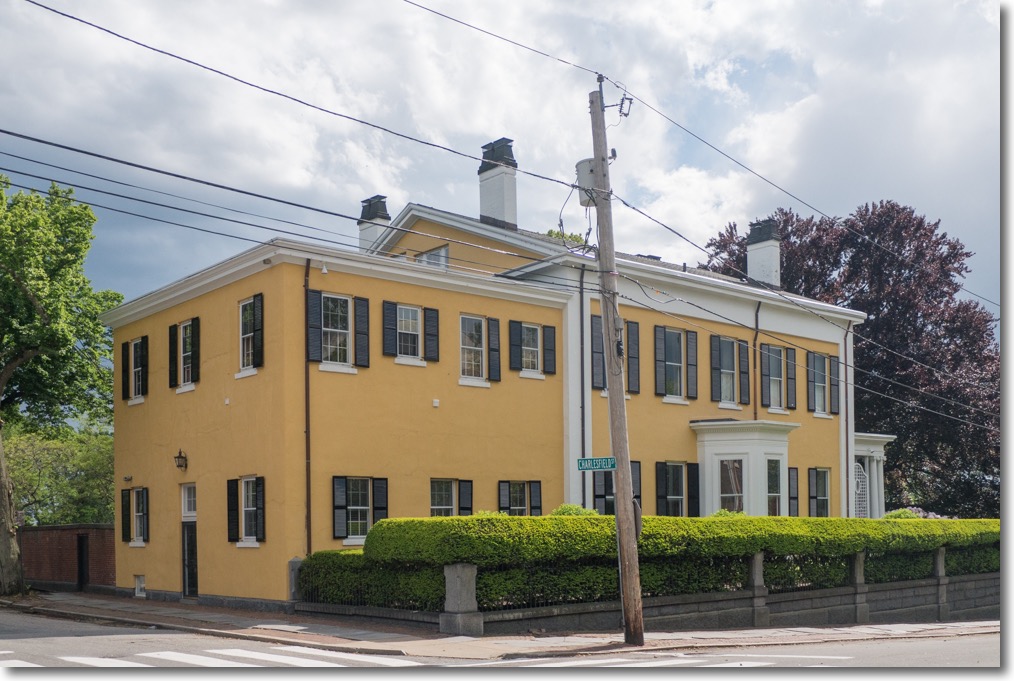
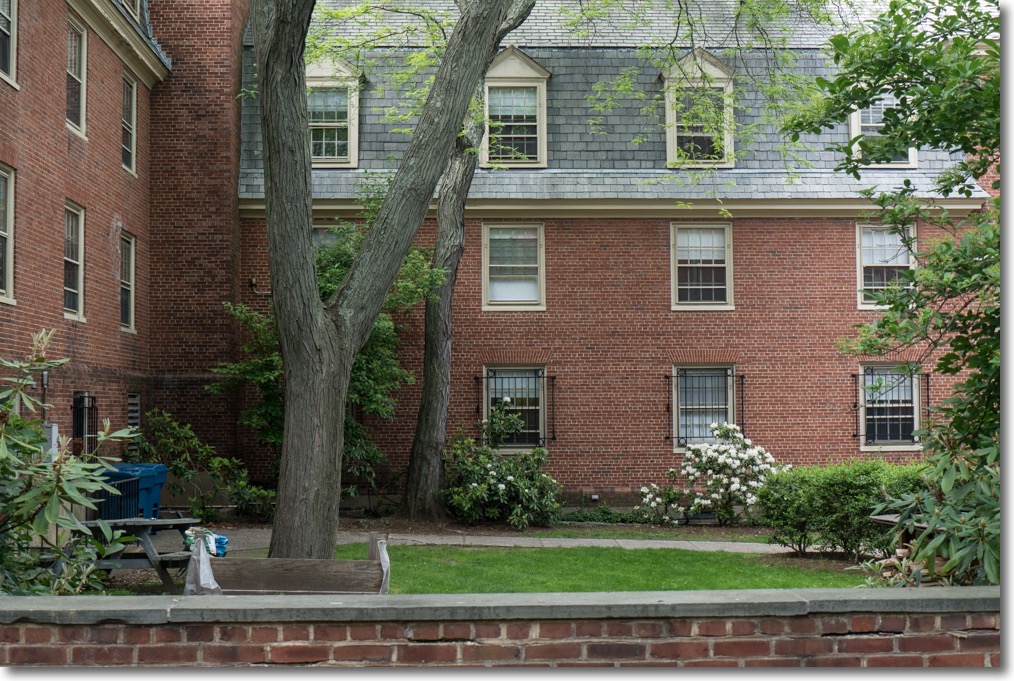
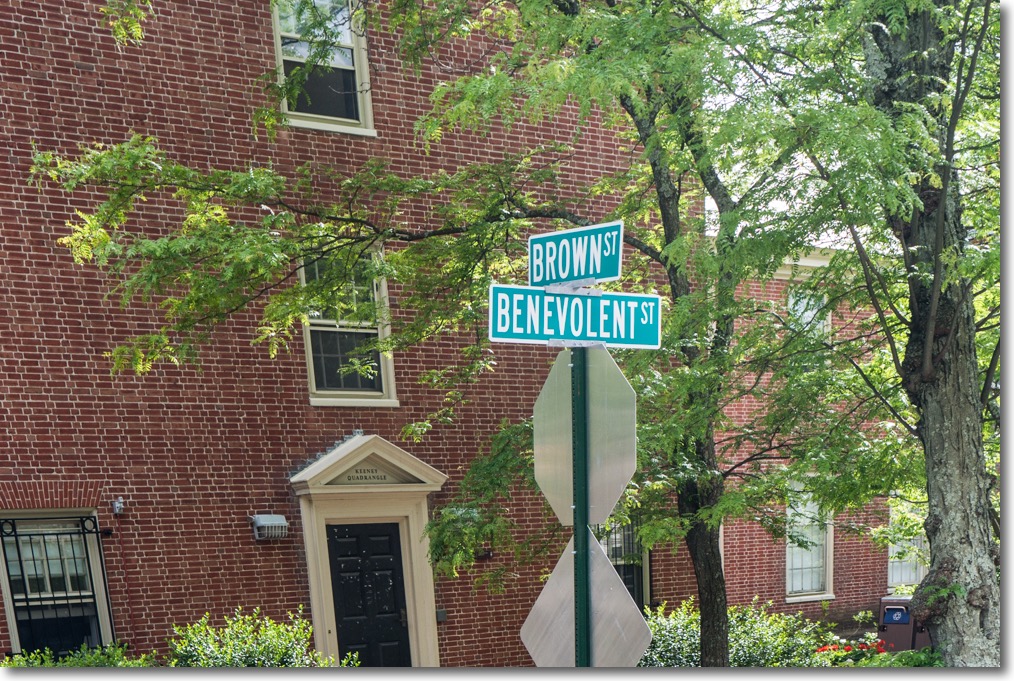
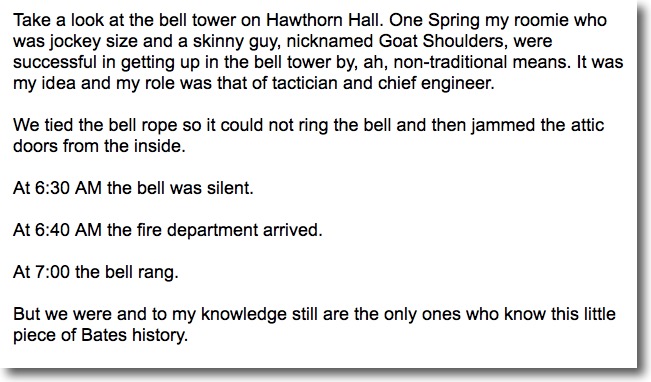
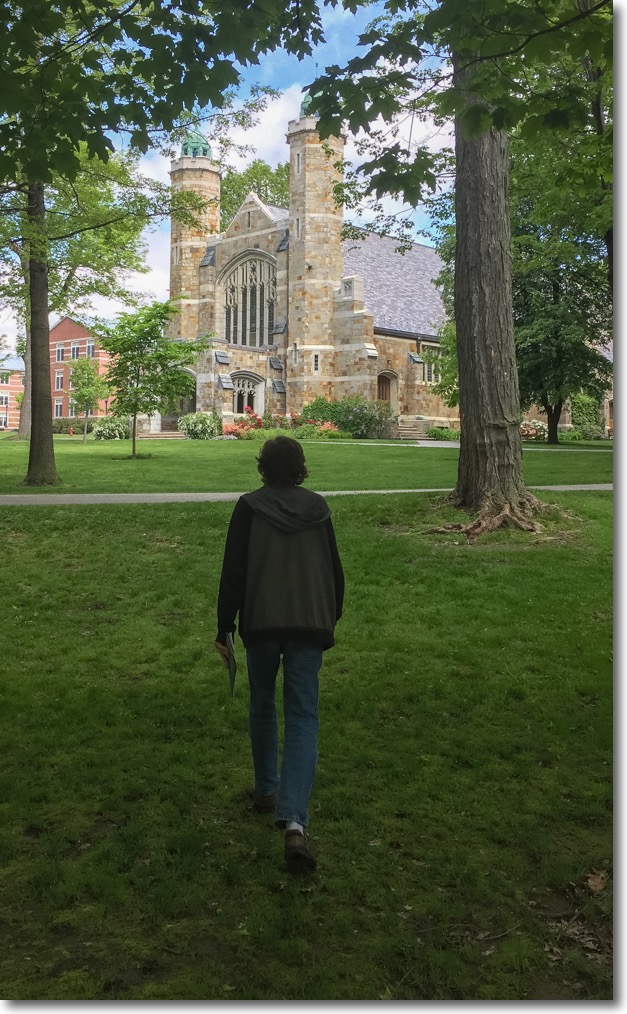
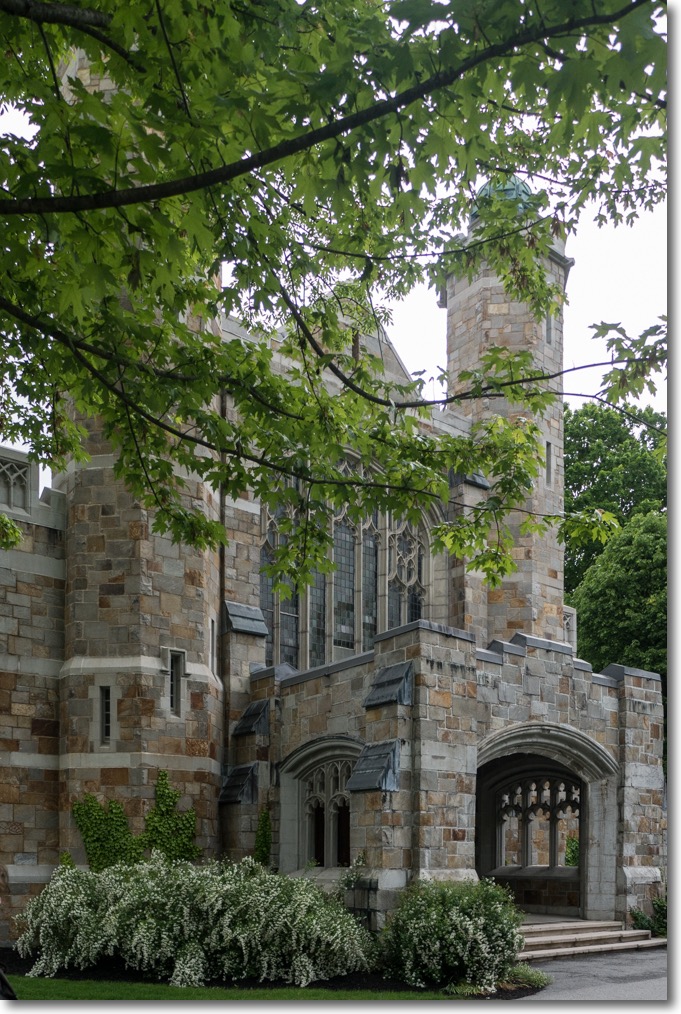
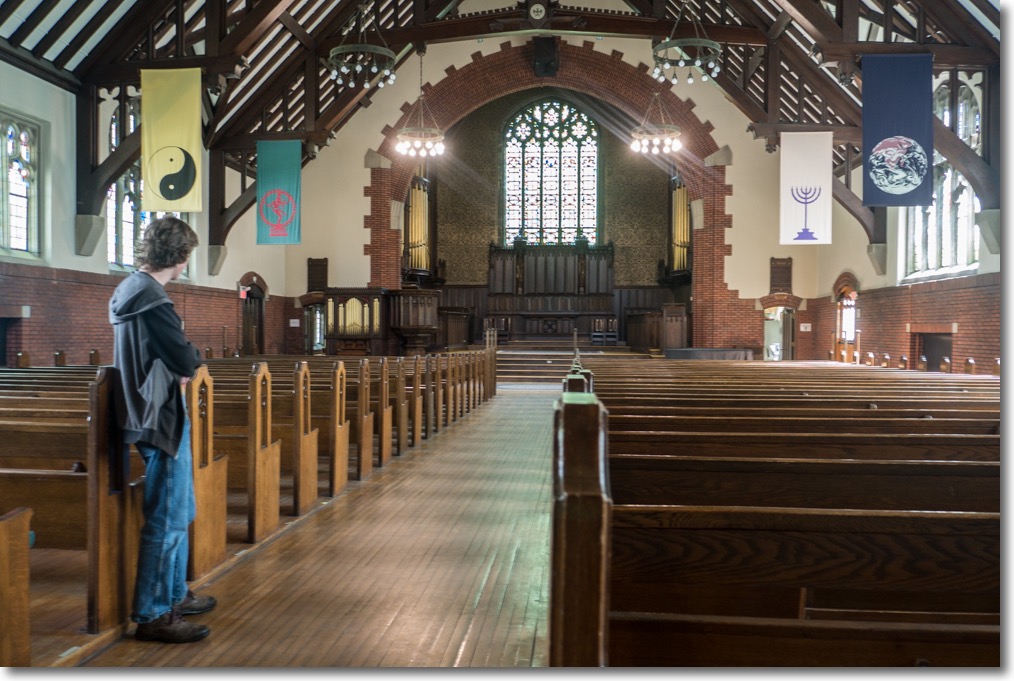 Inside the Chapel.
Inside the Chapel.